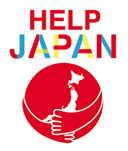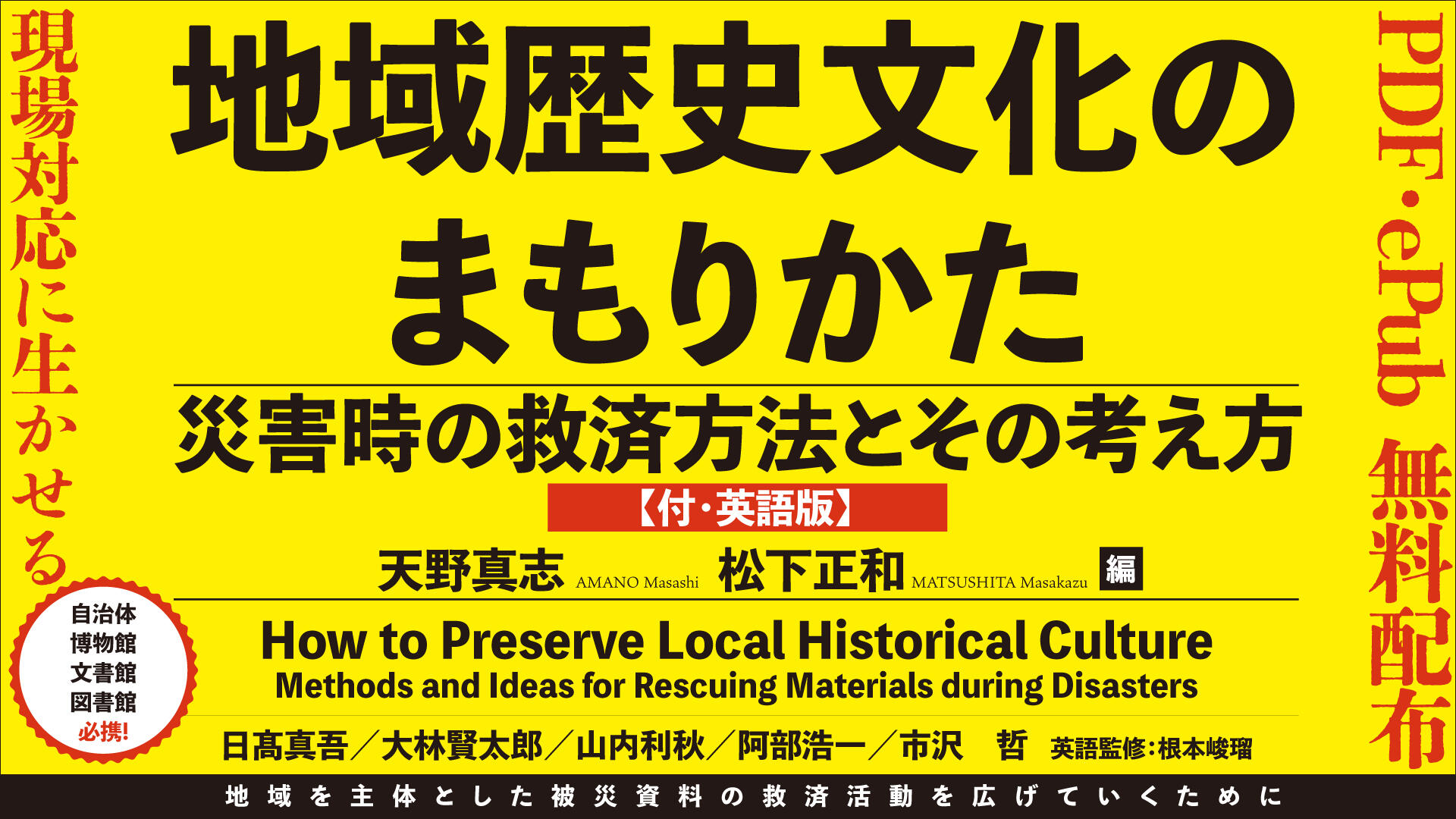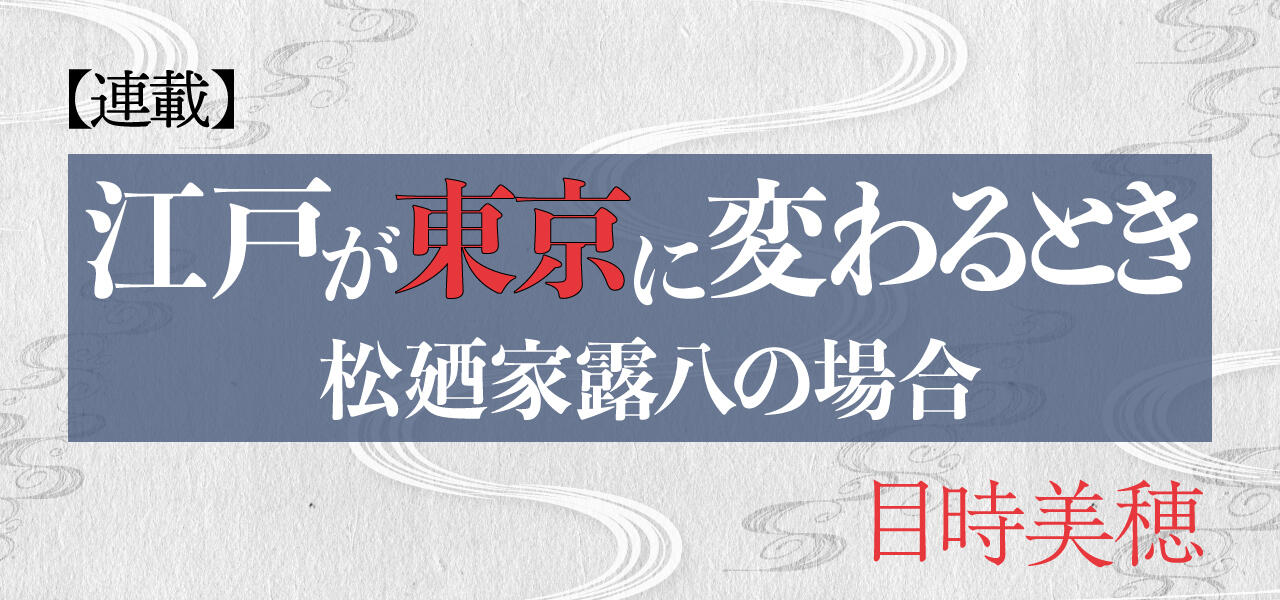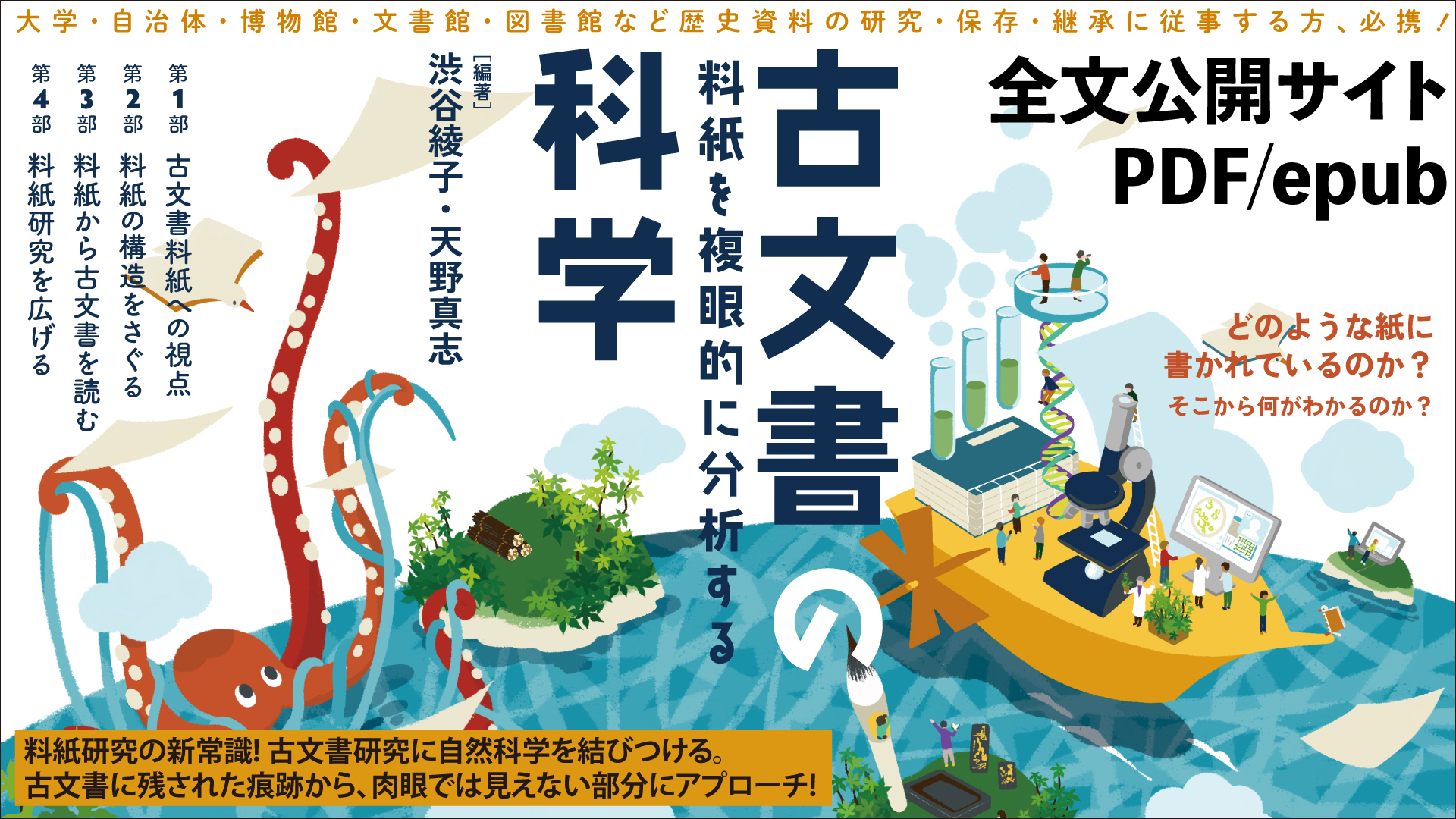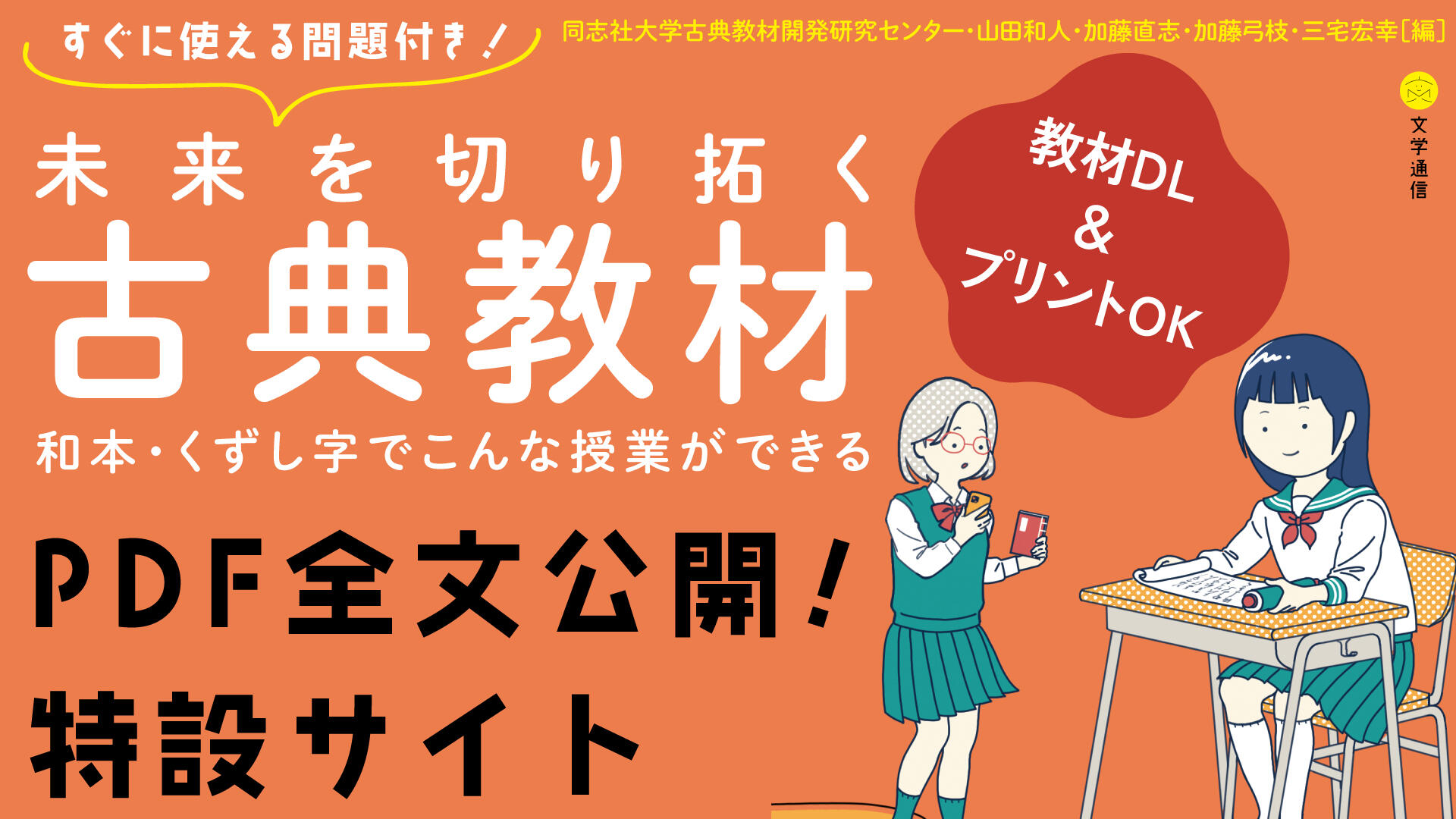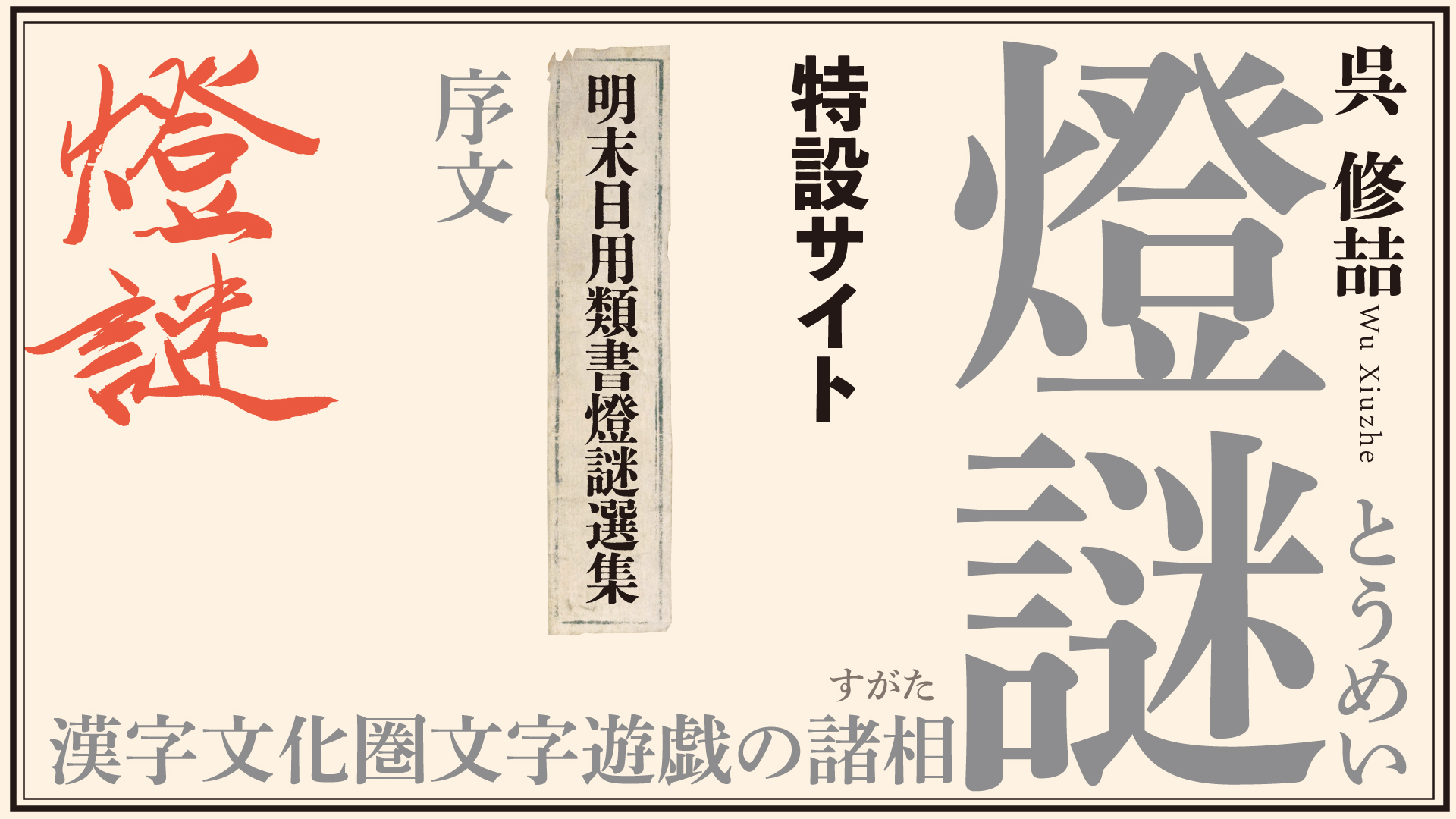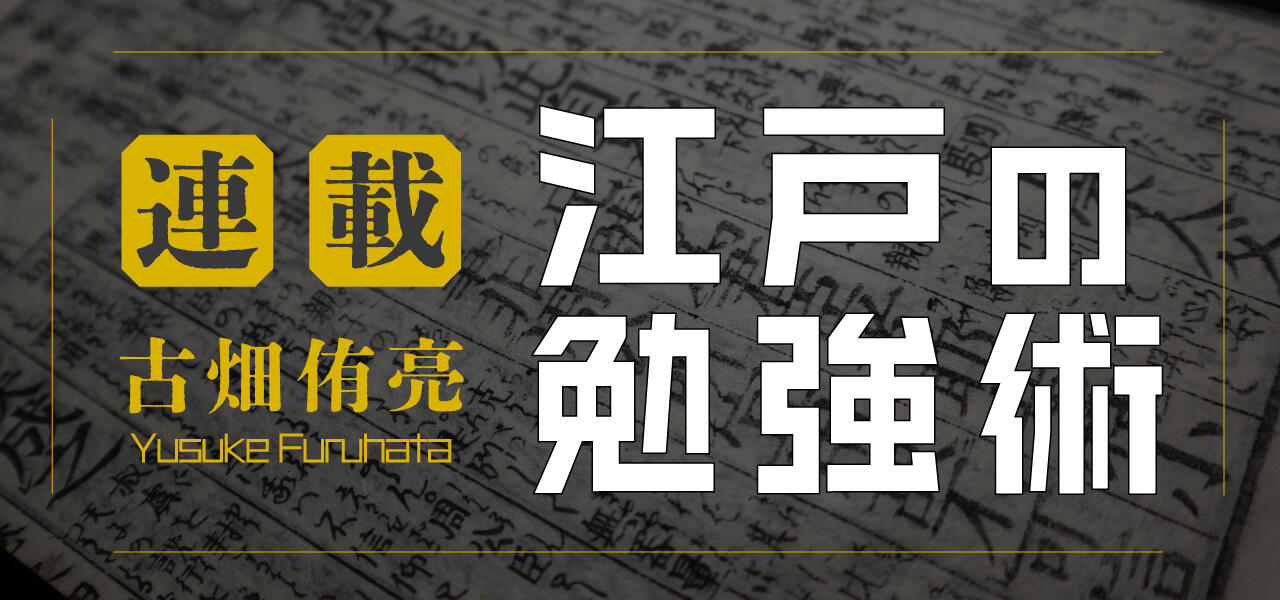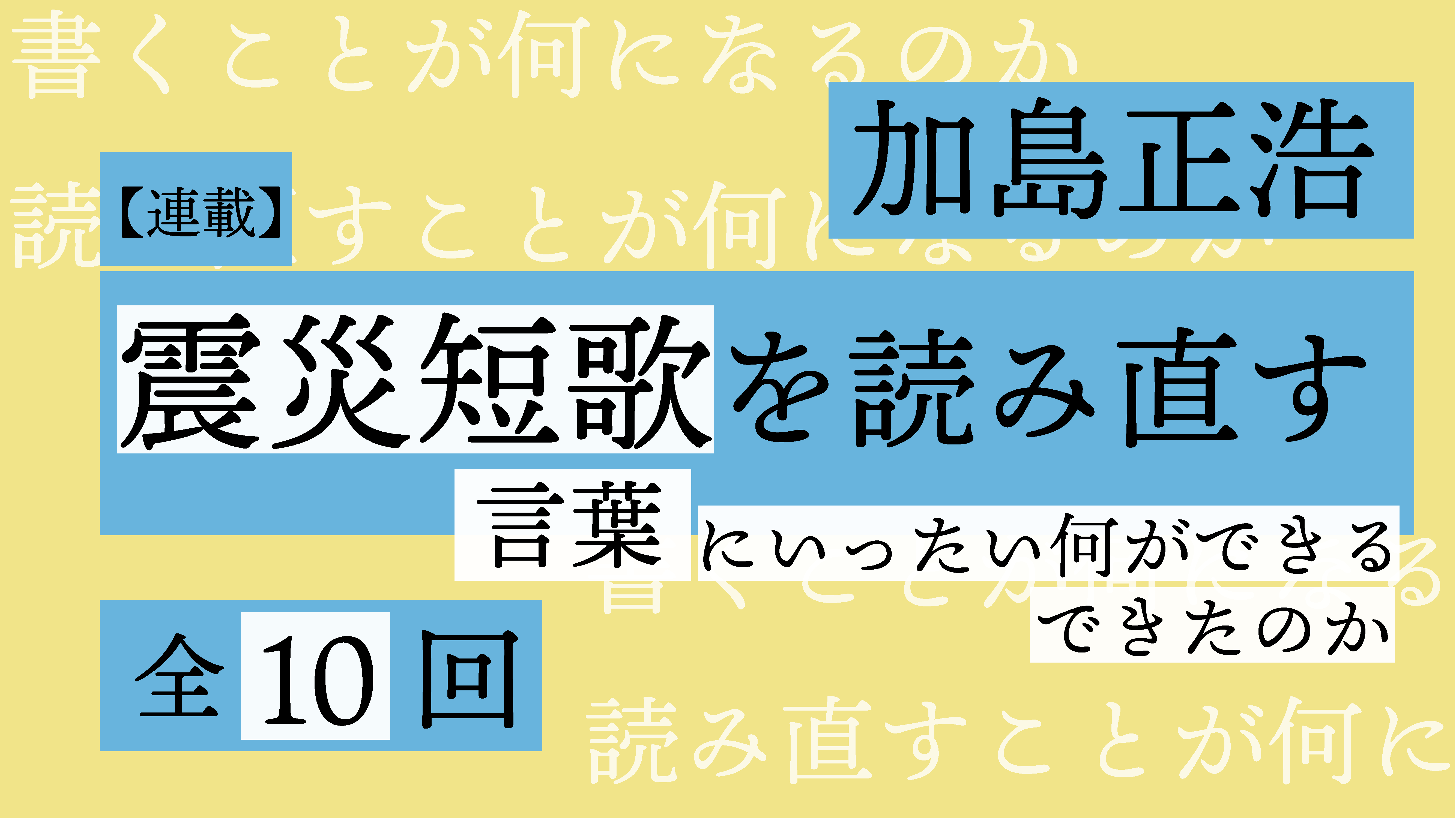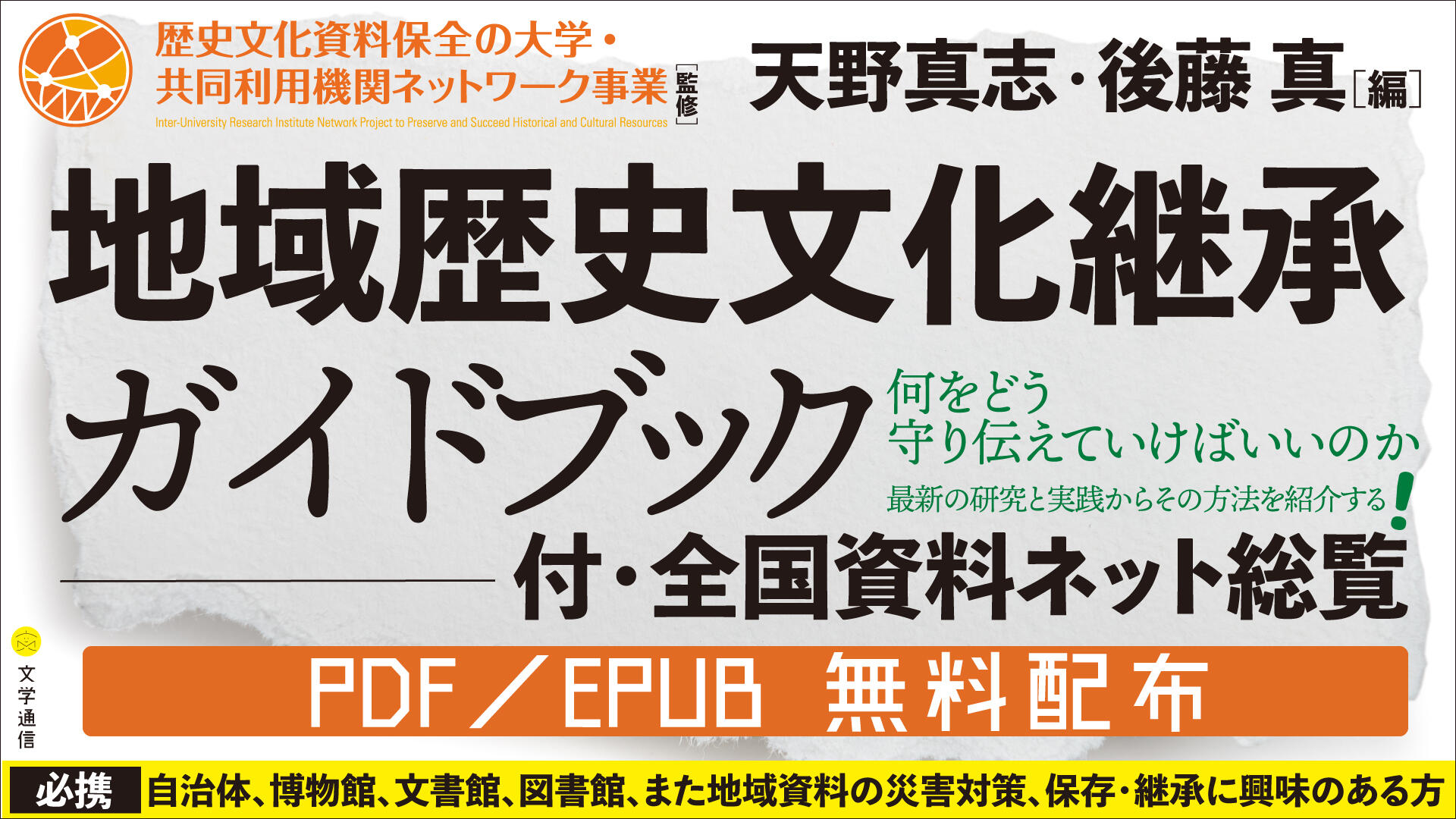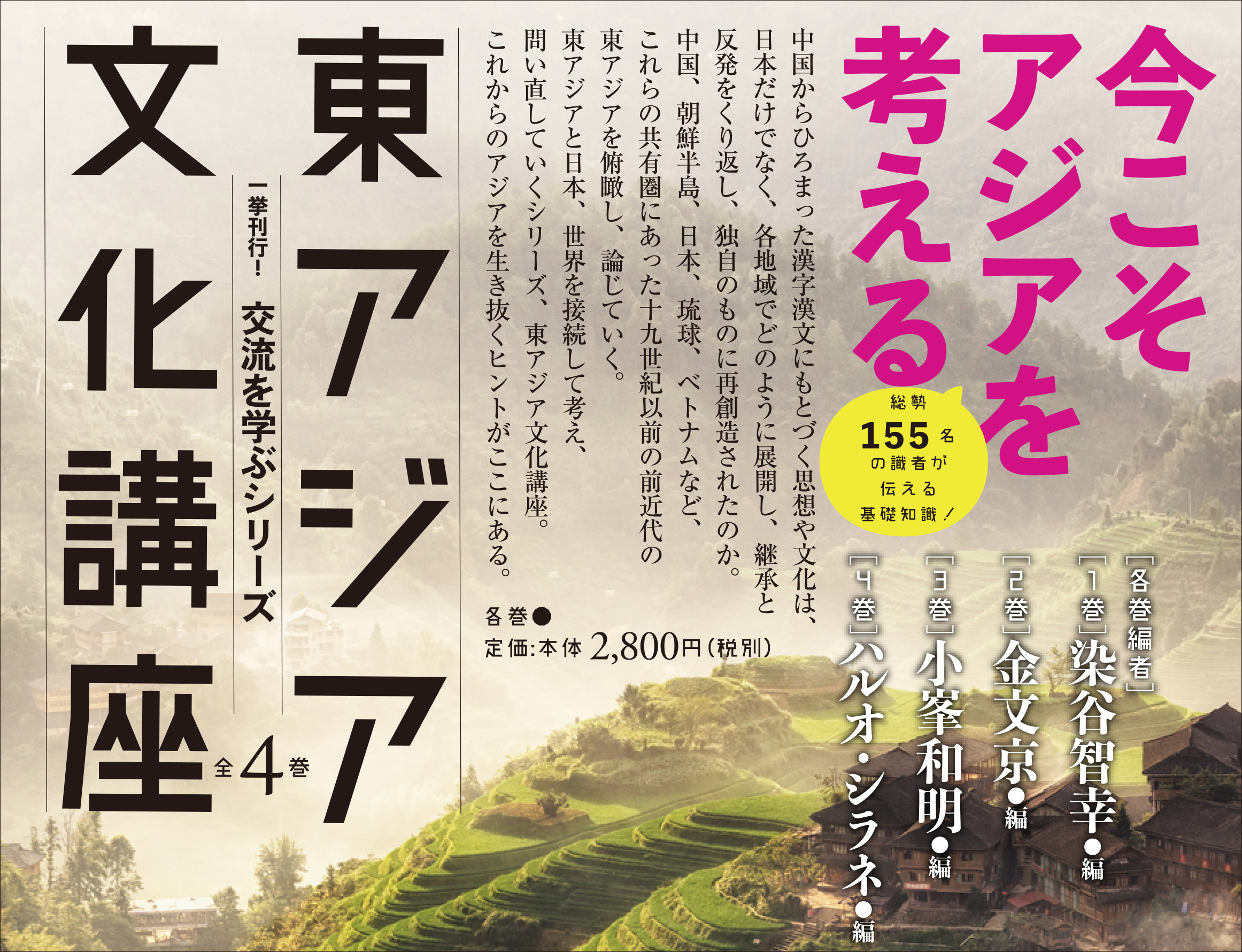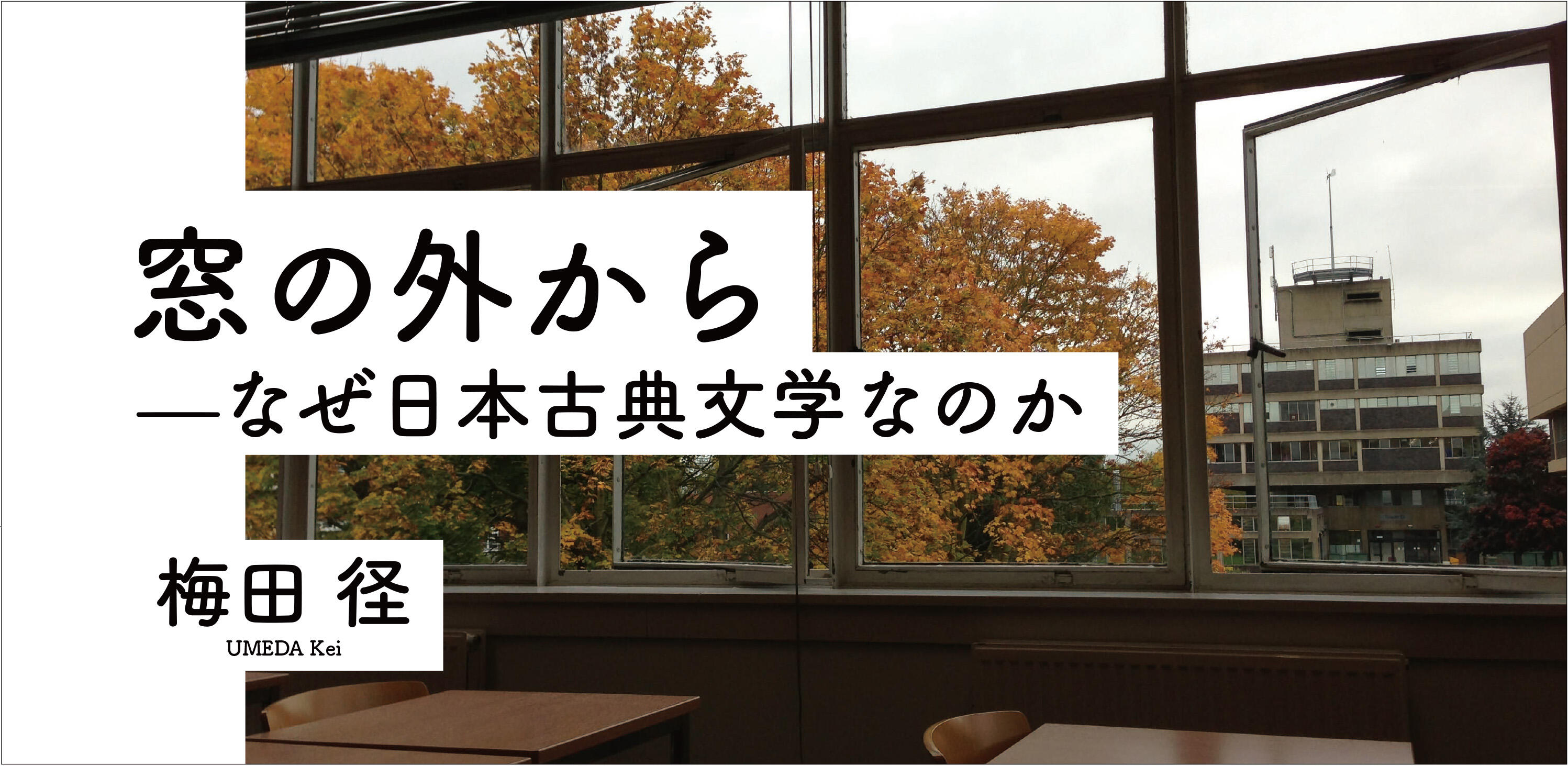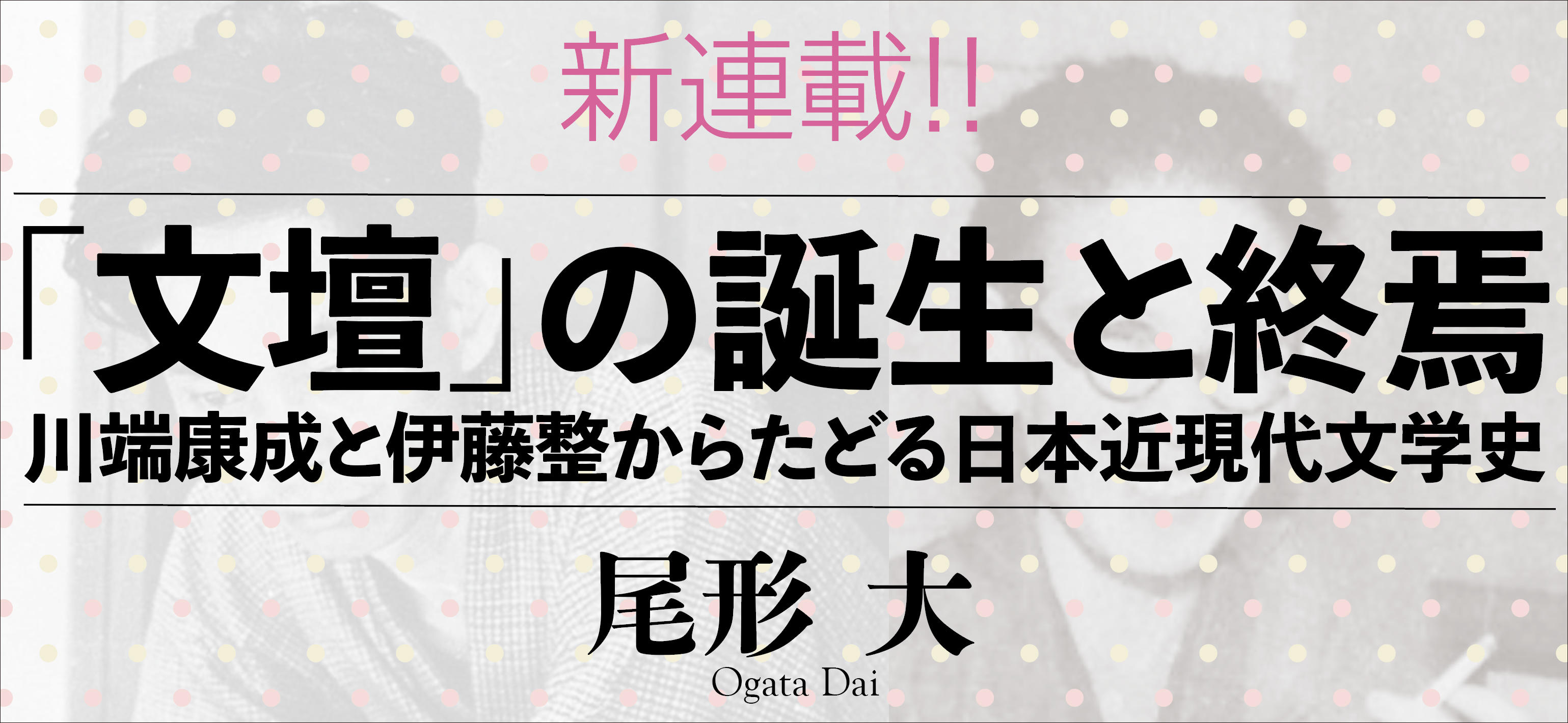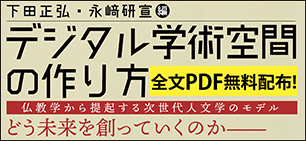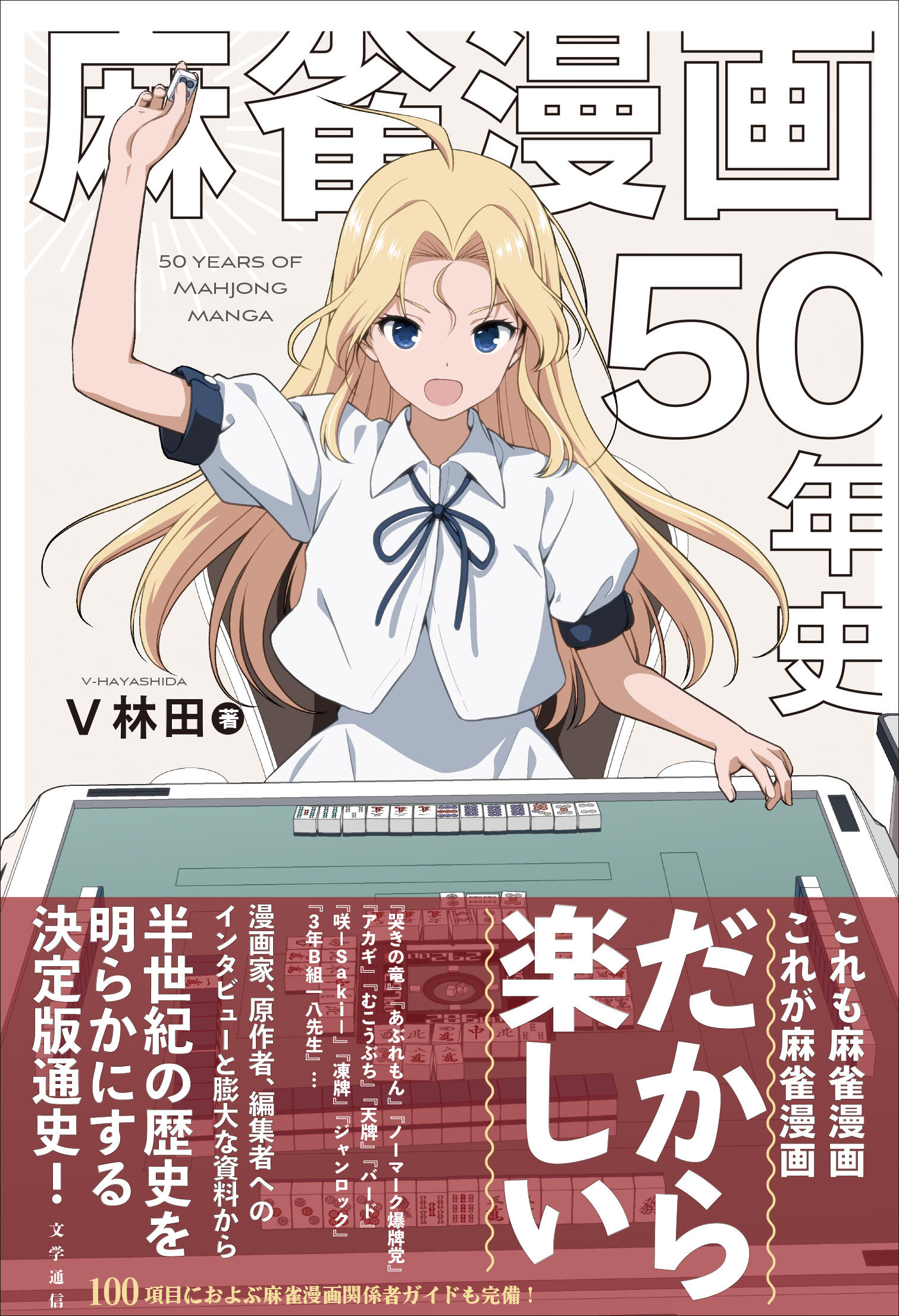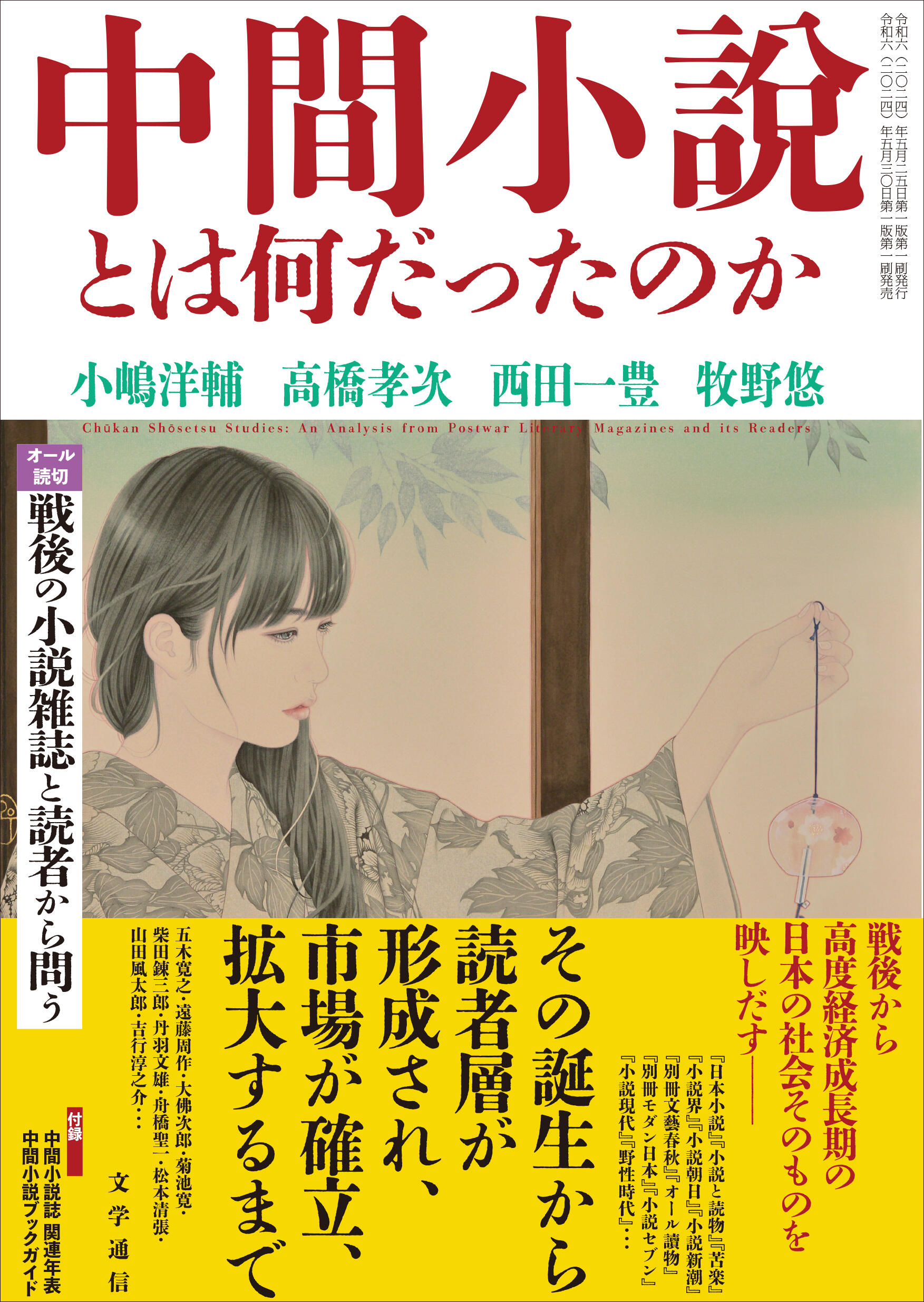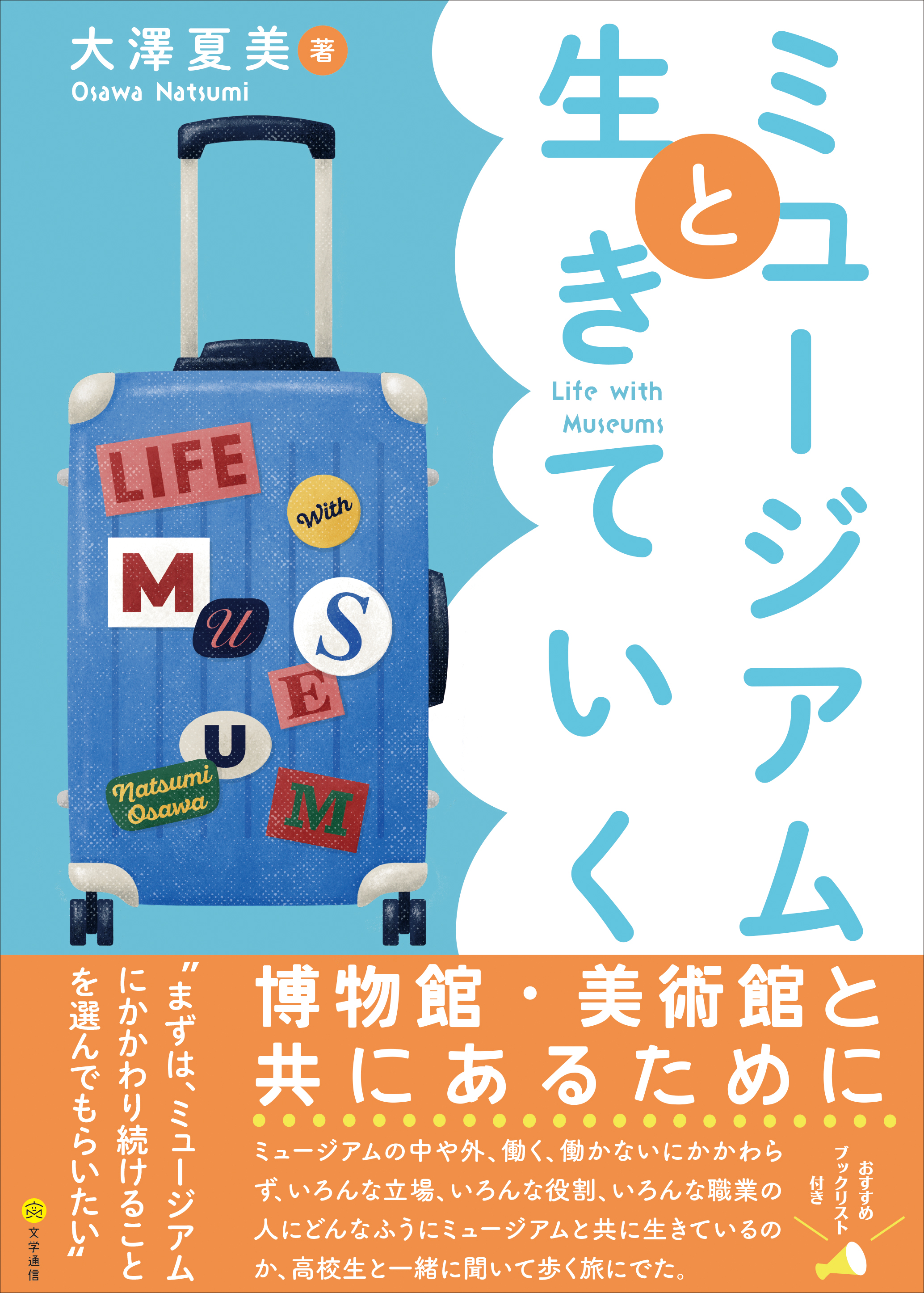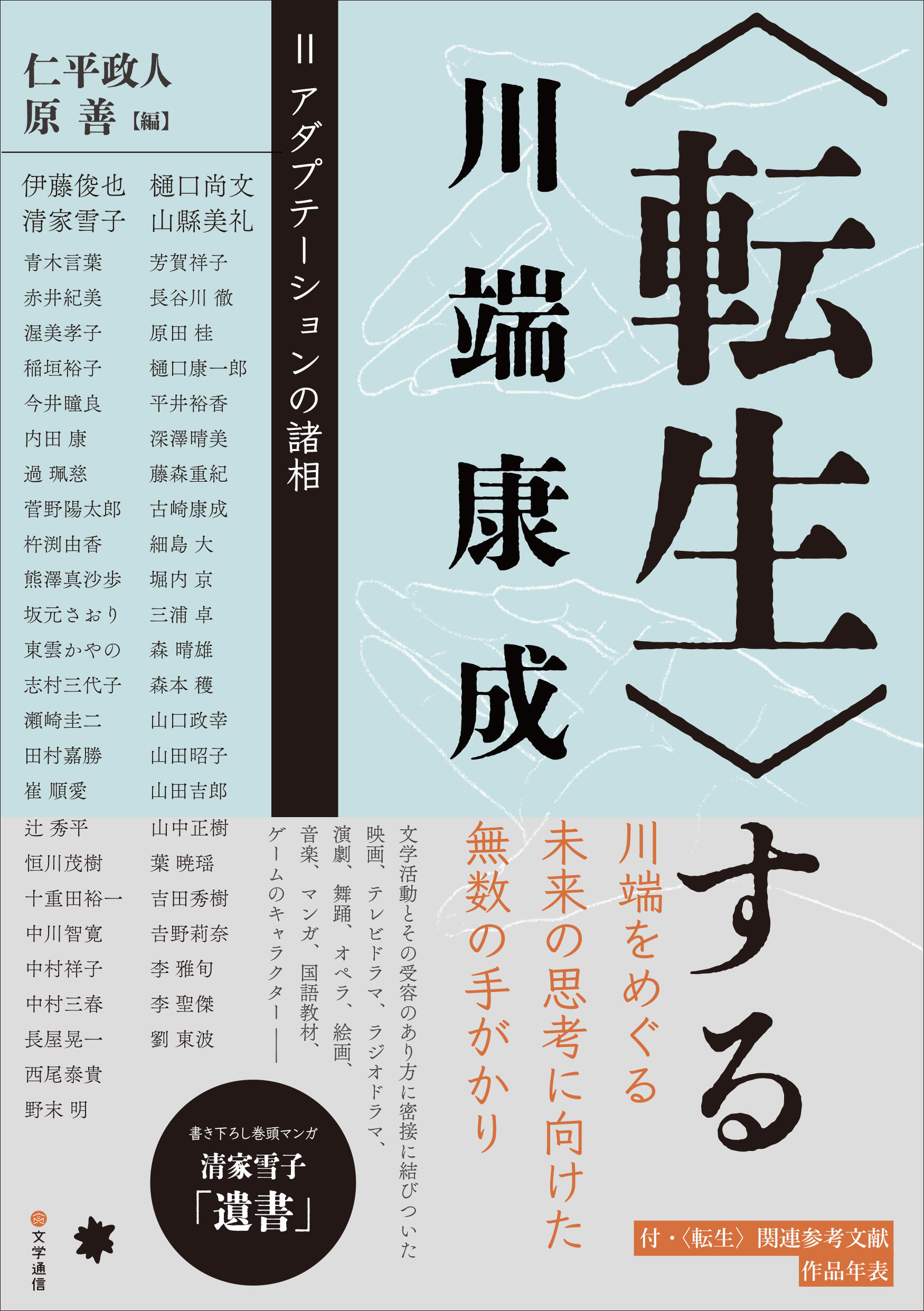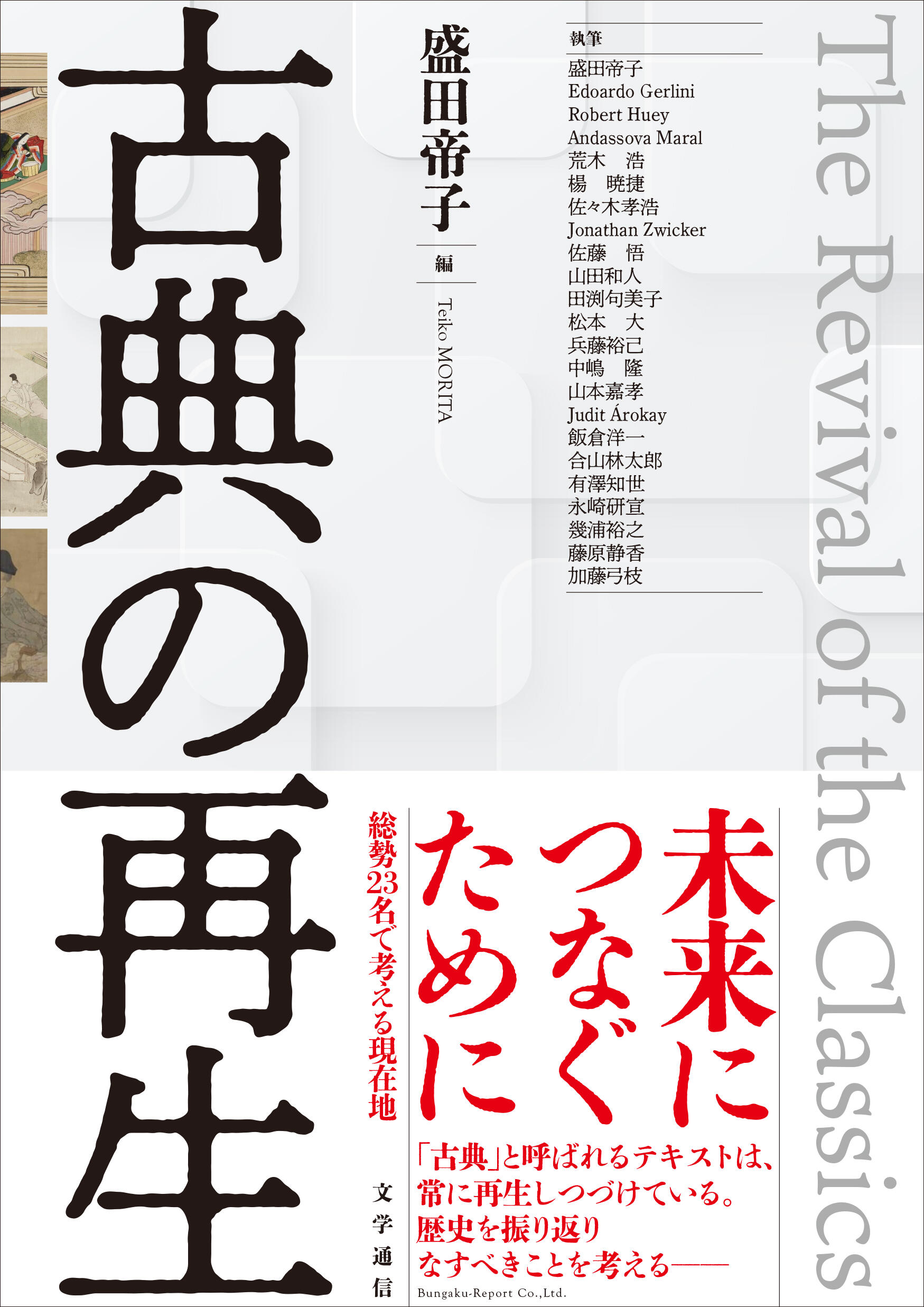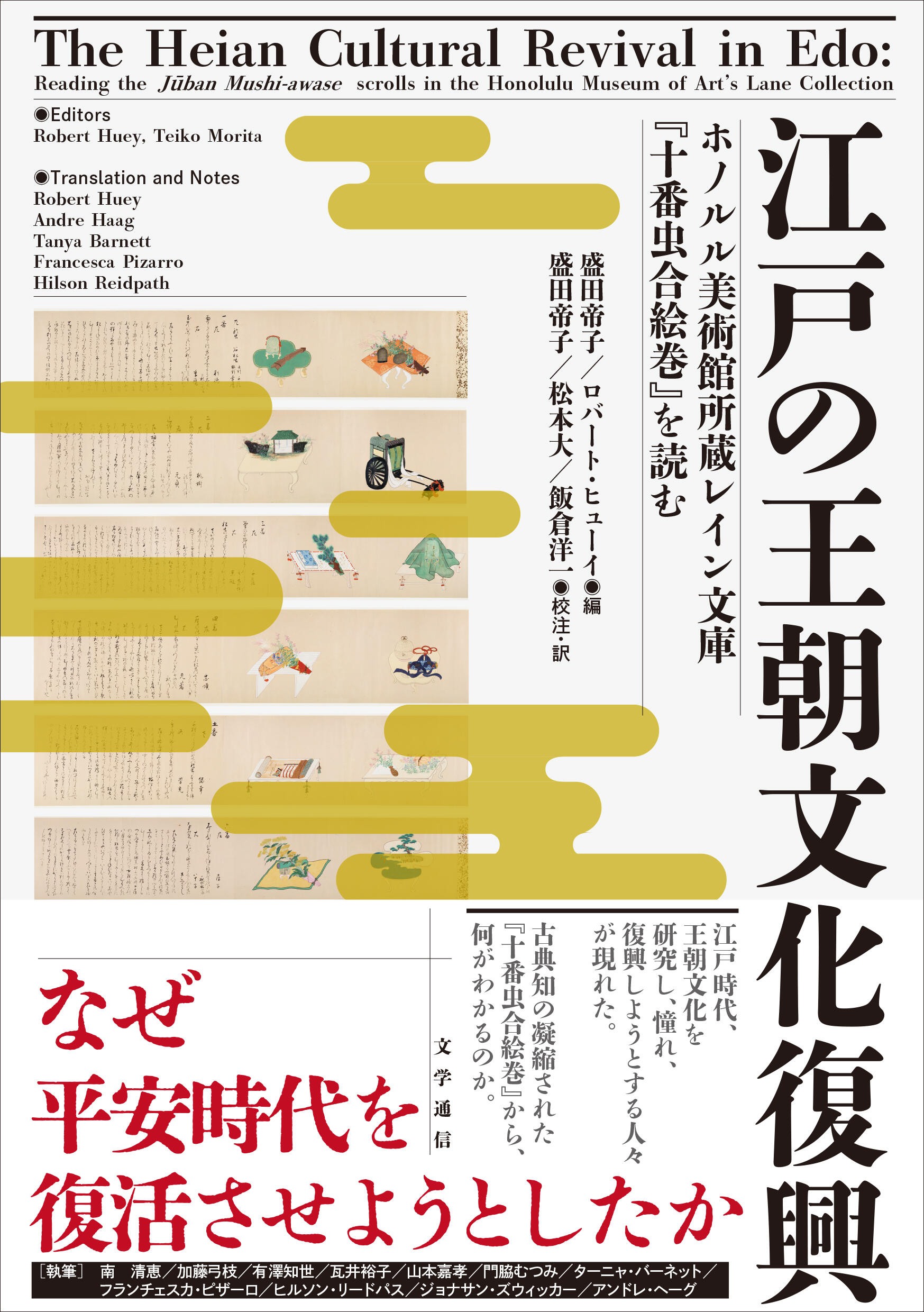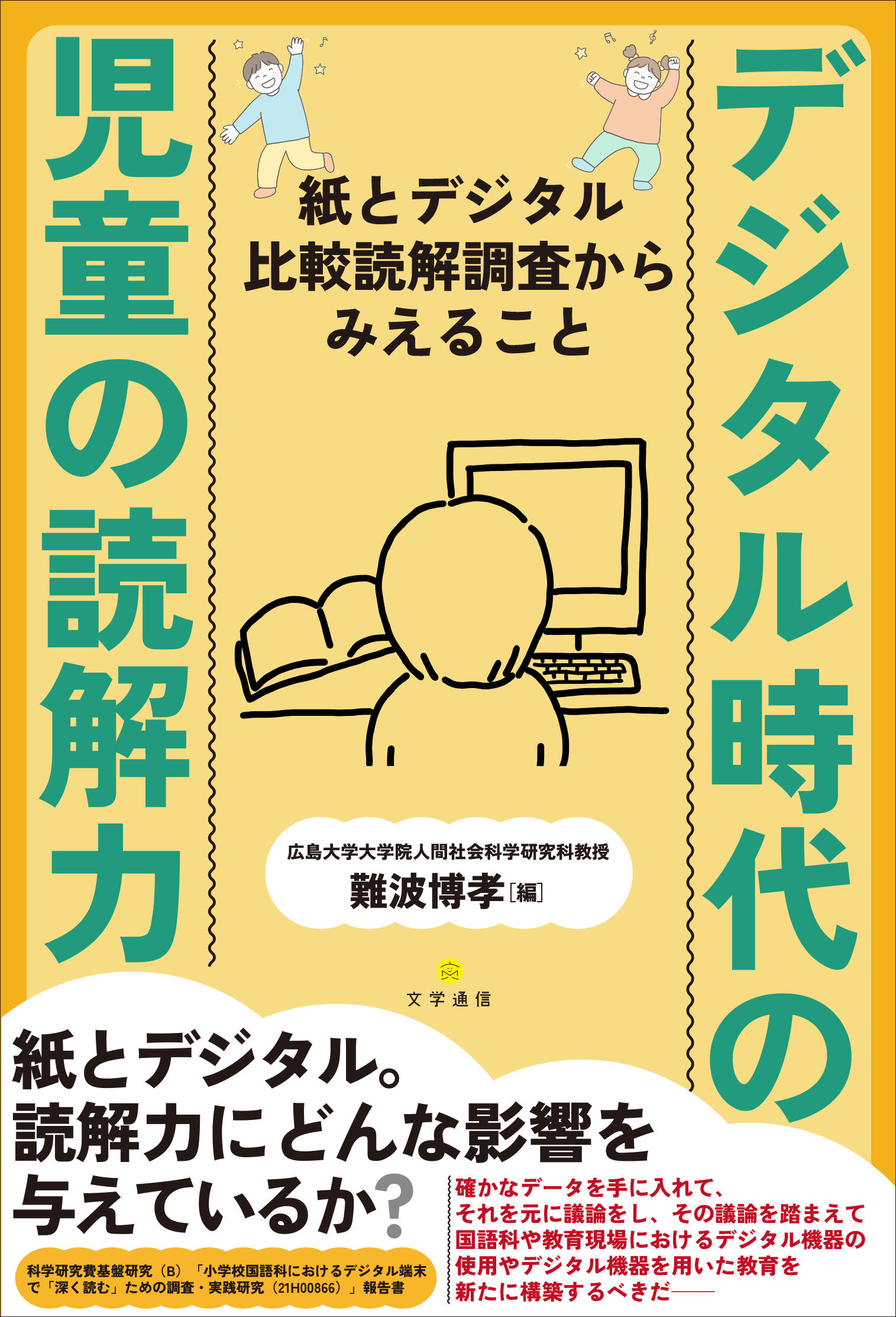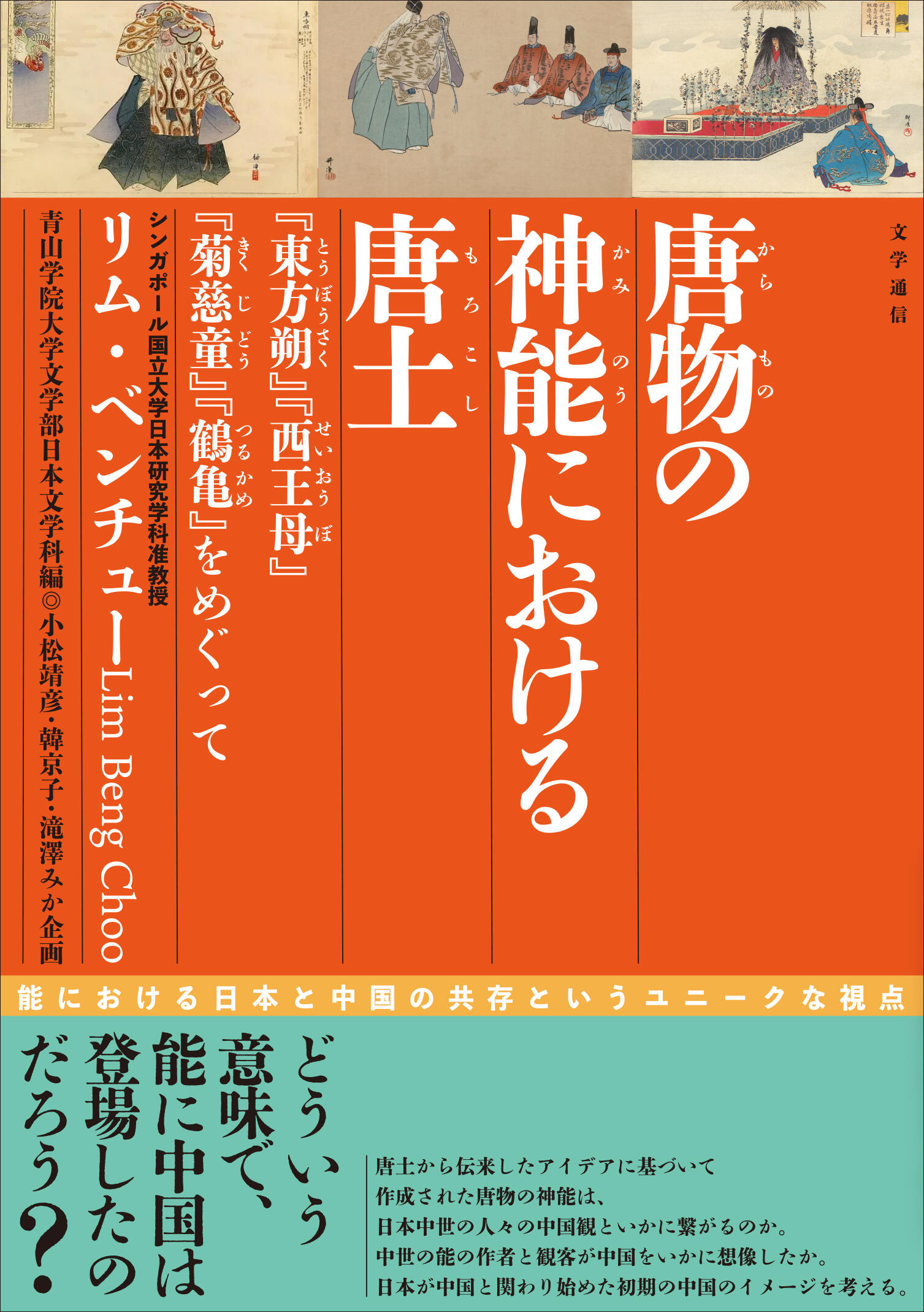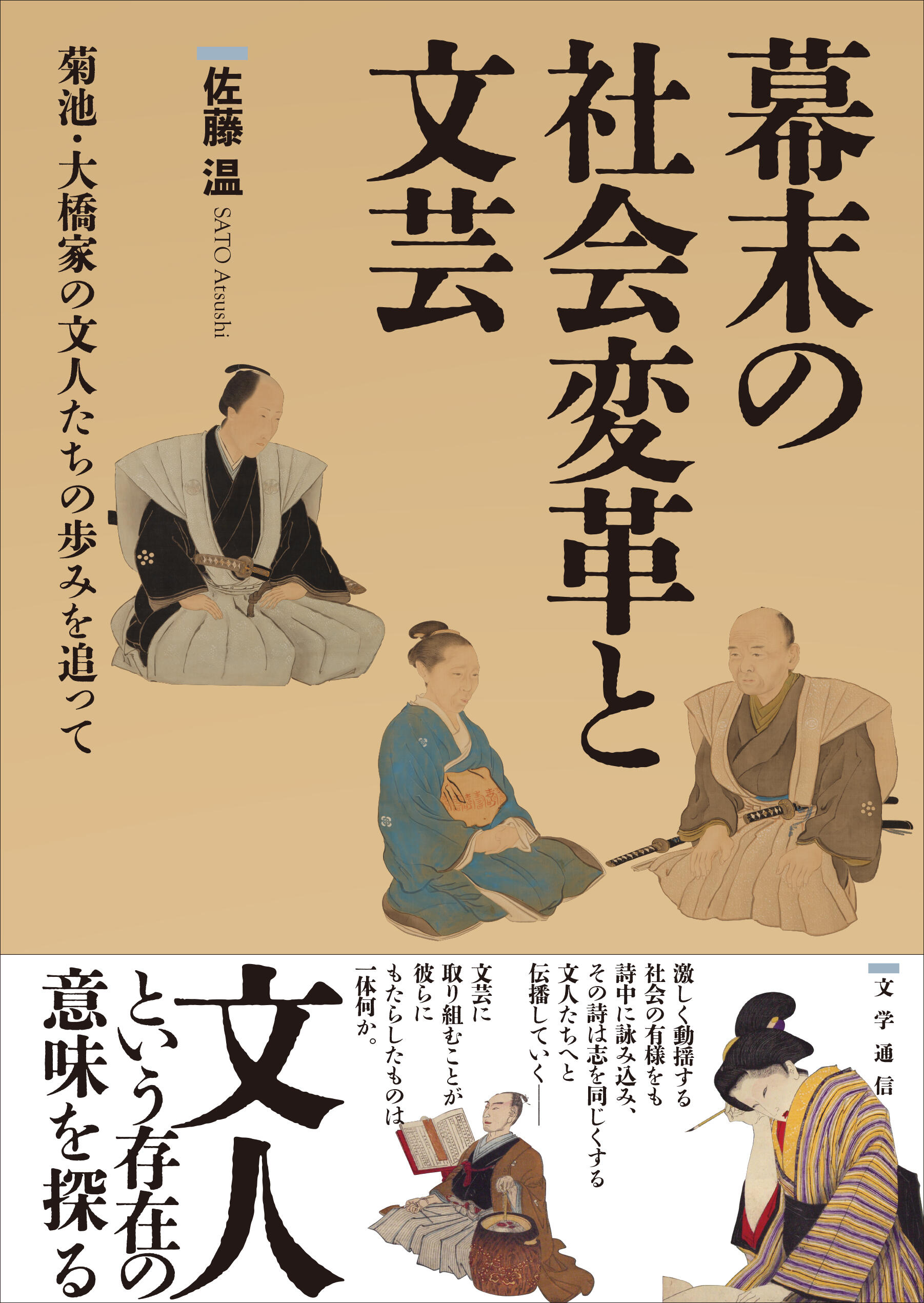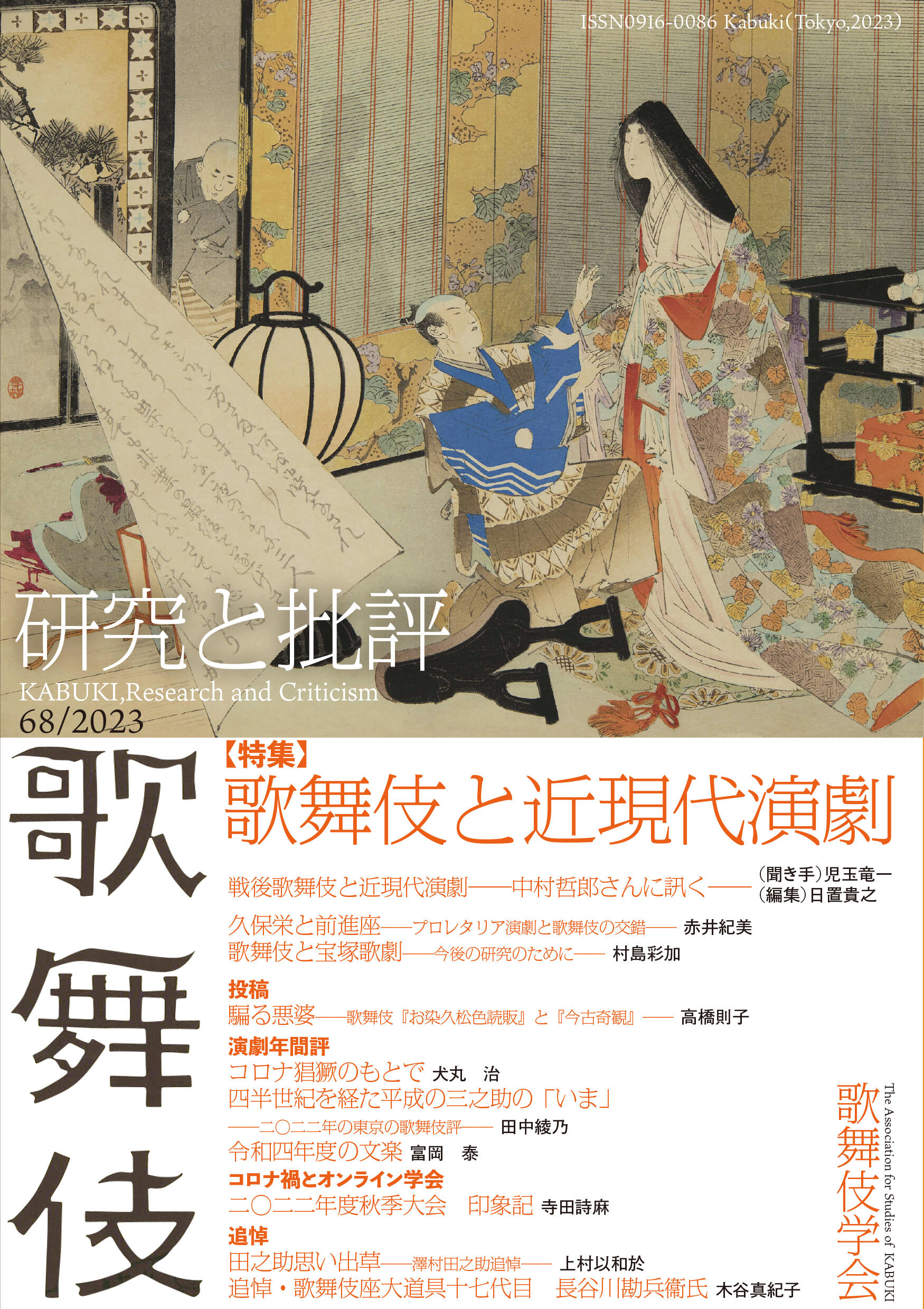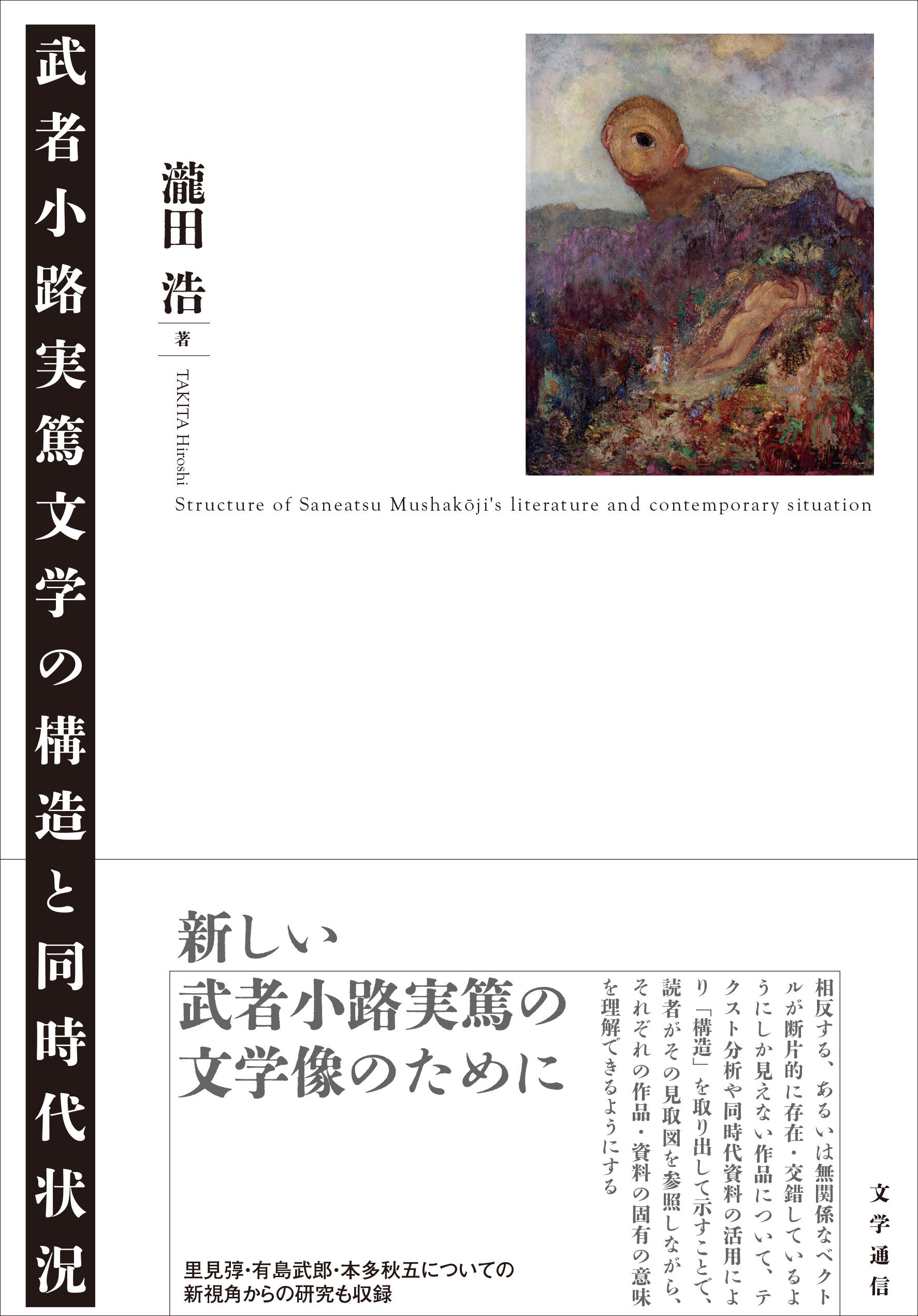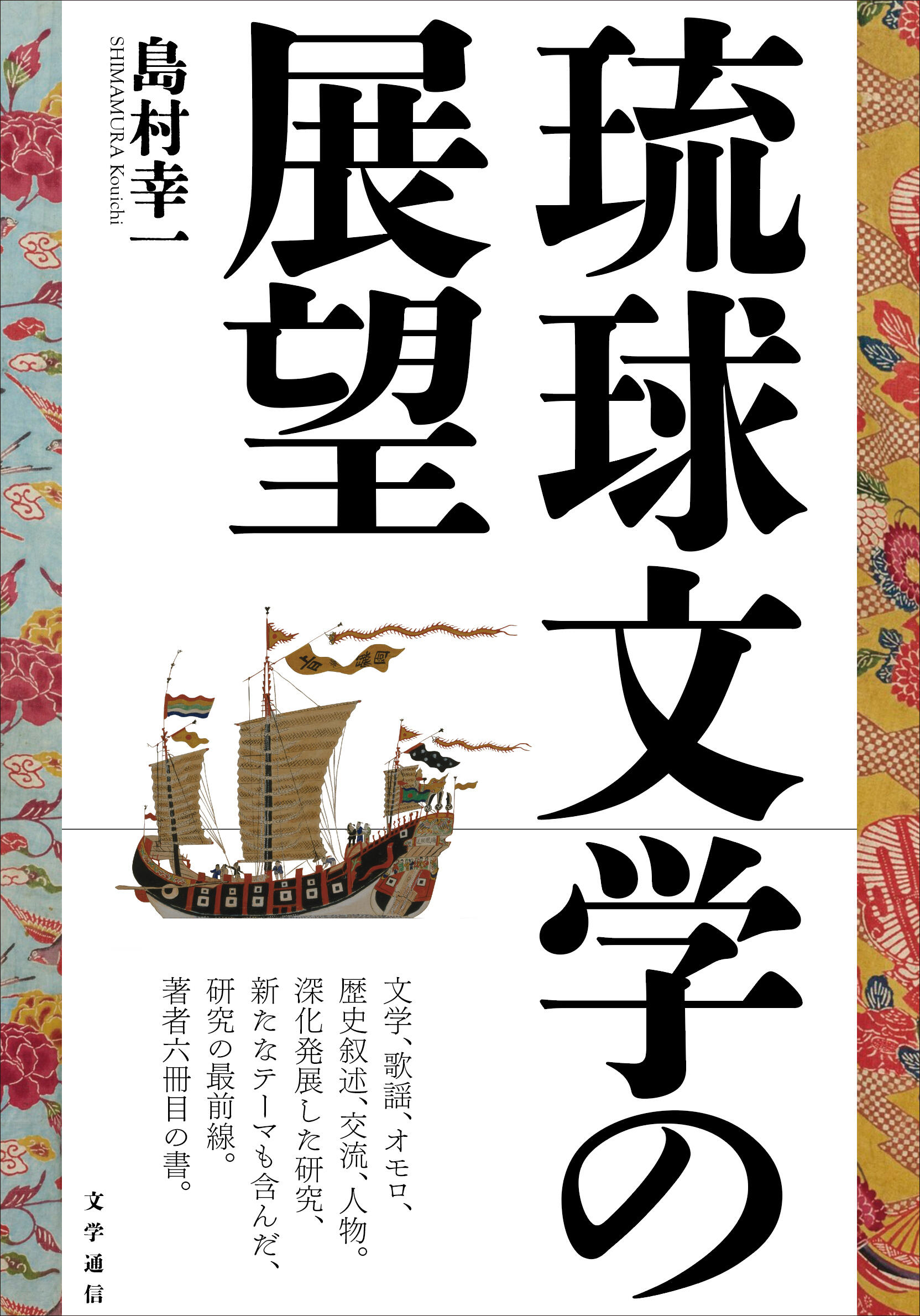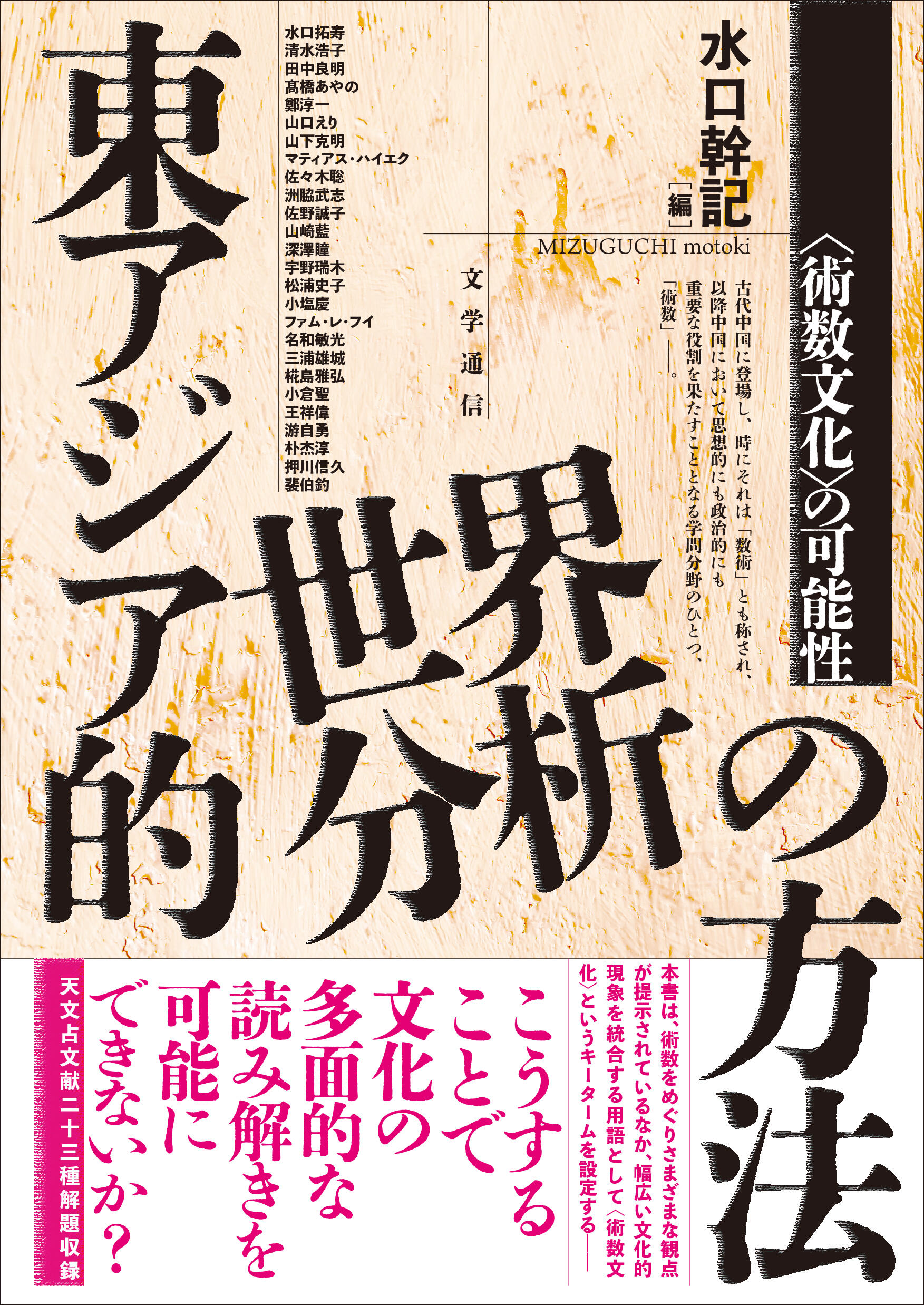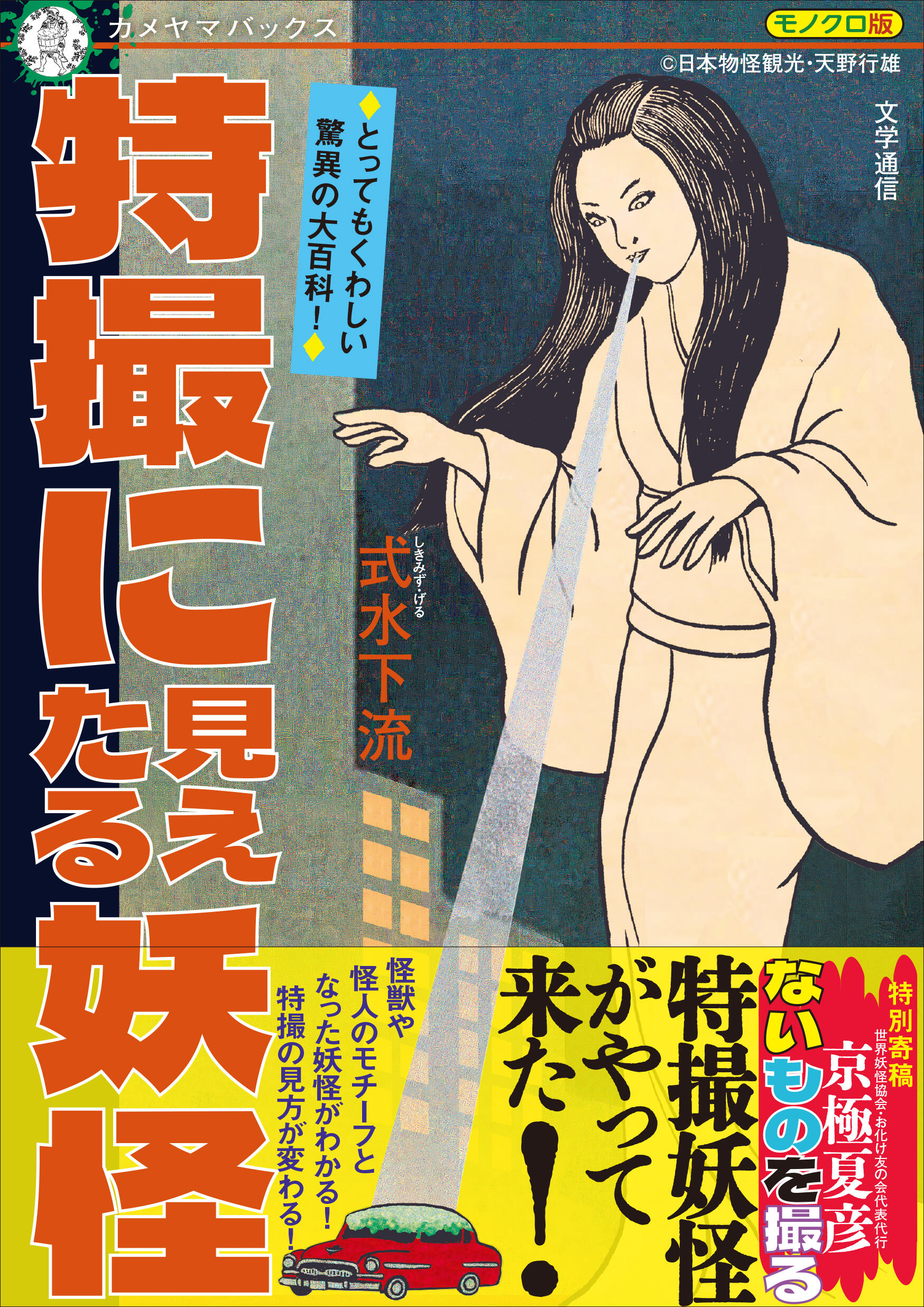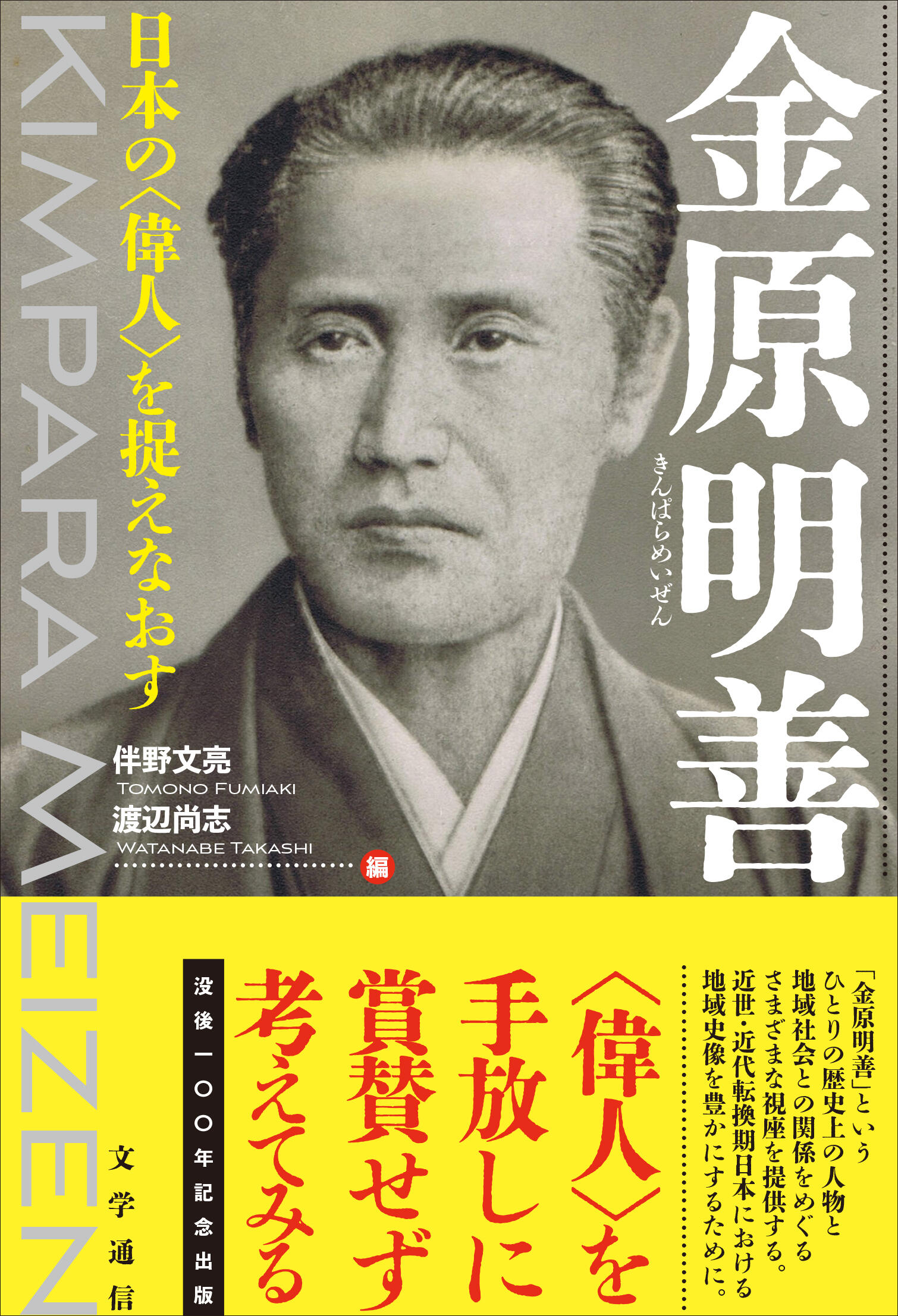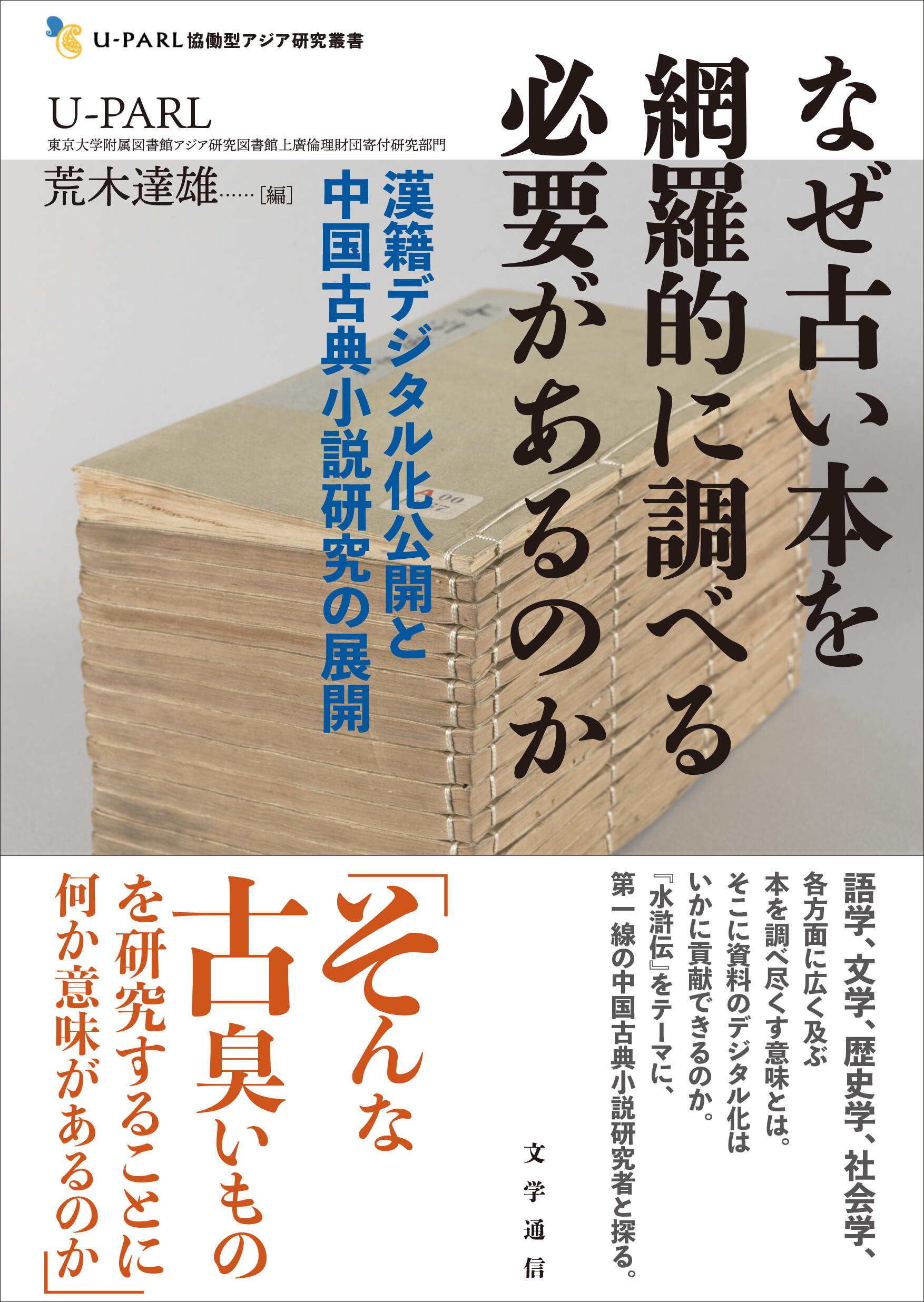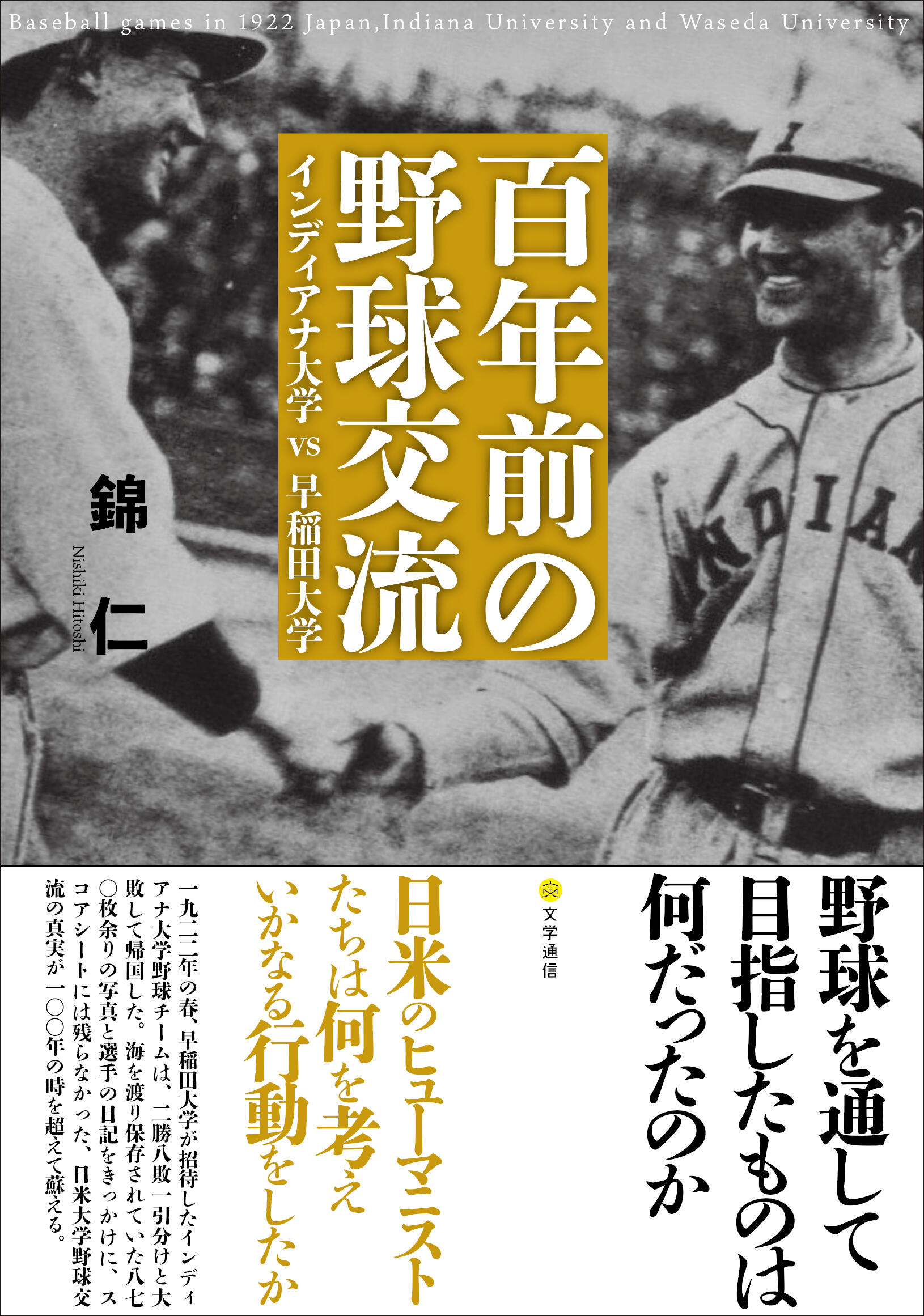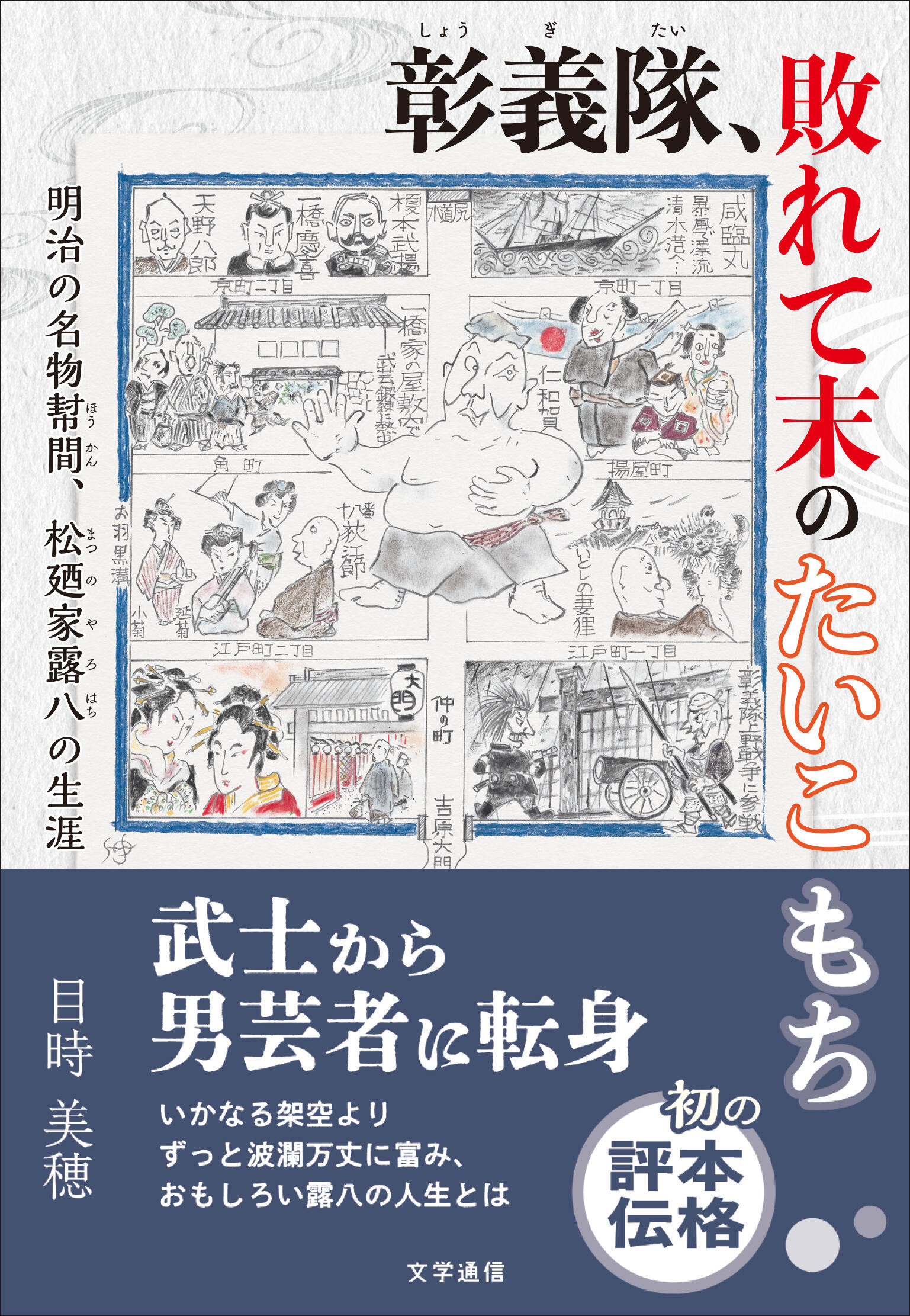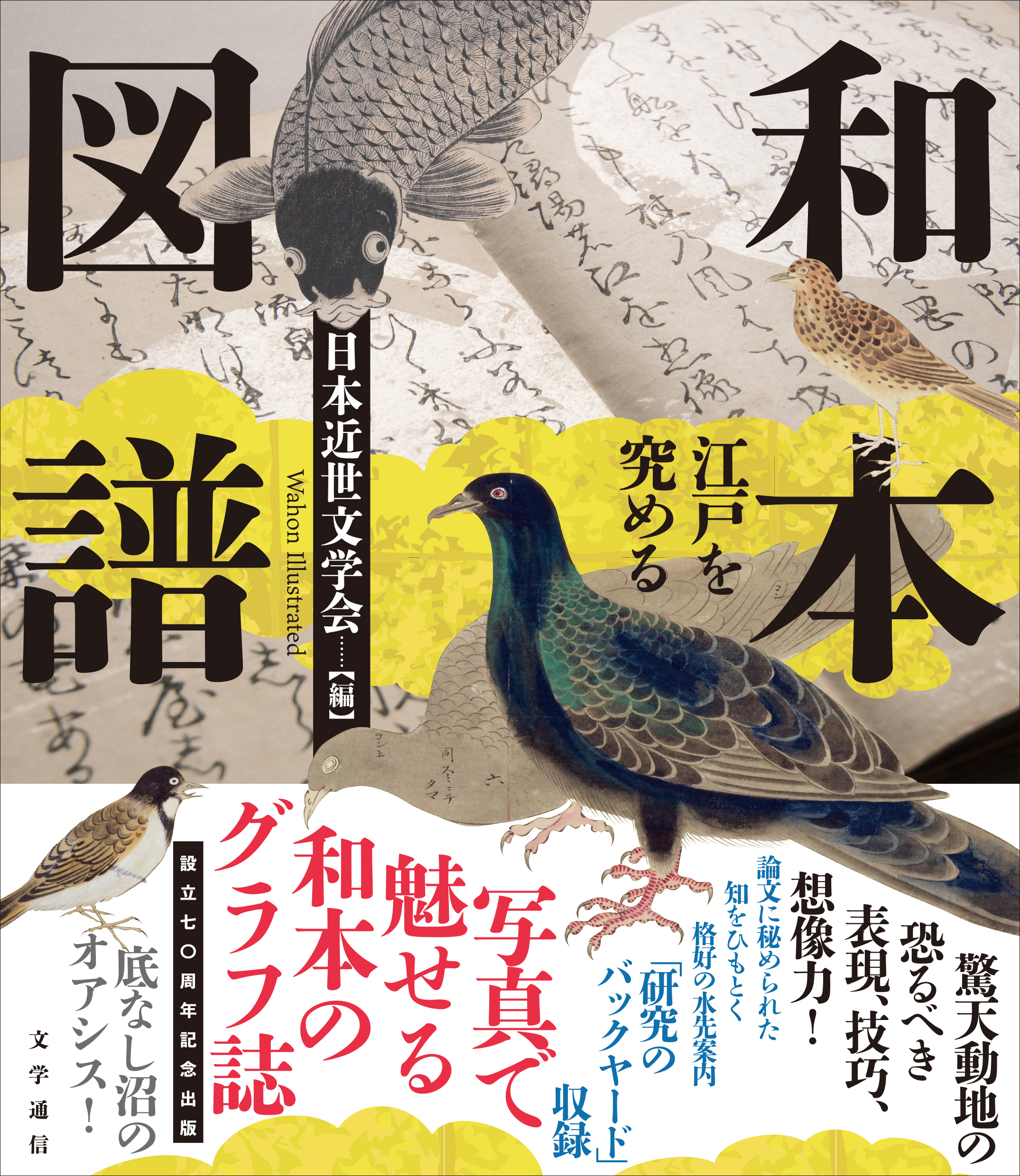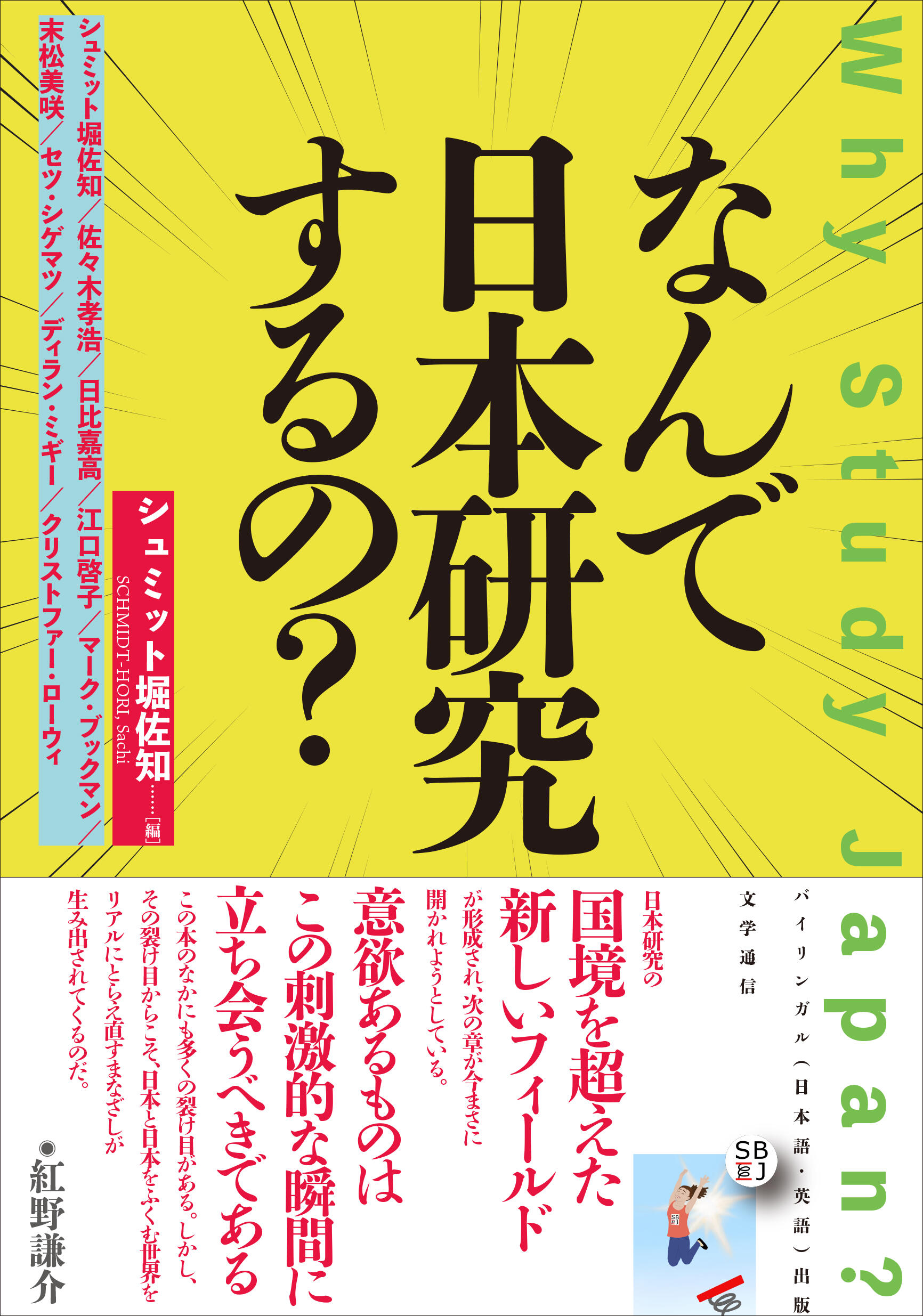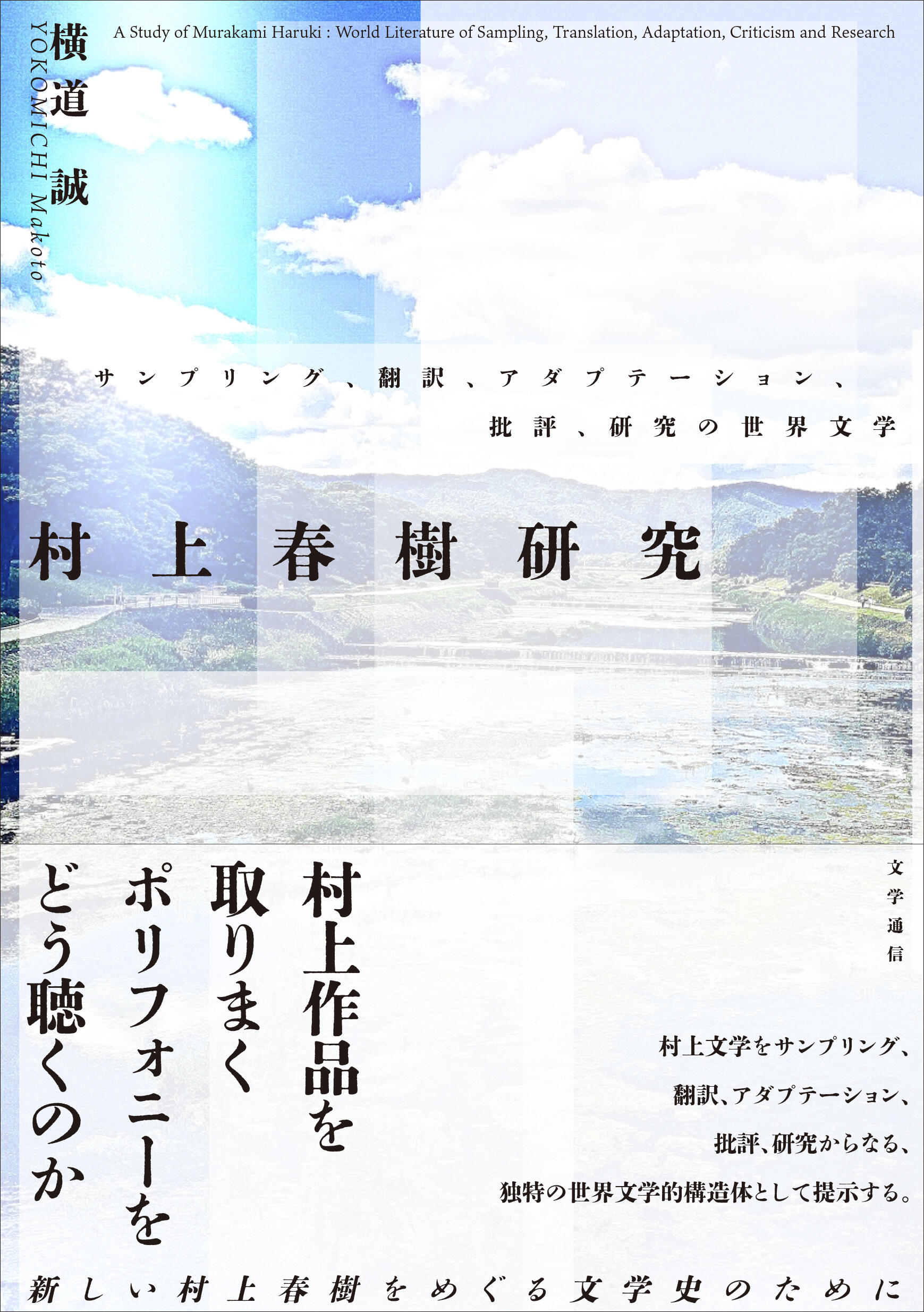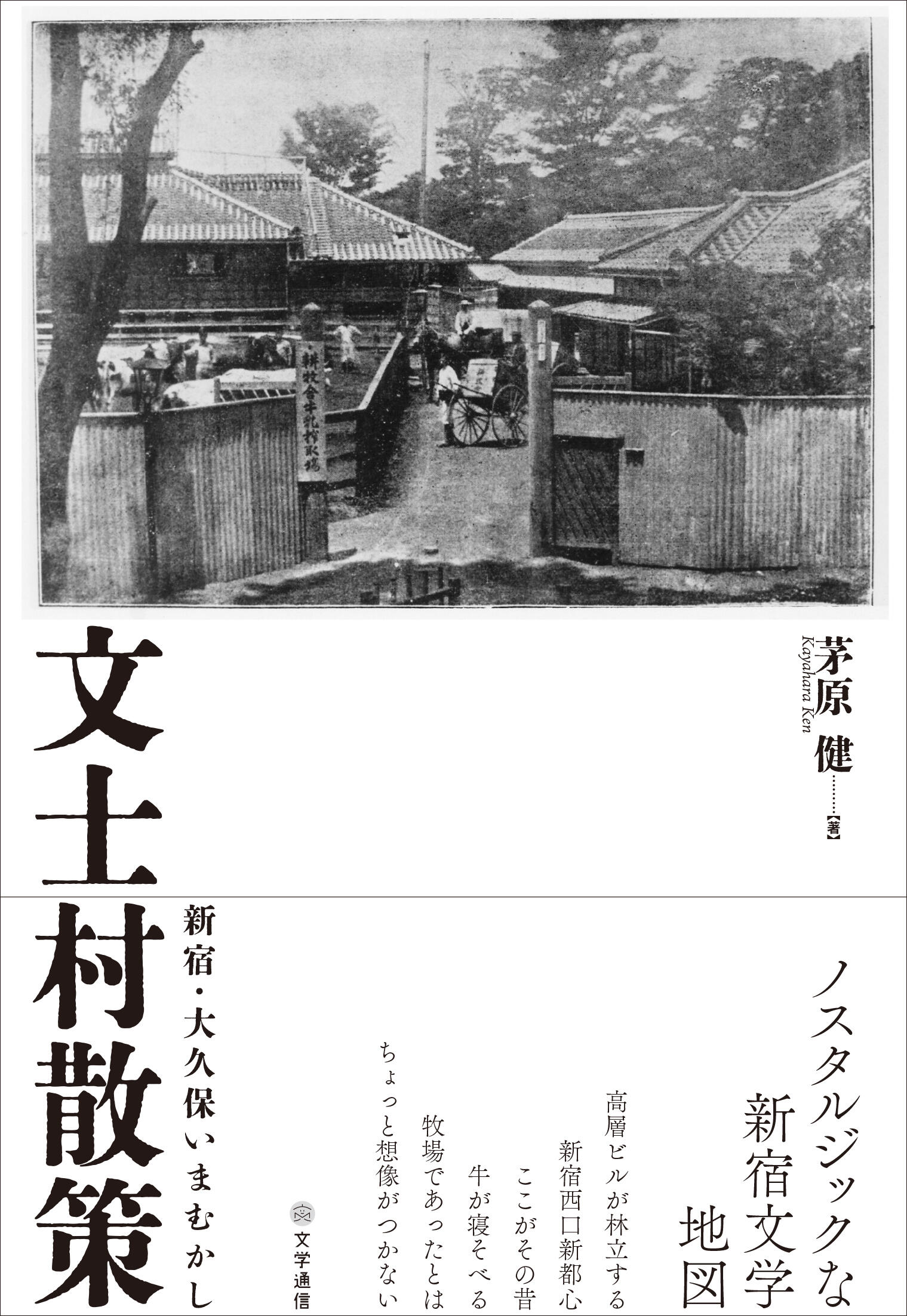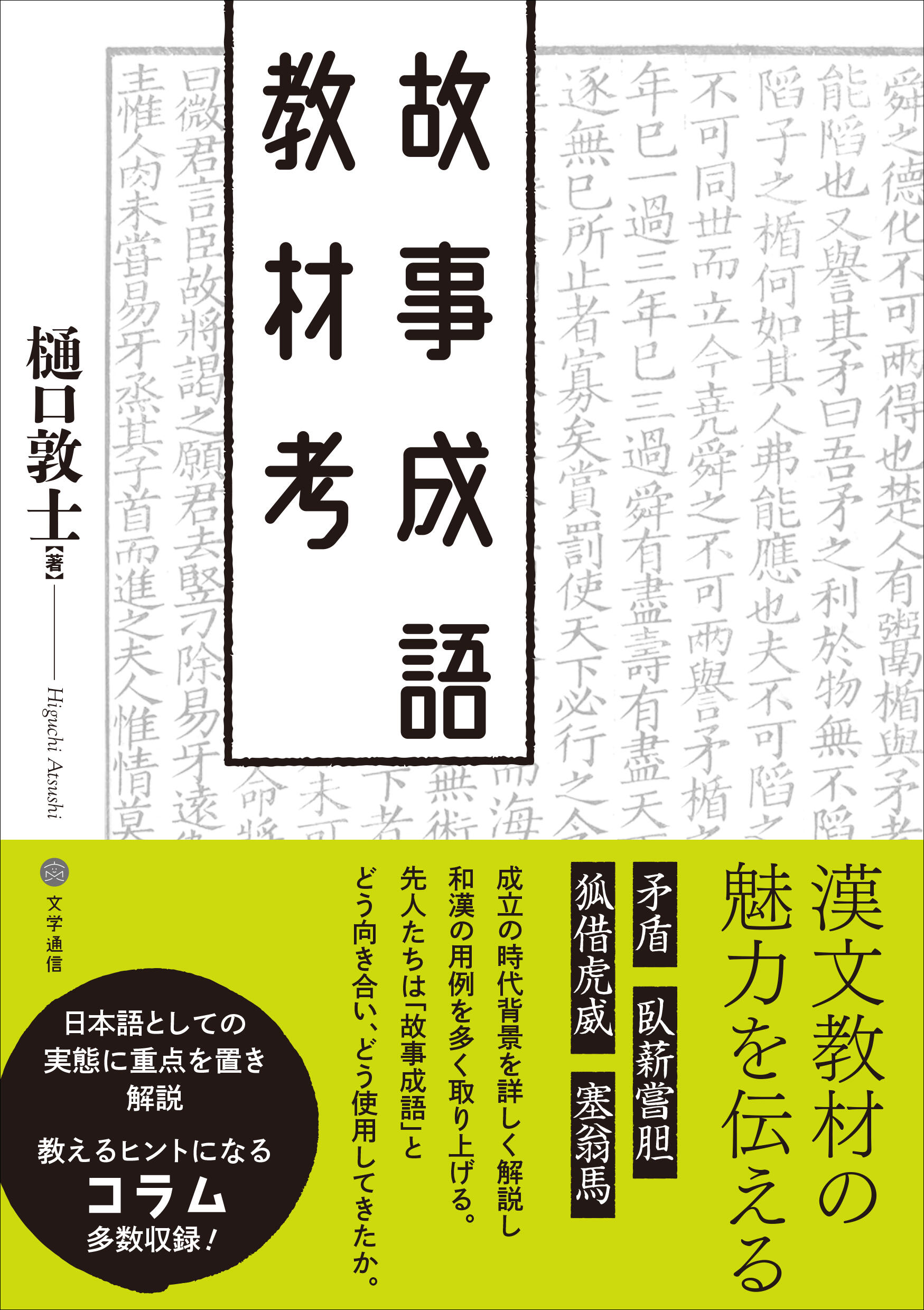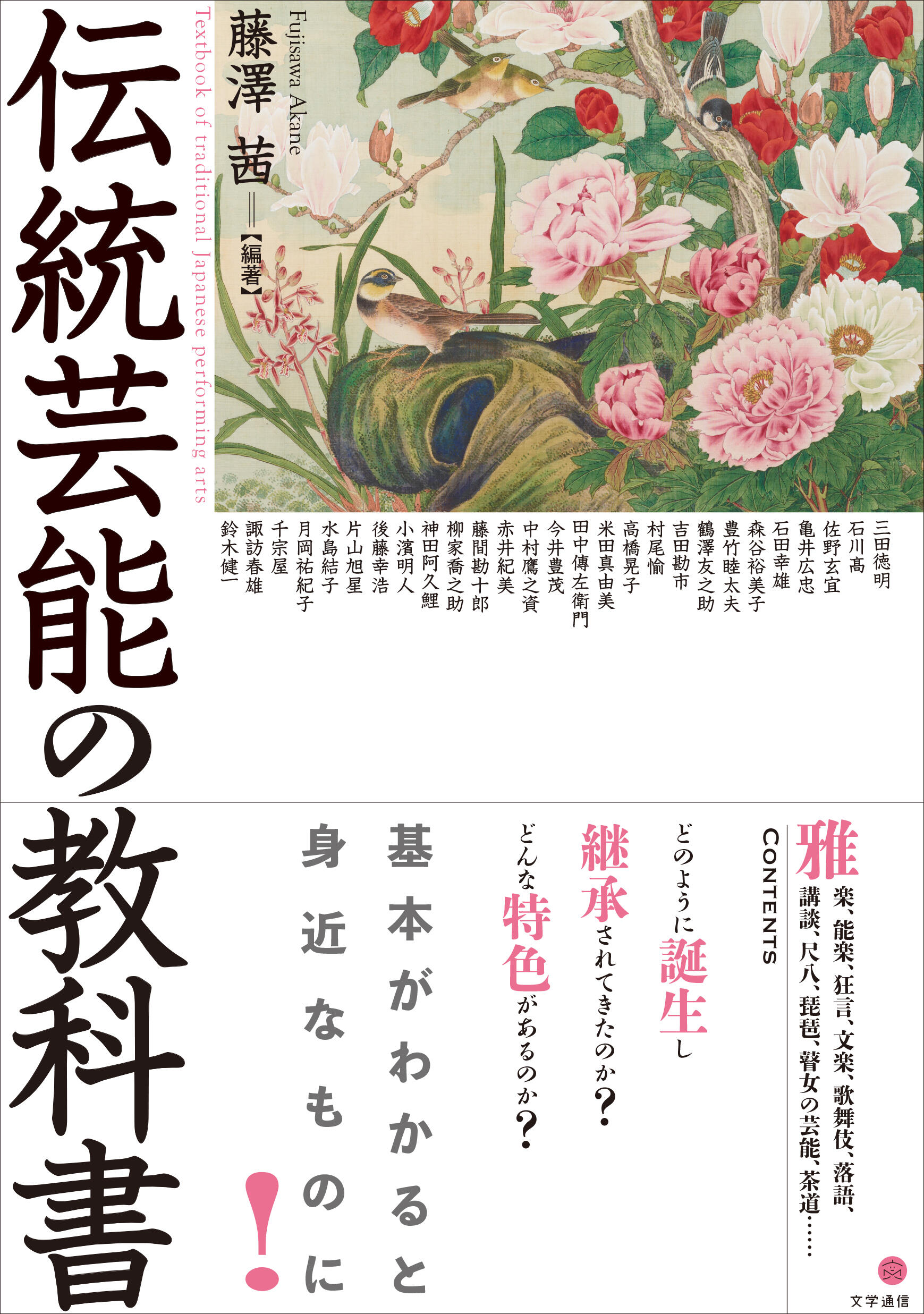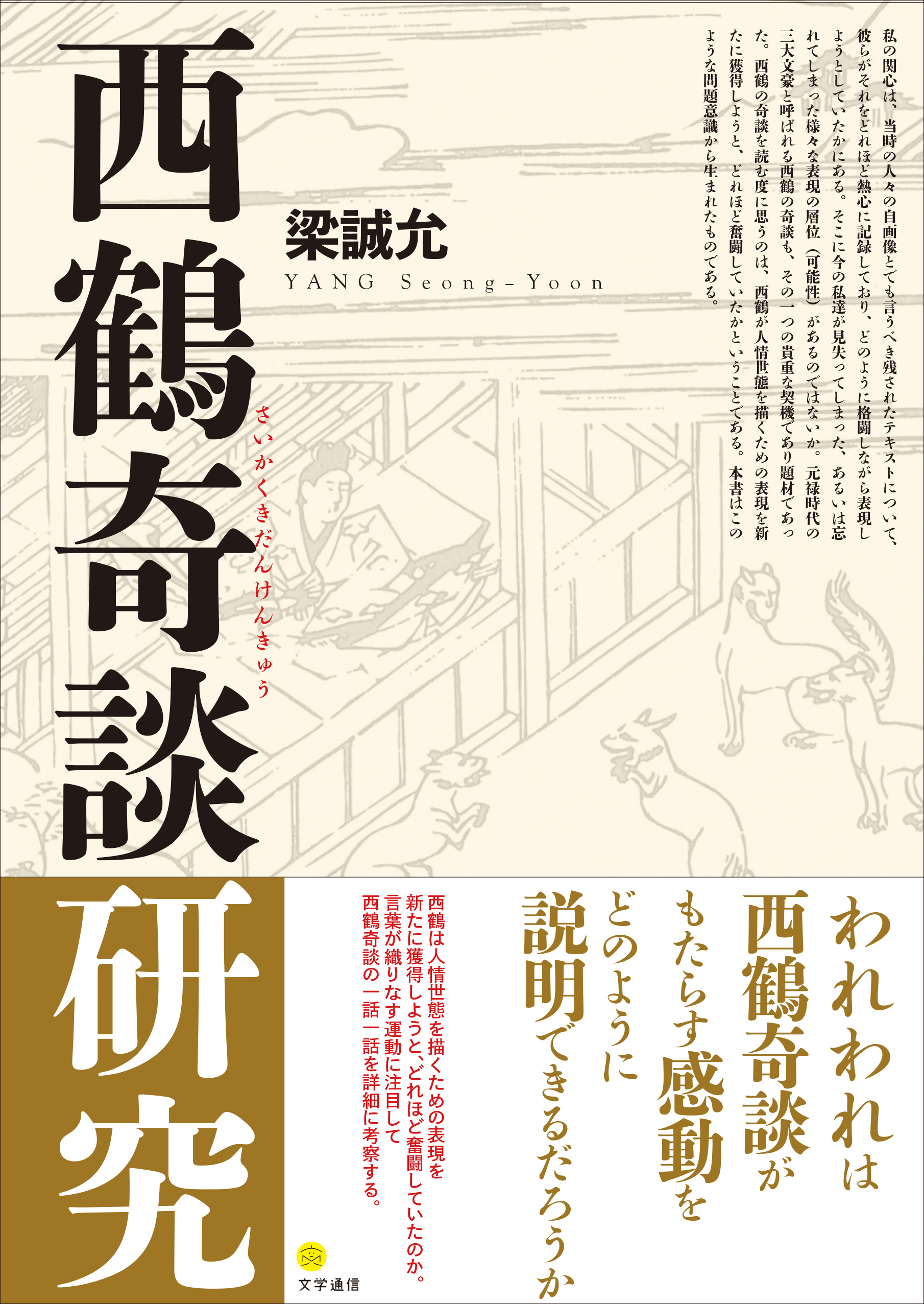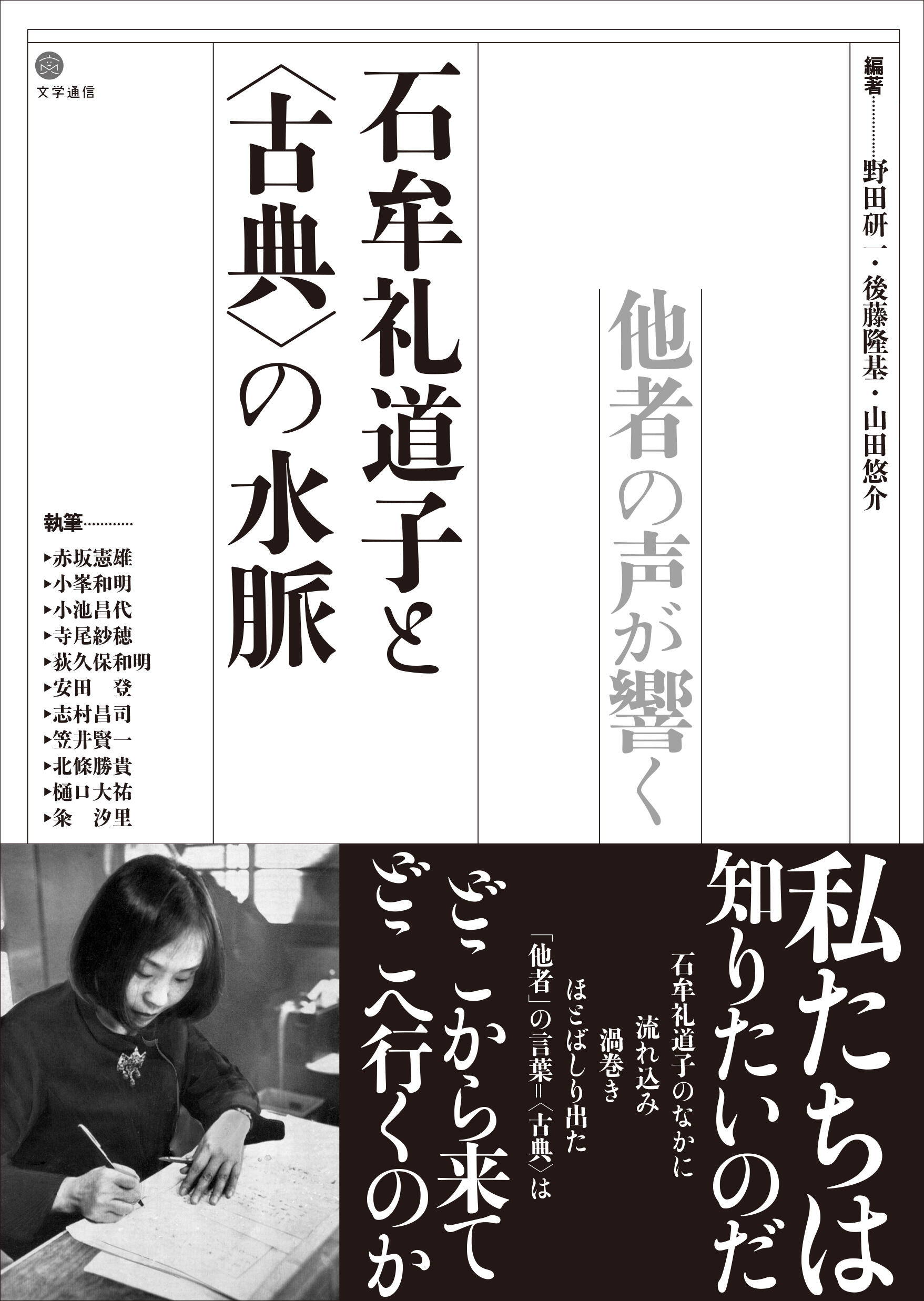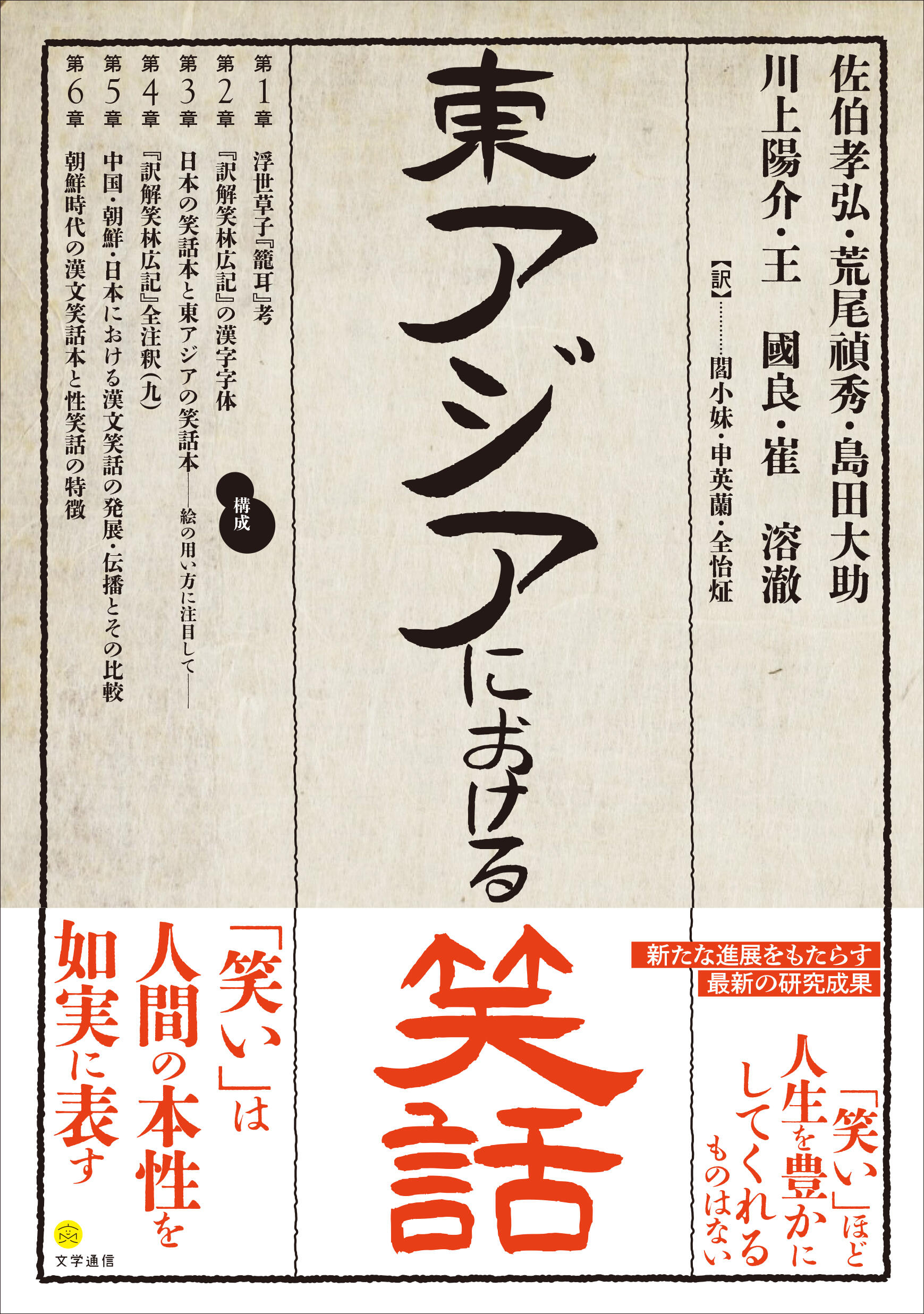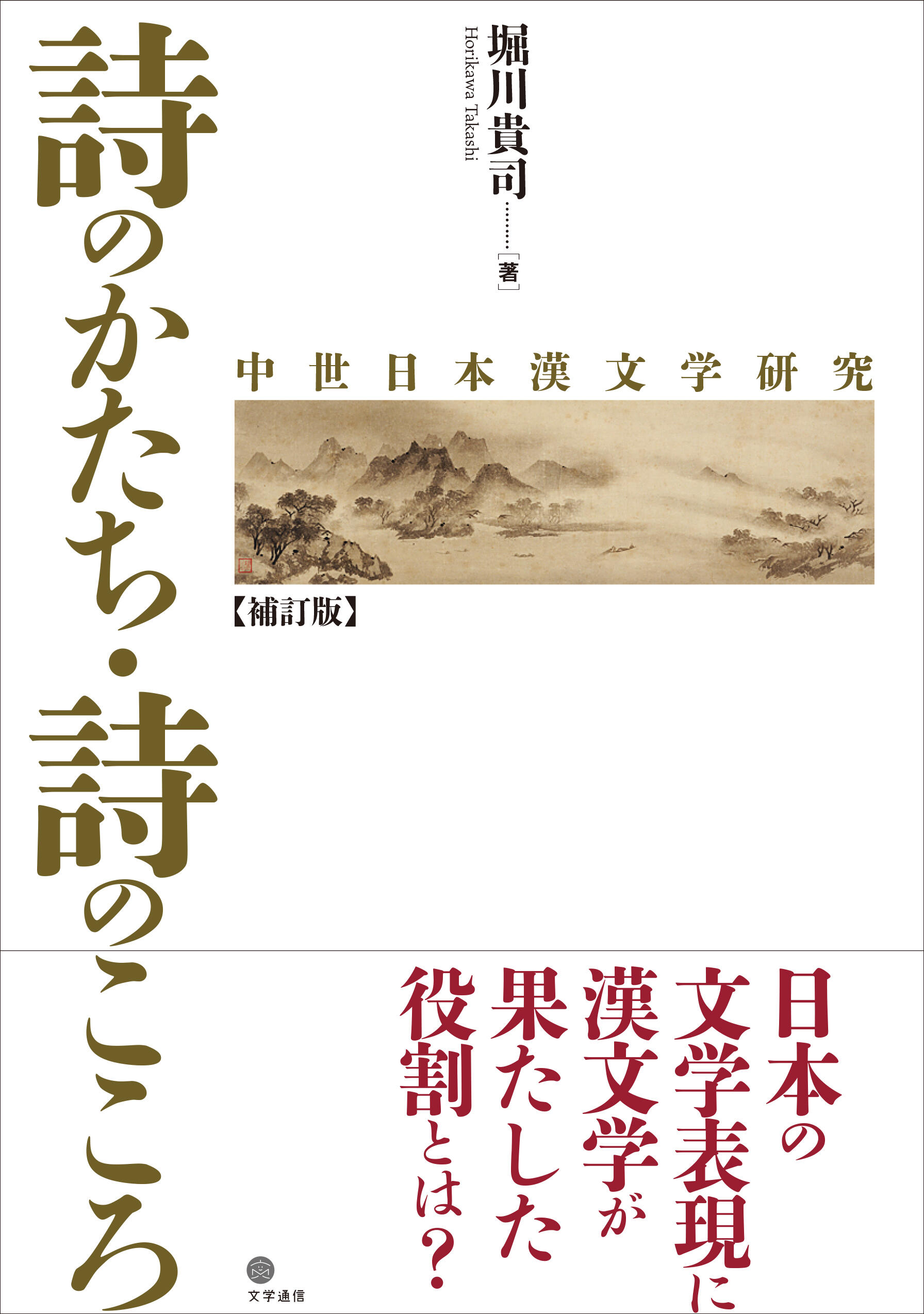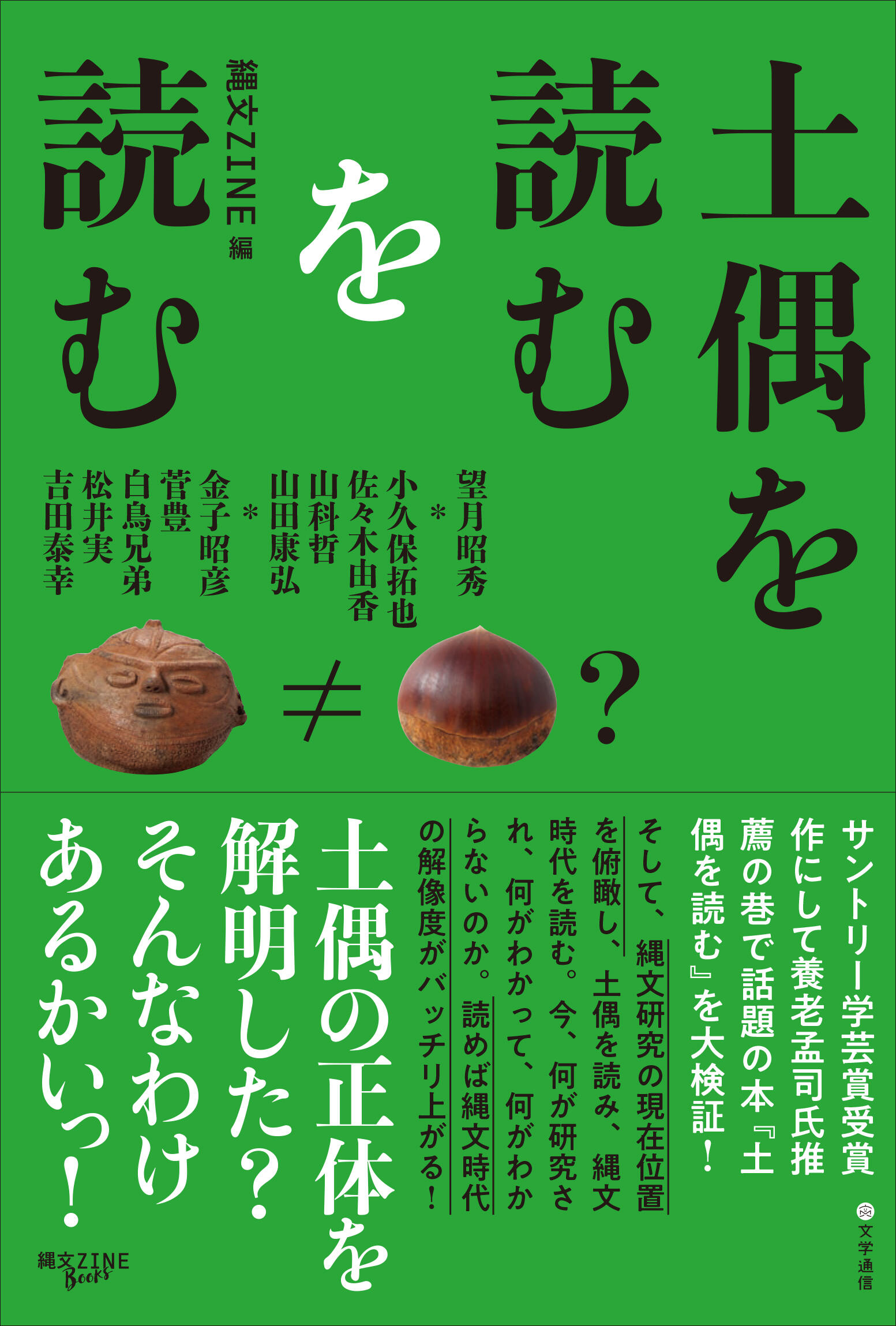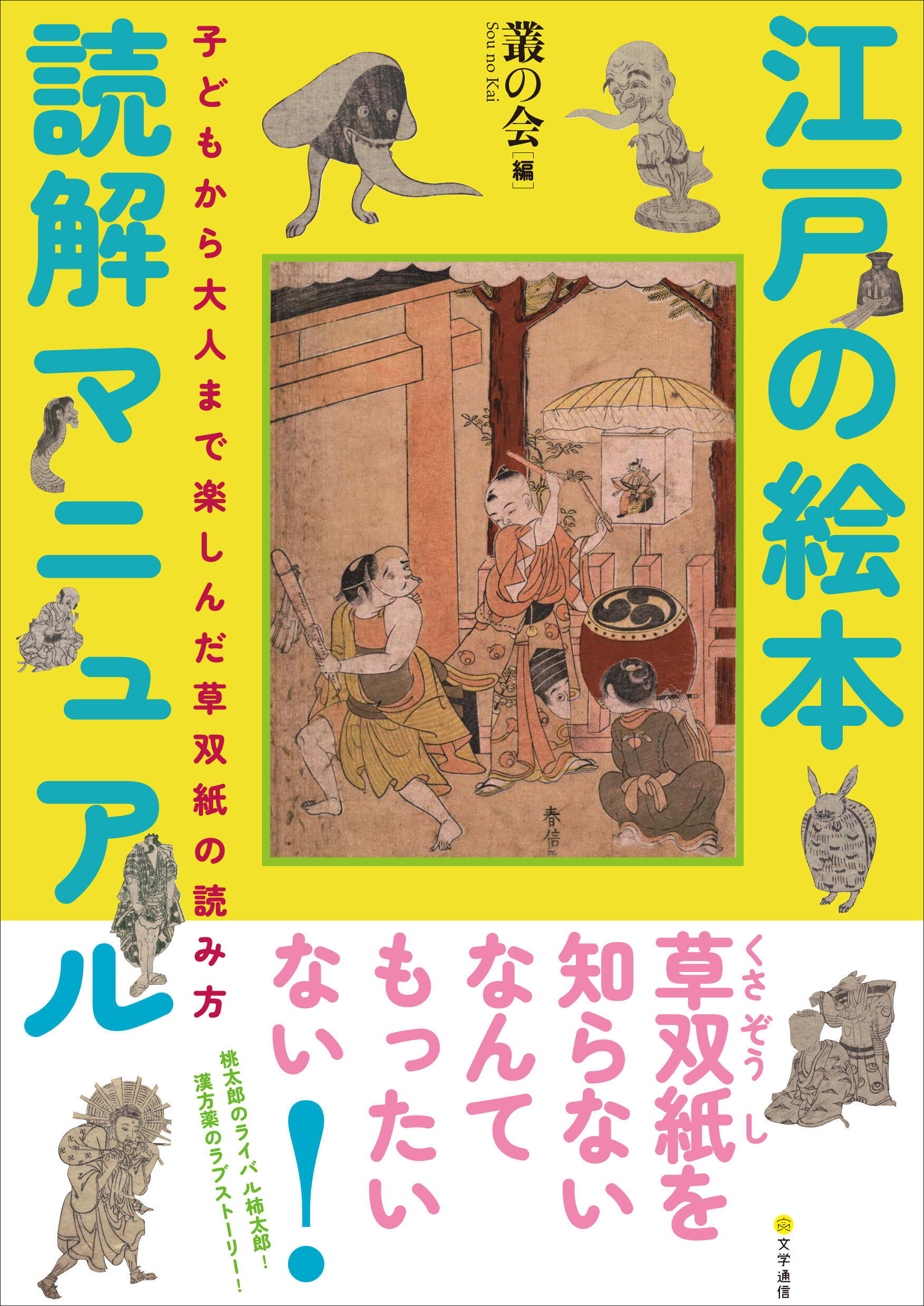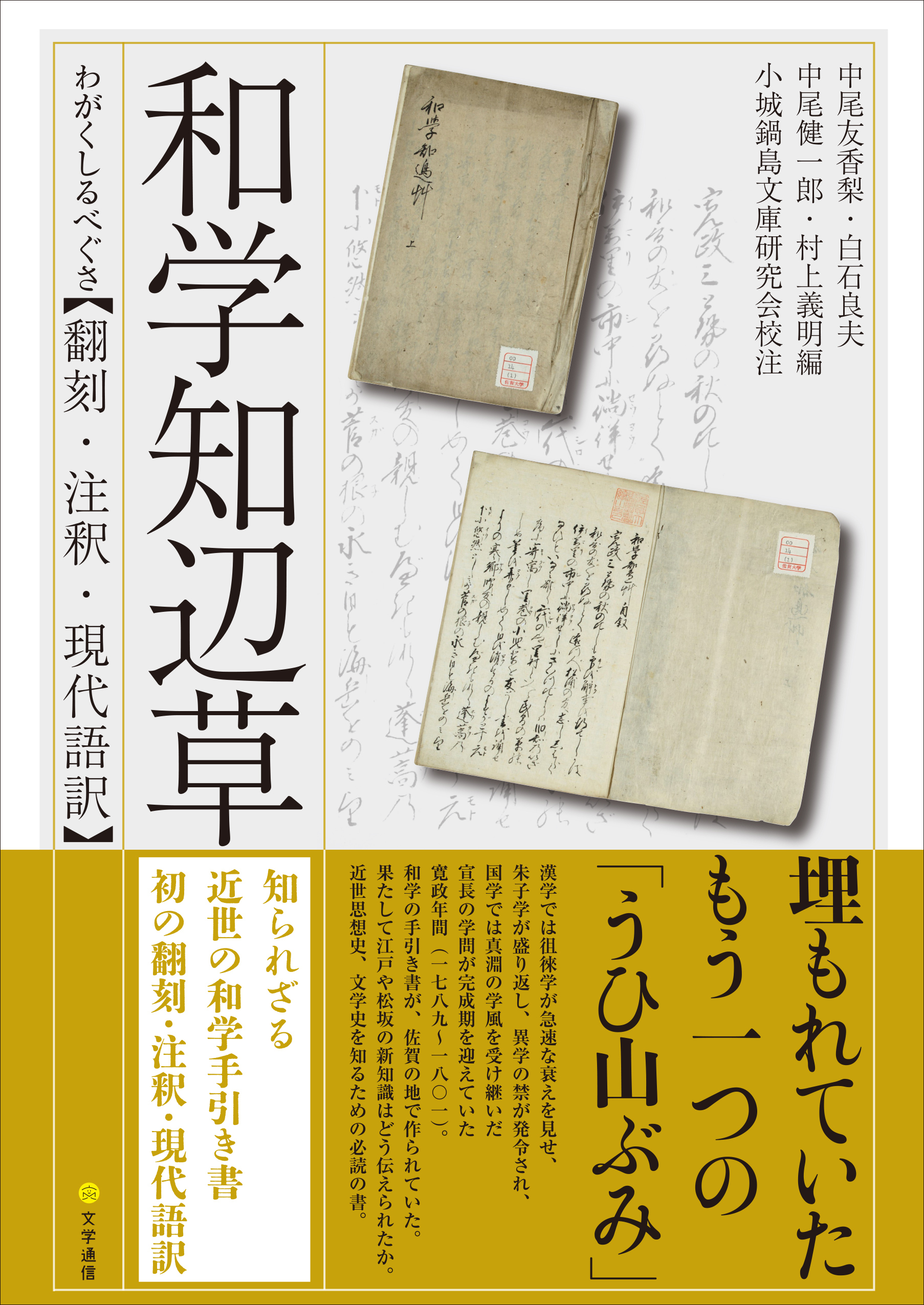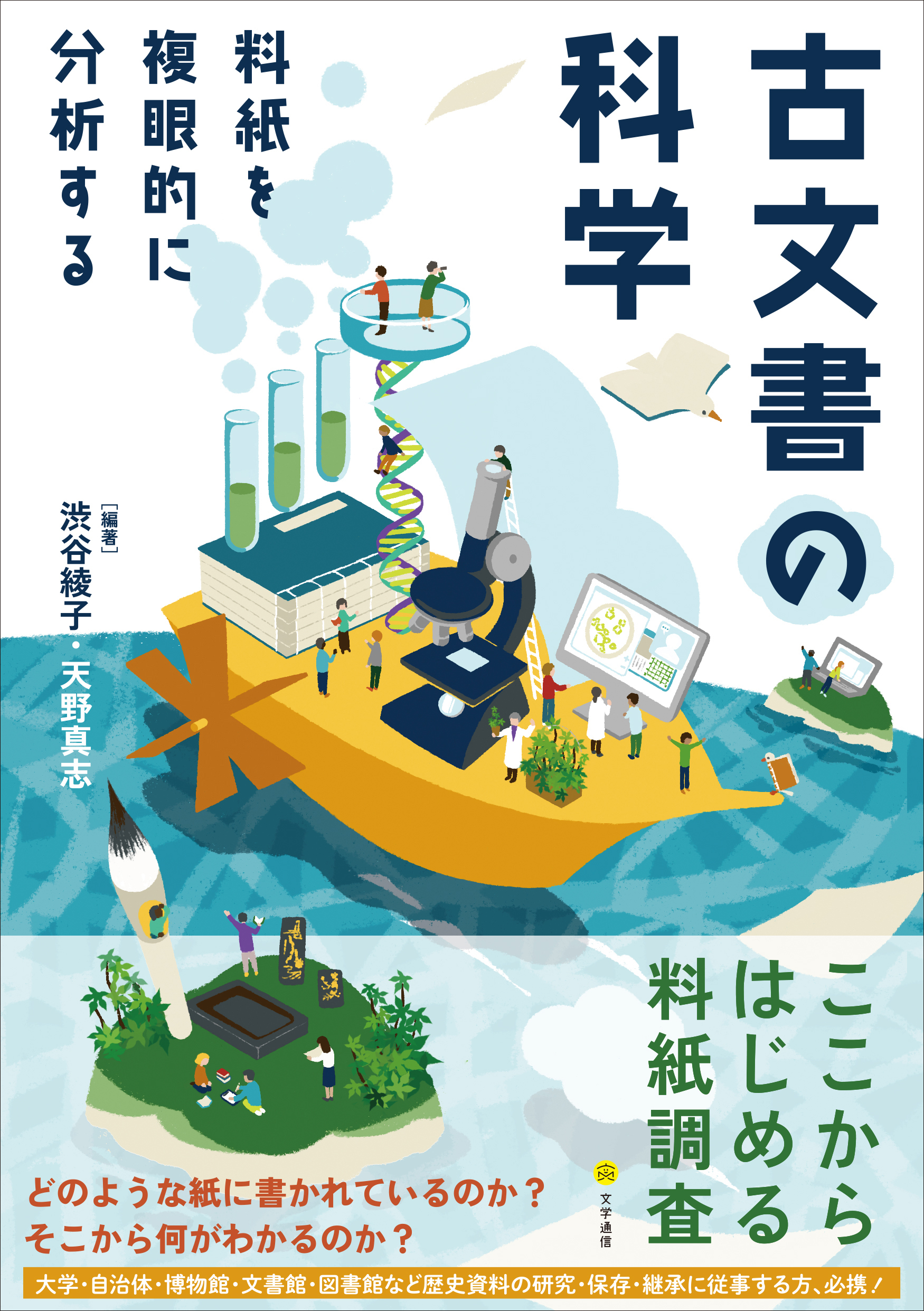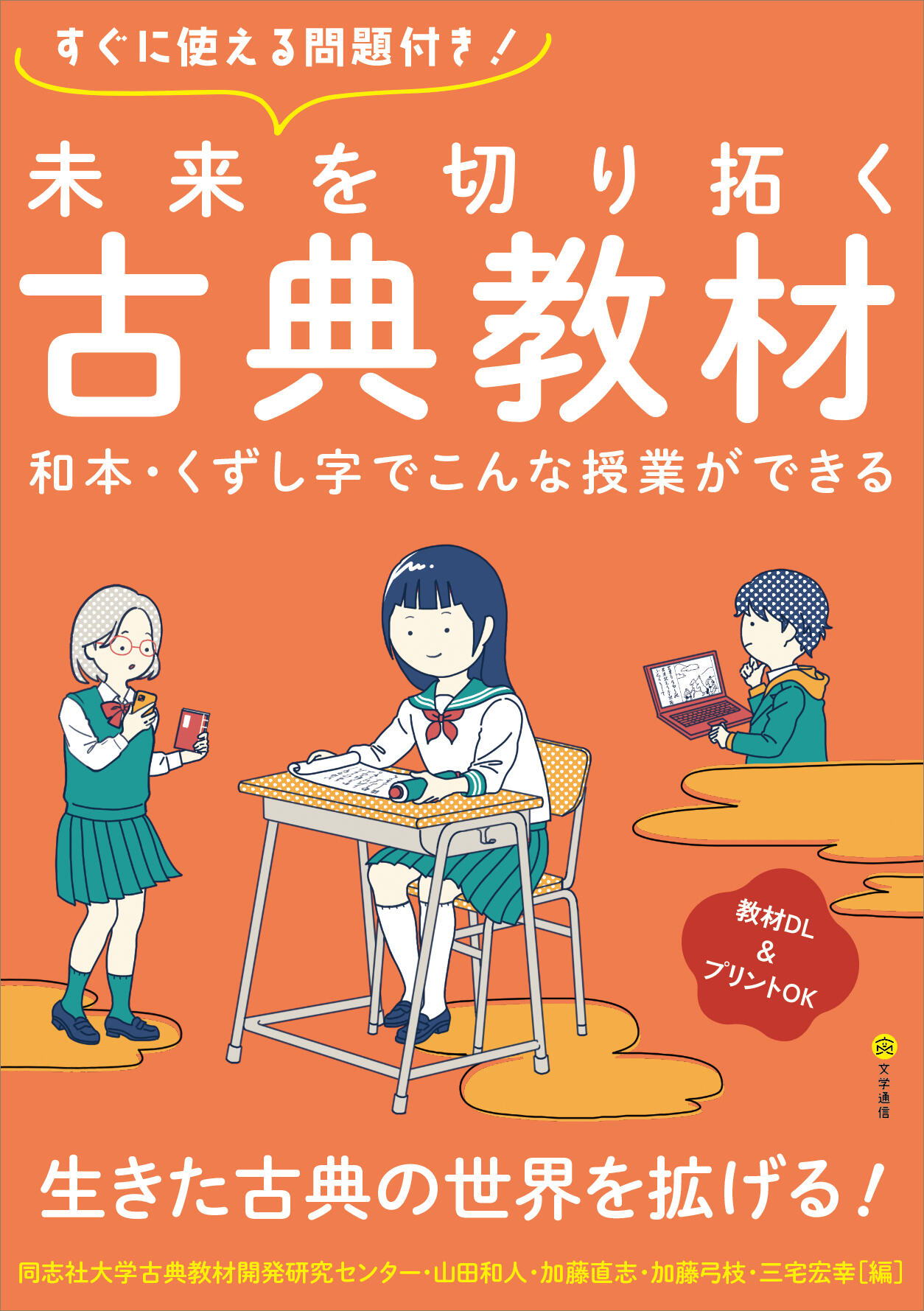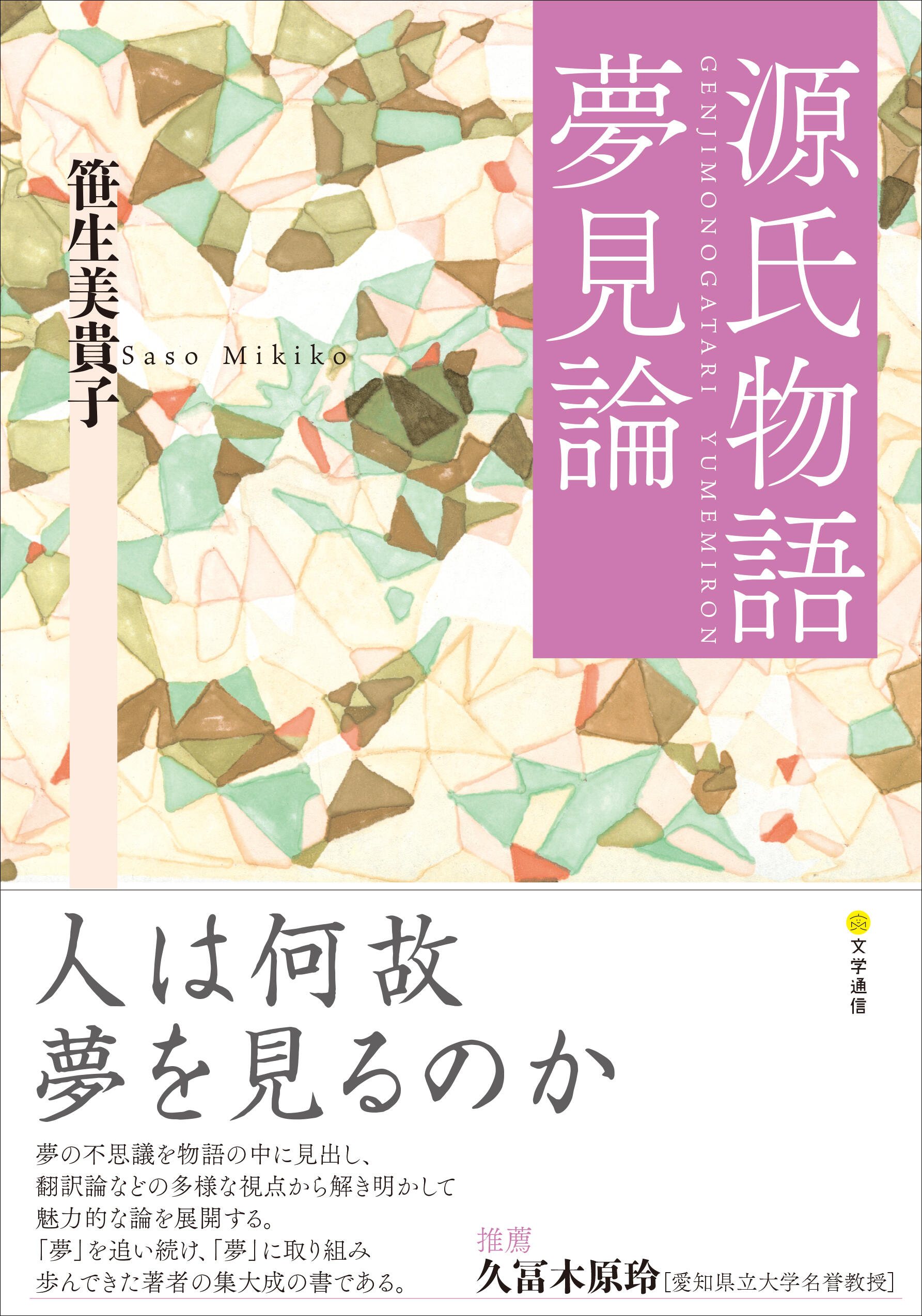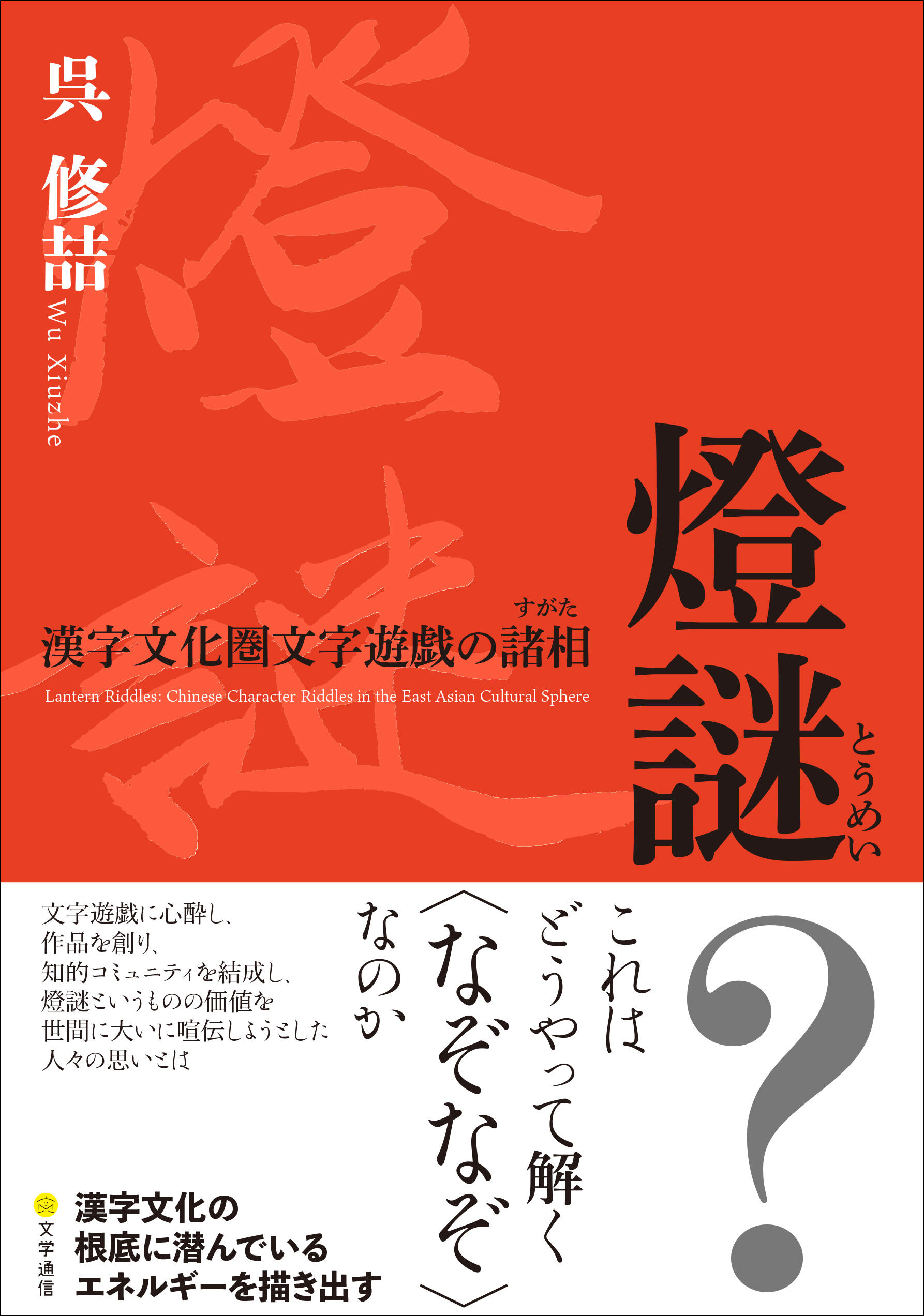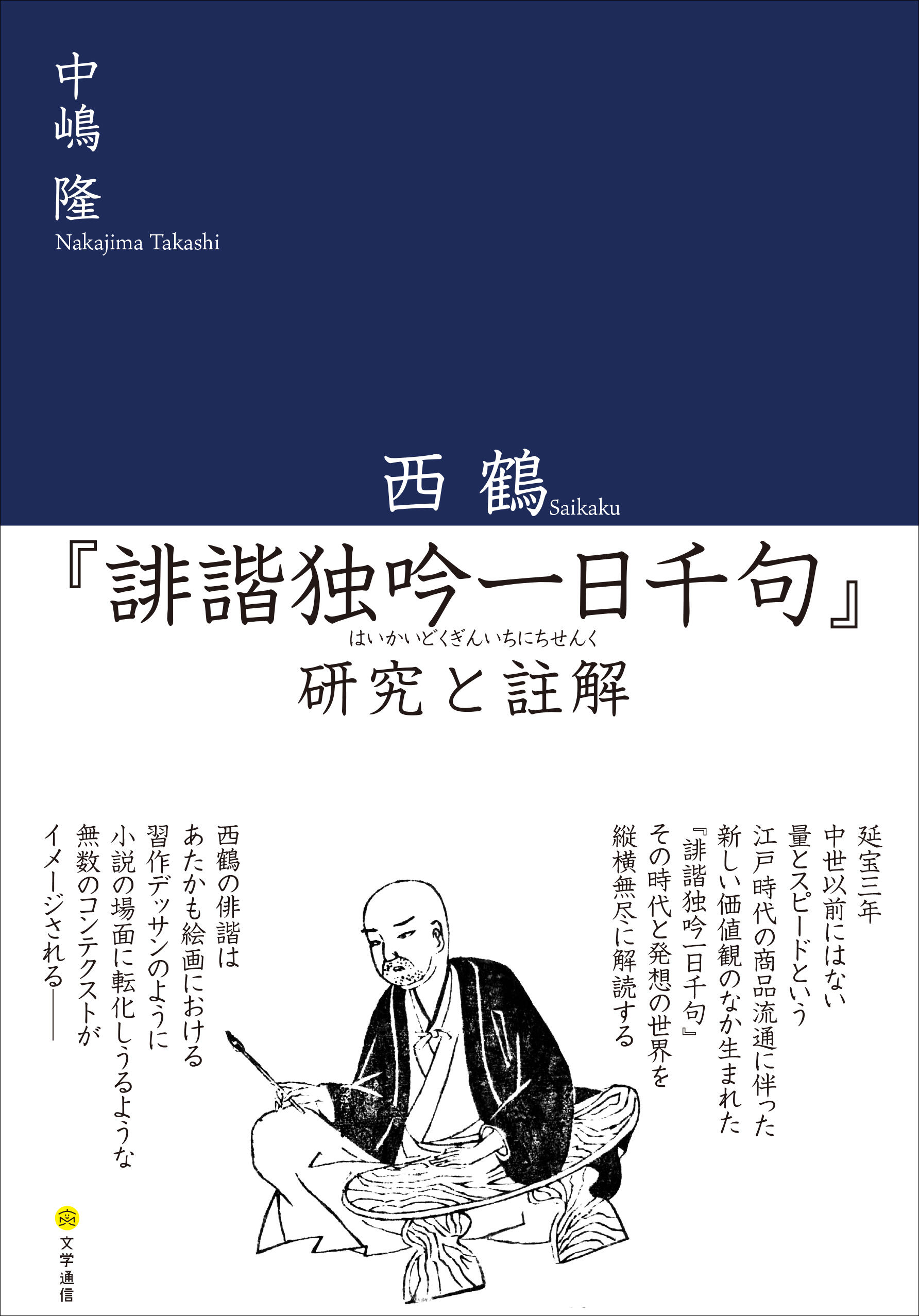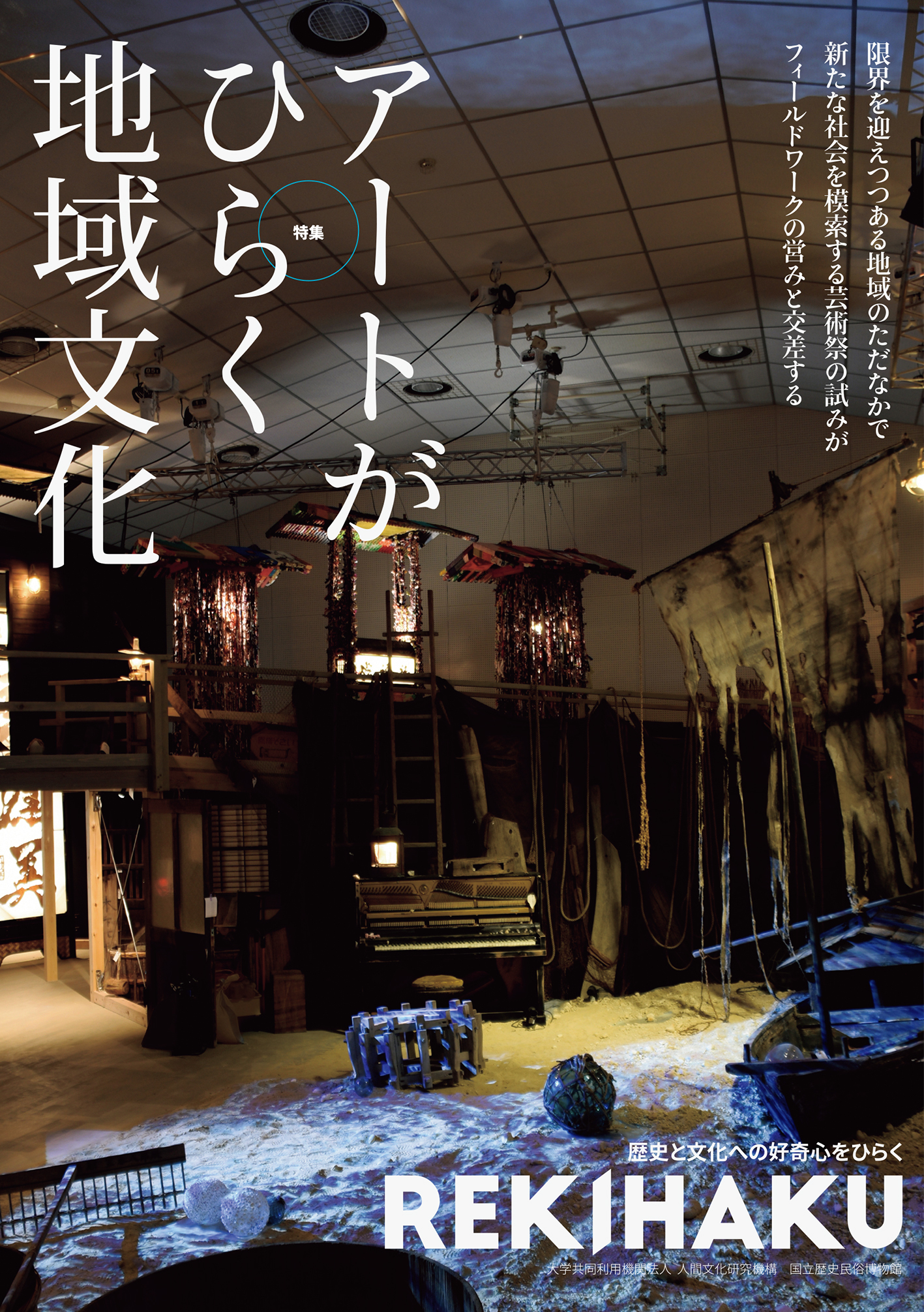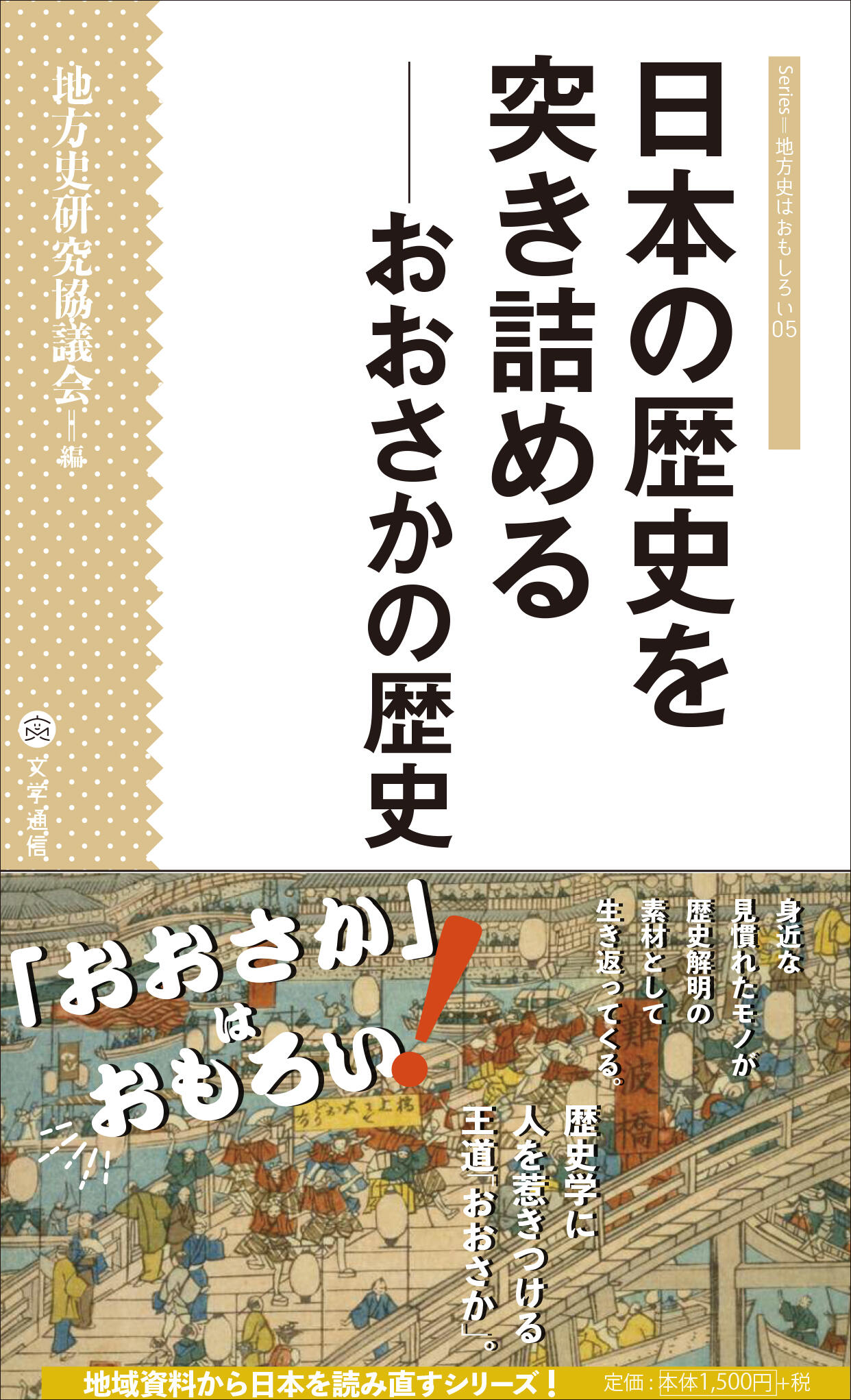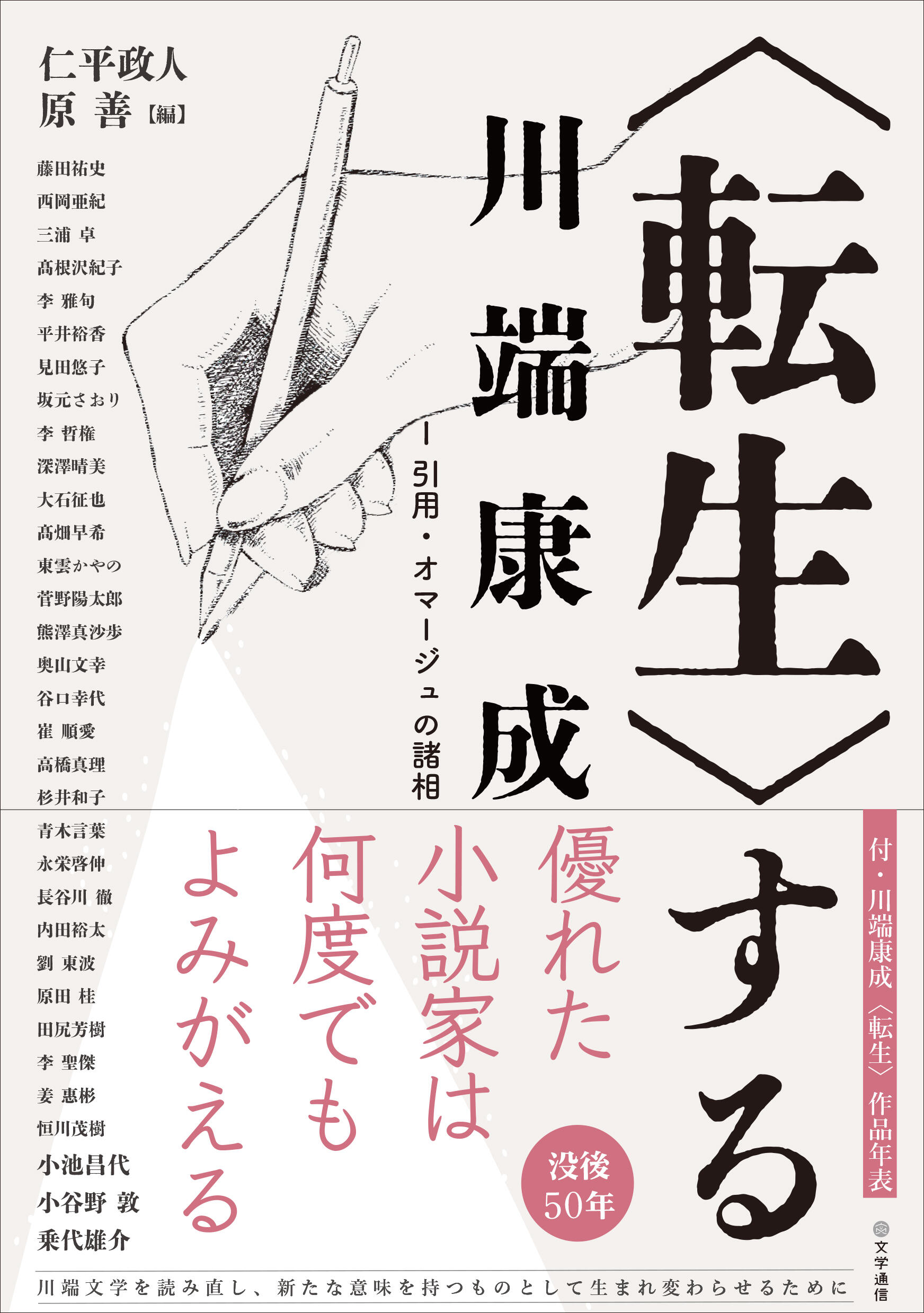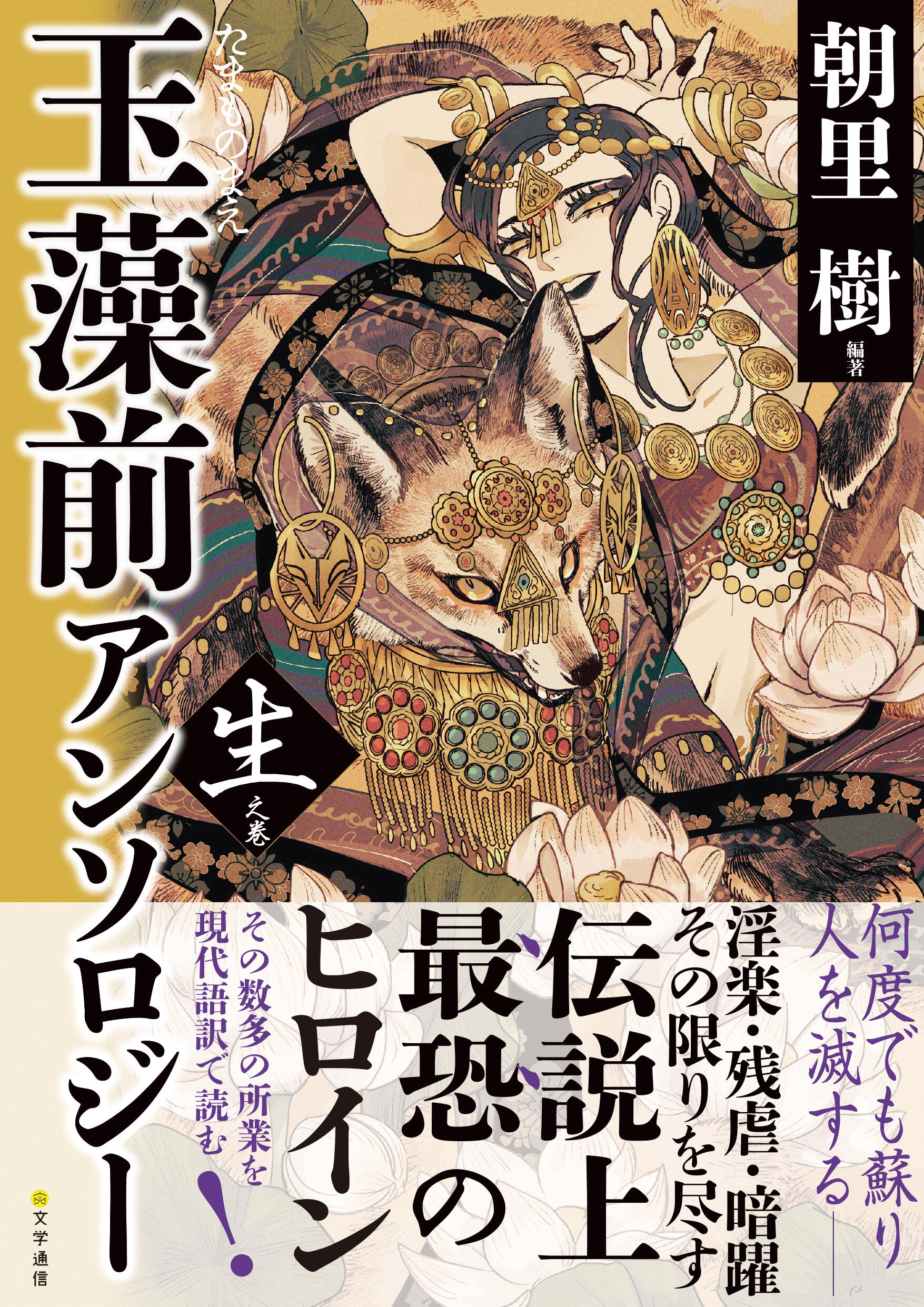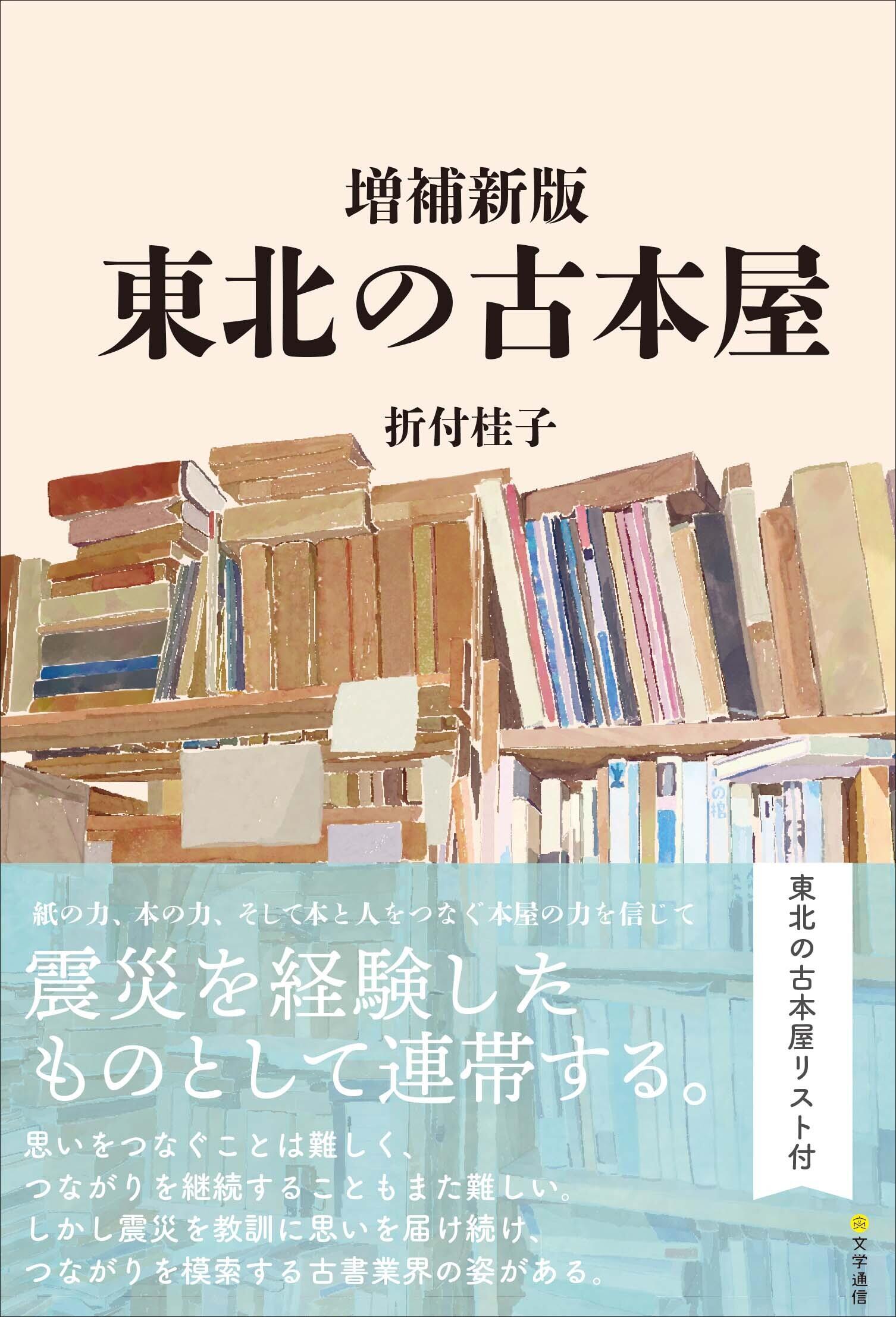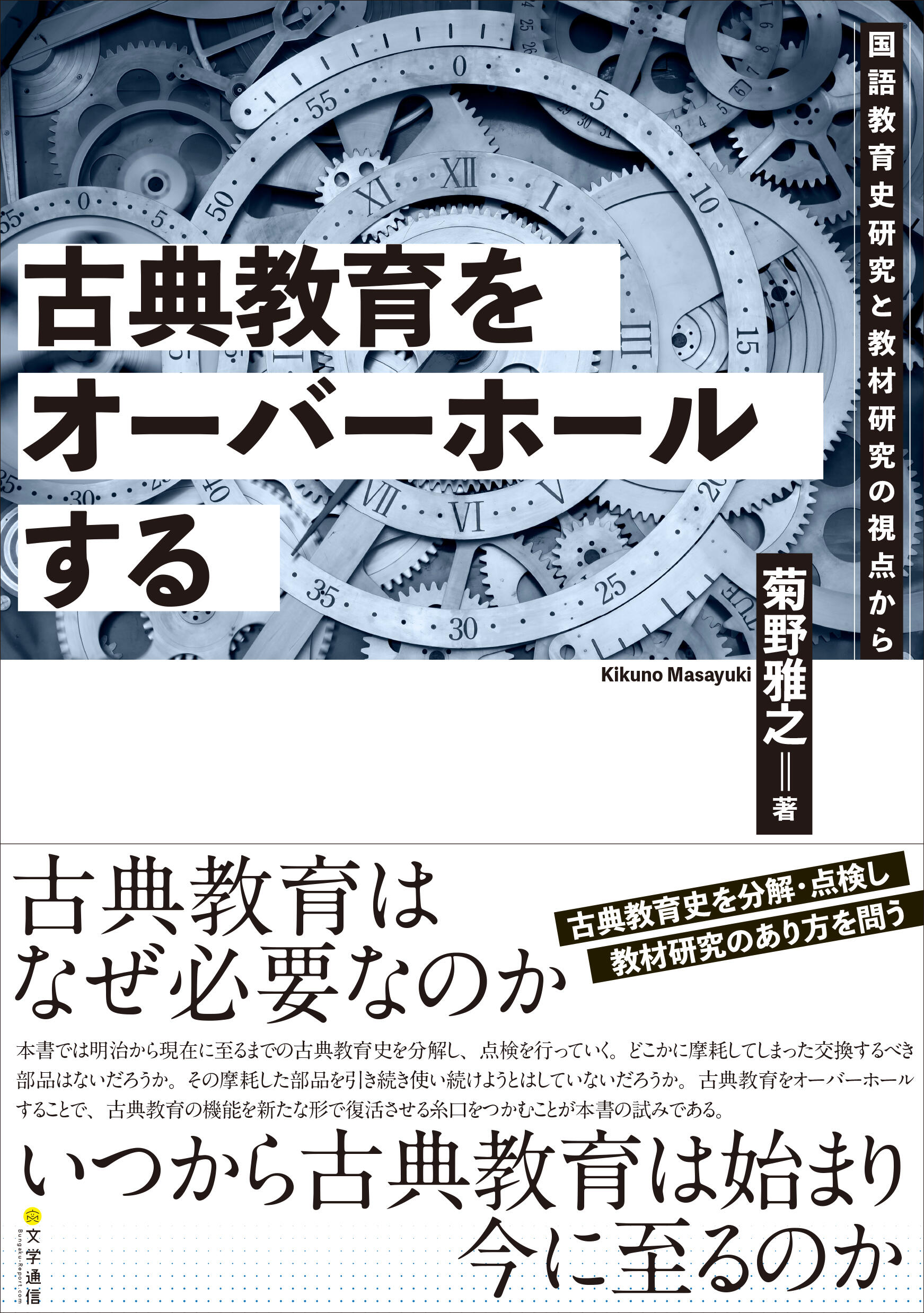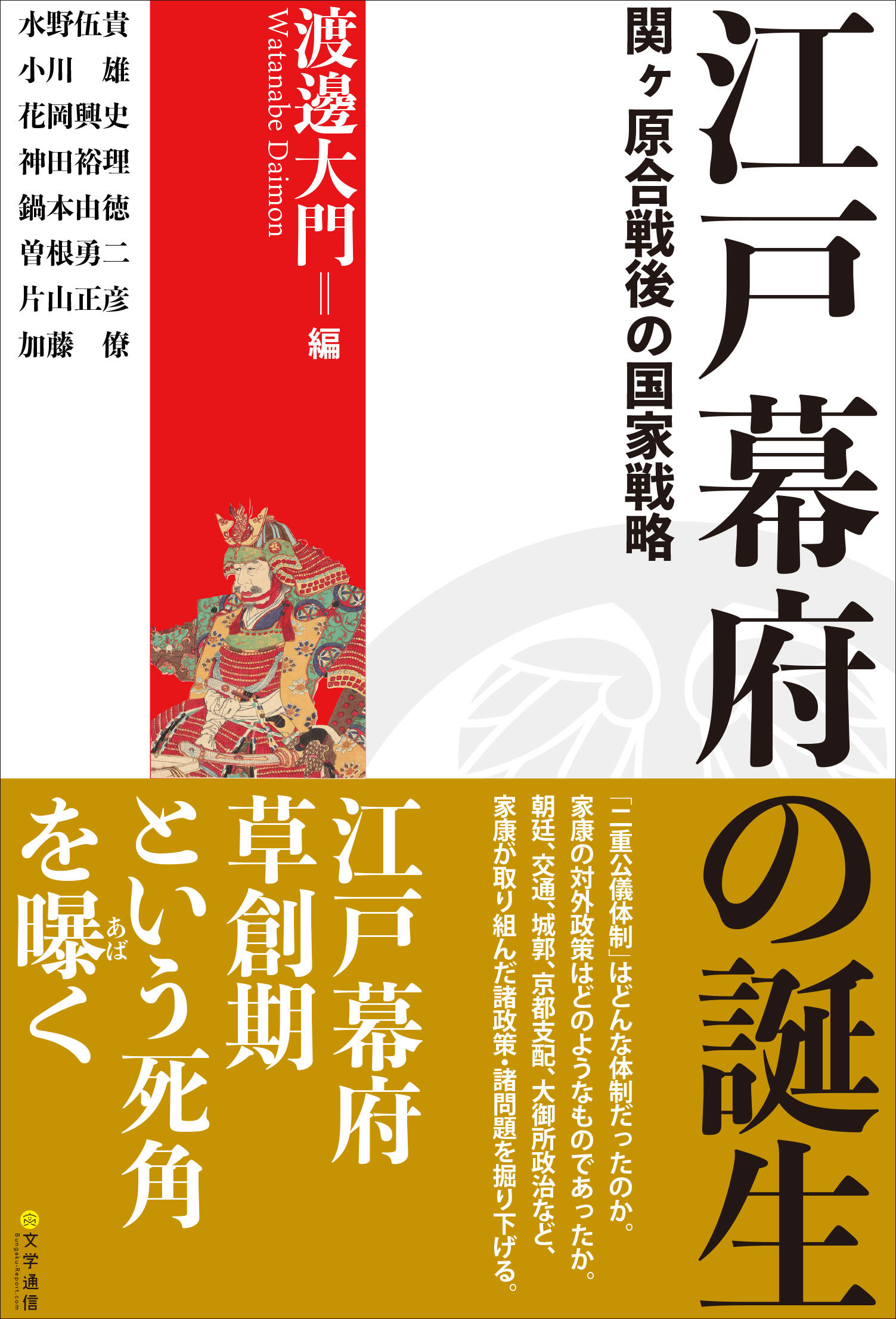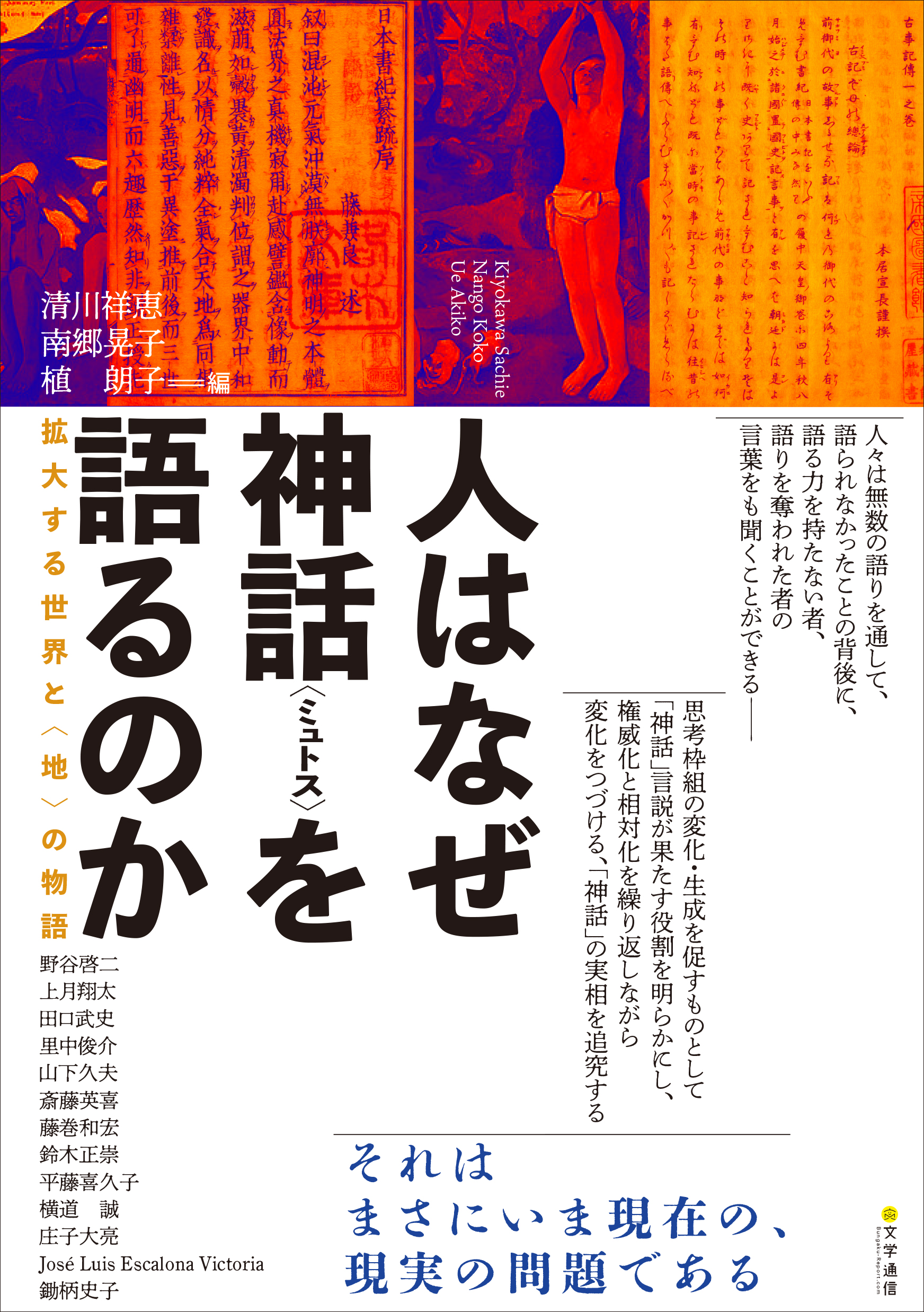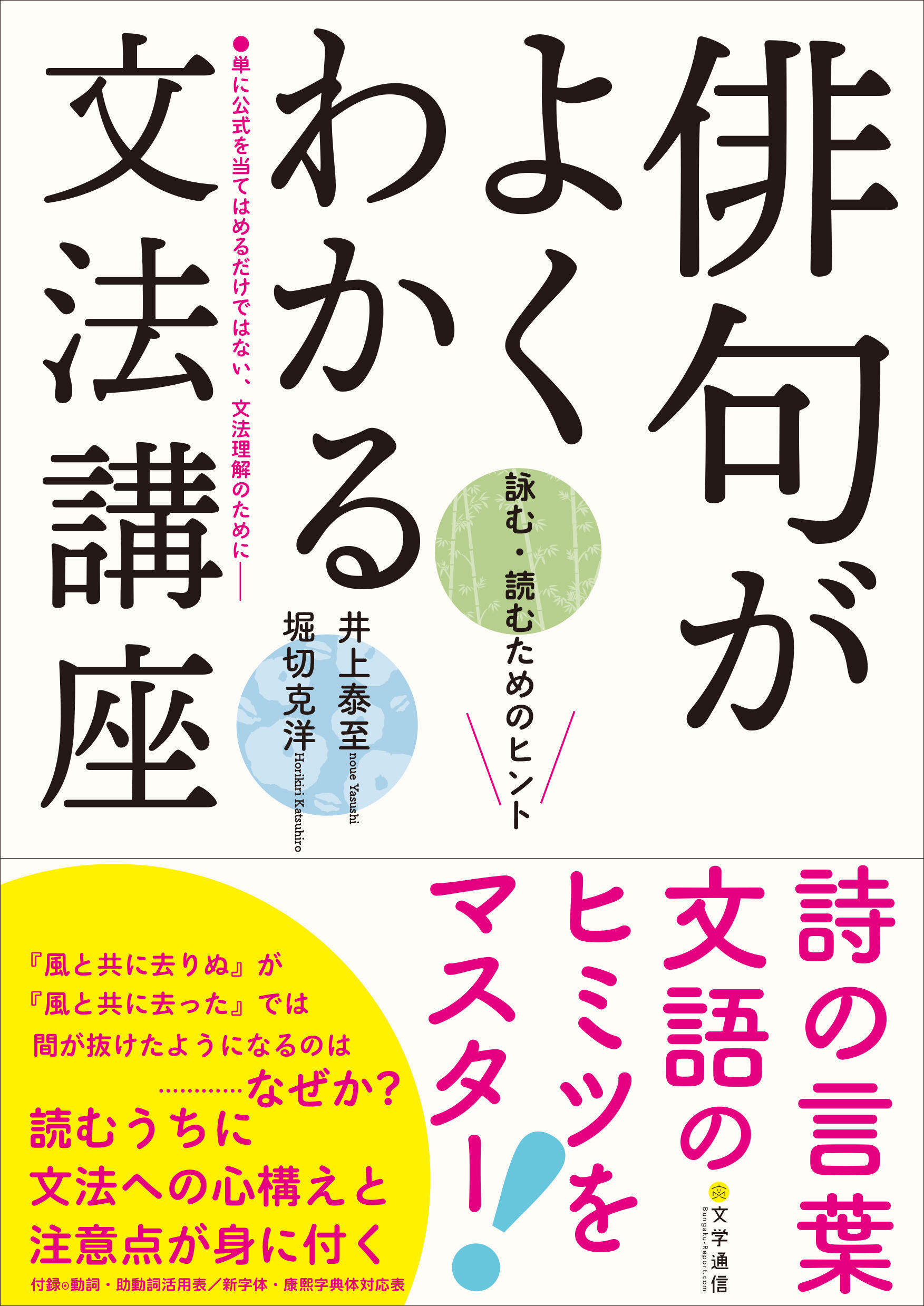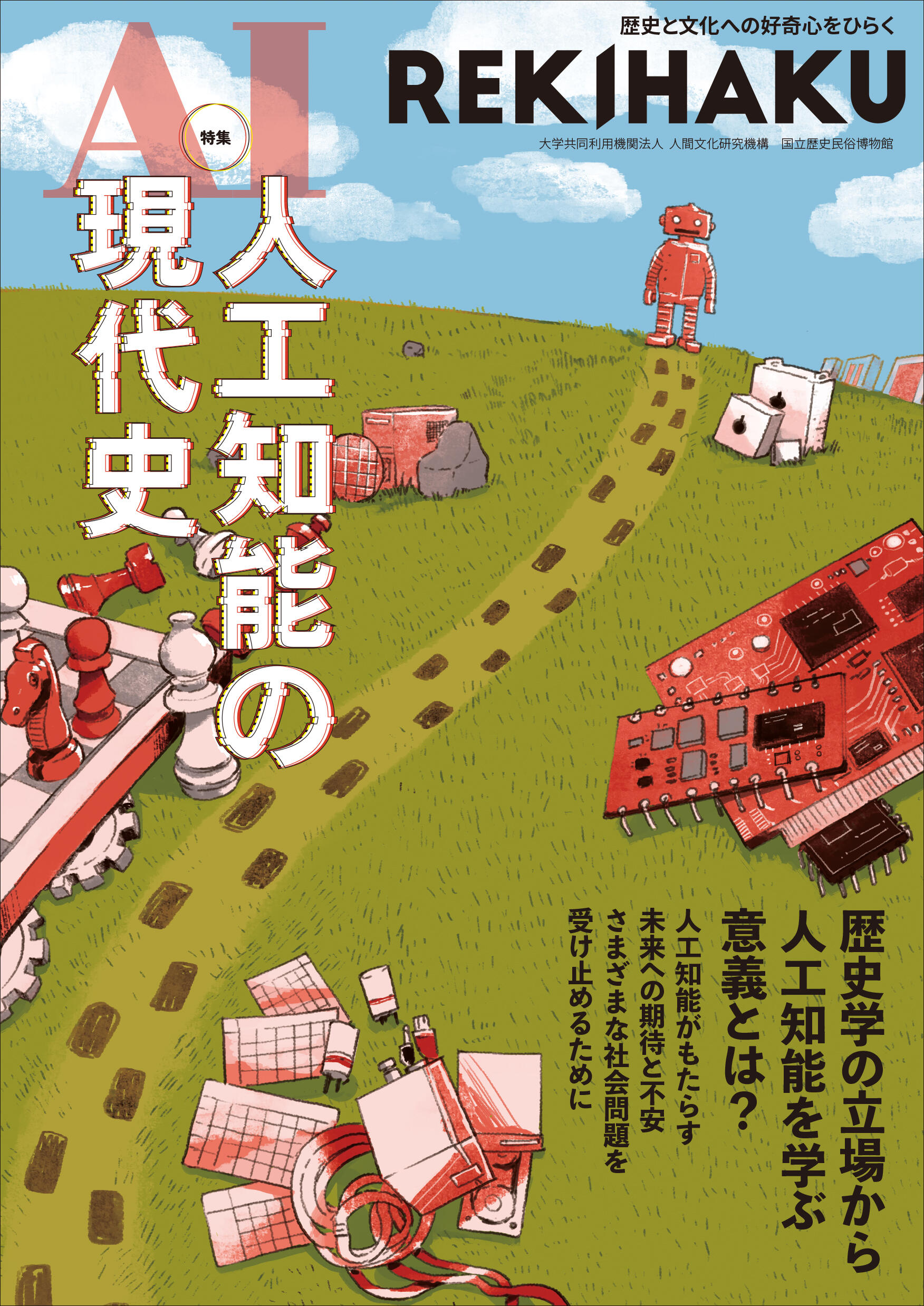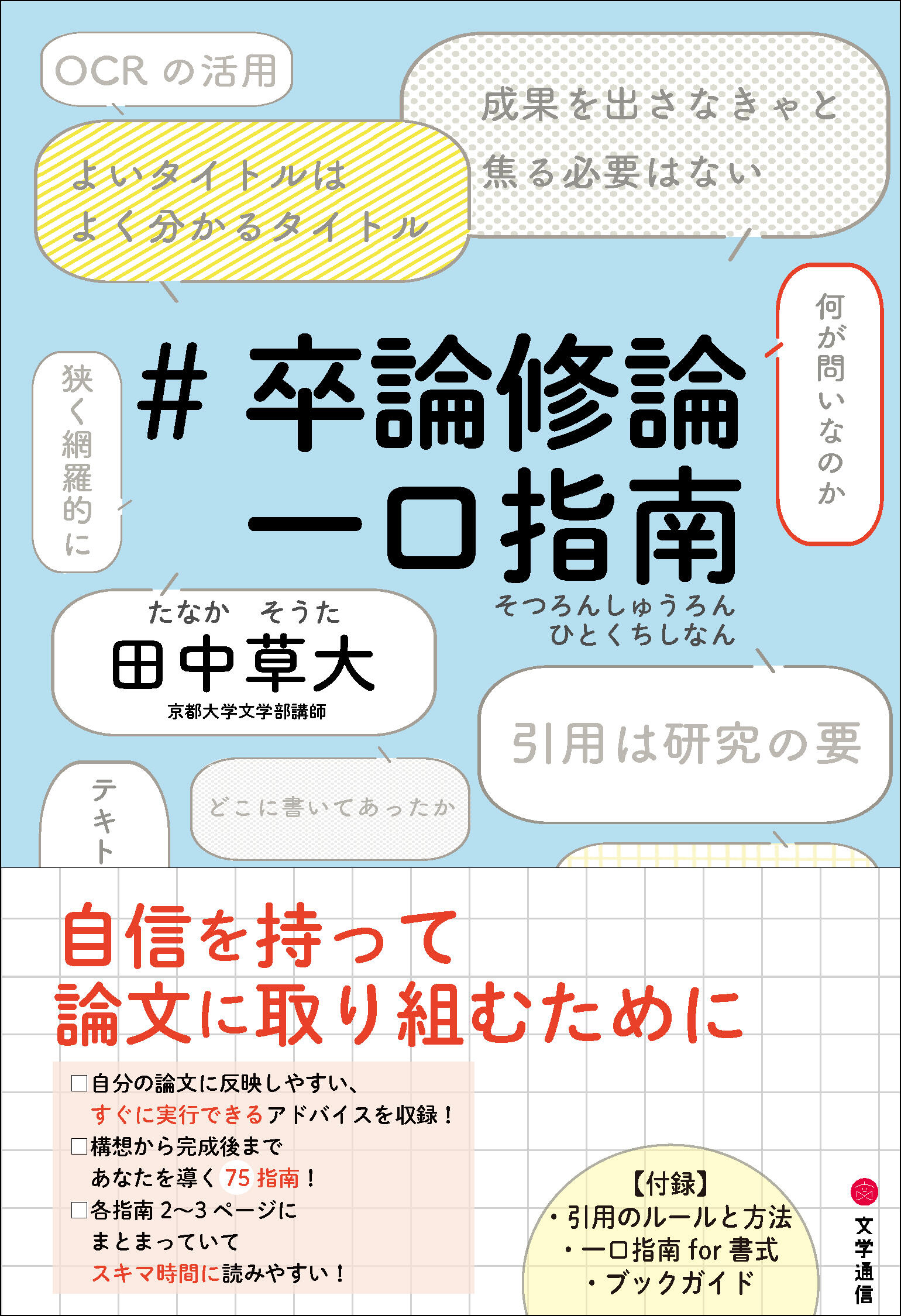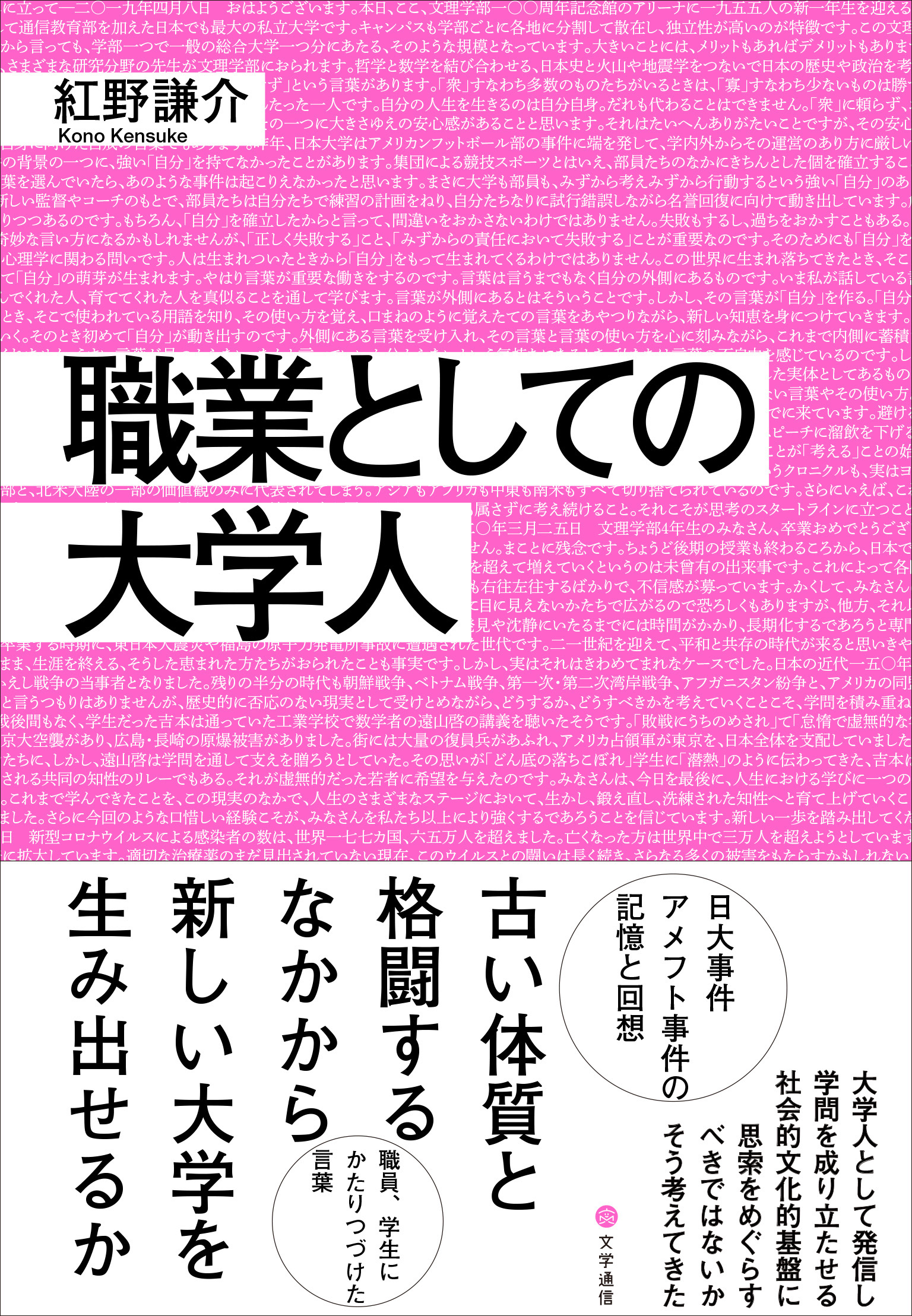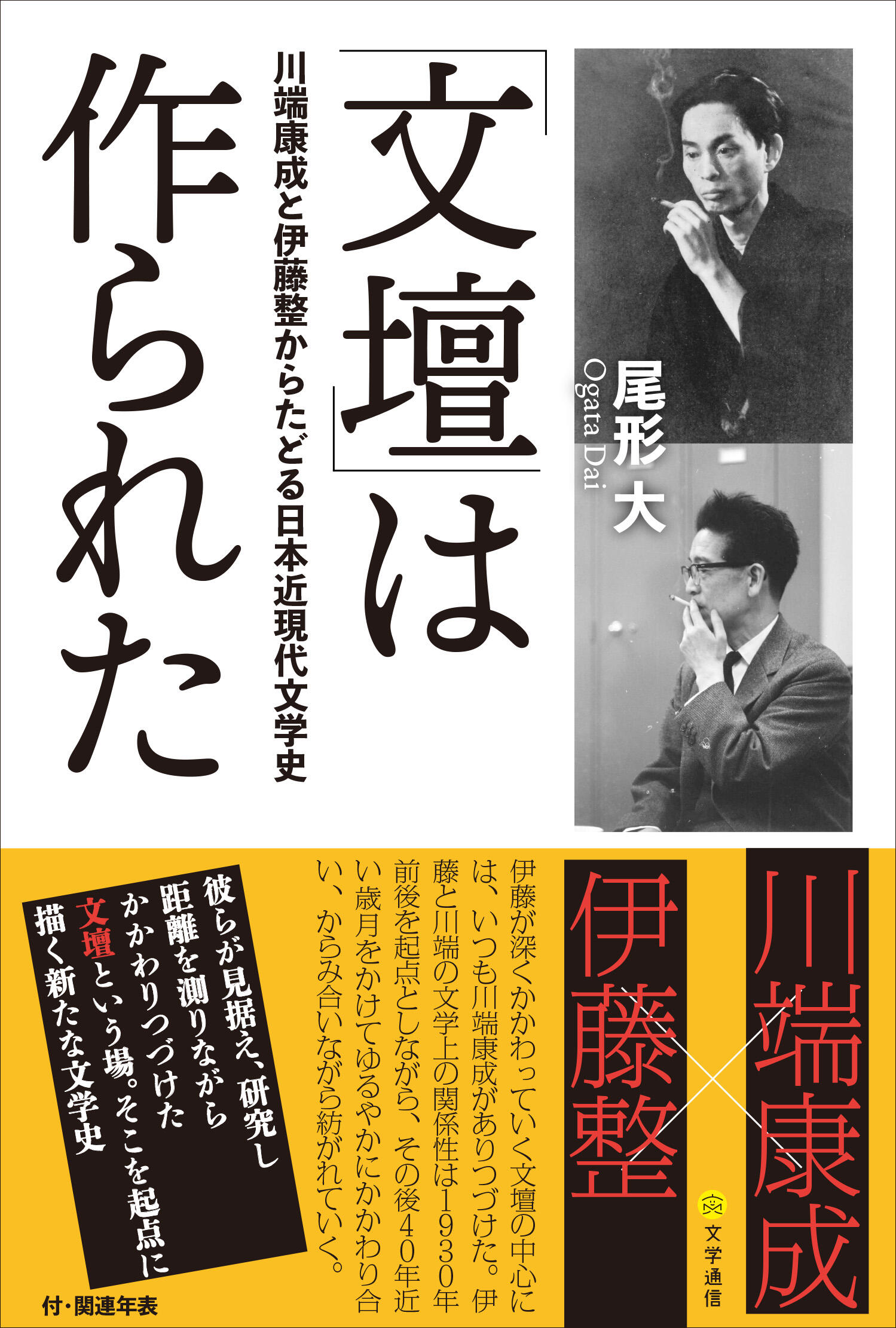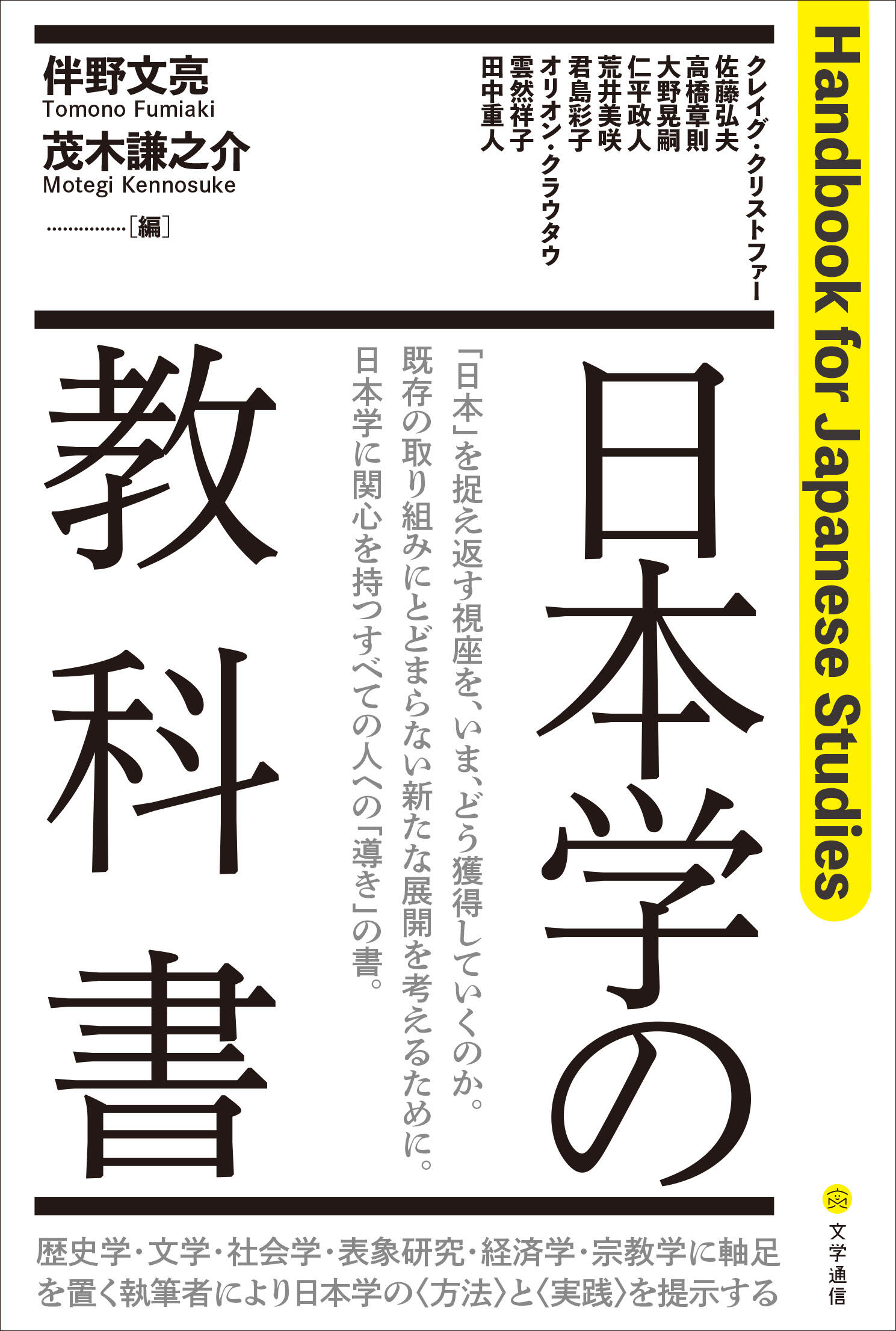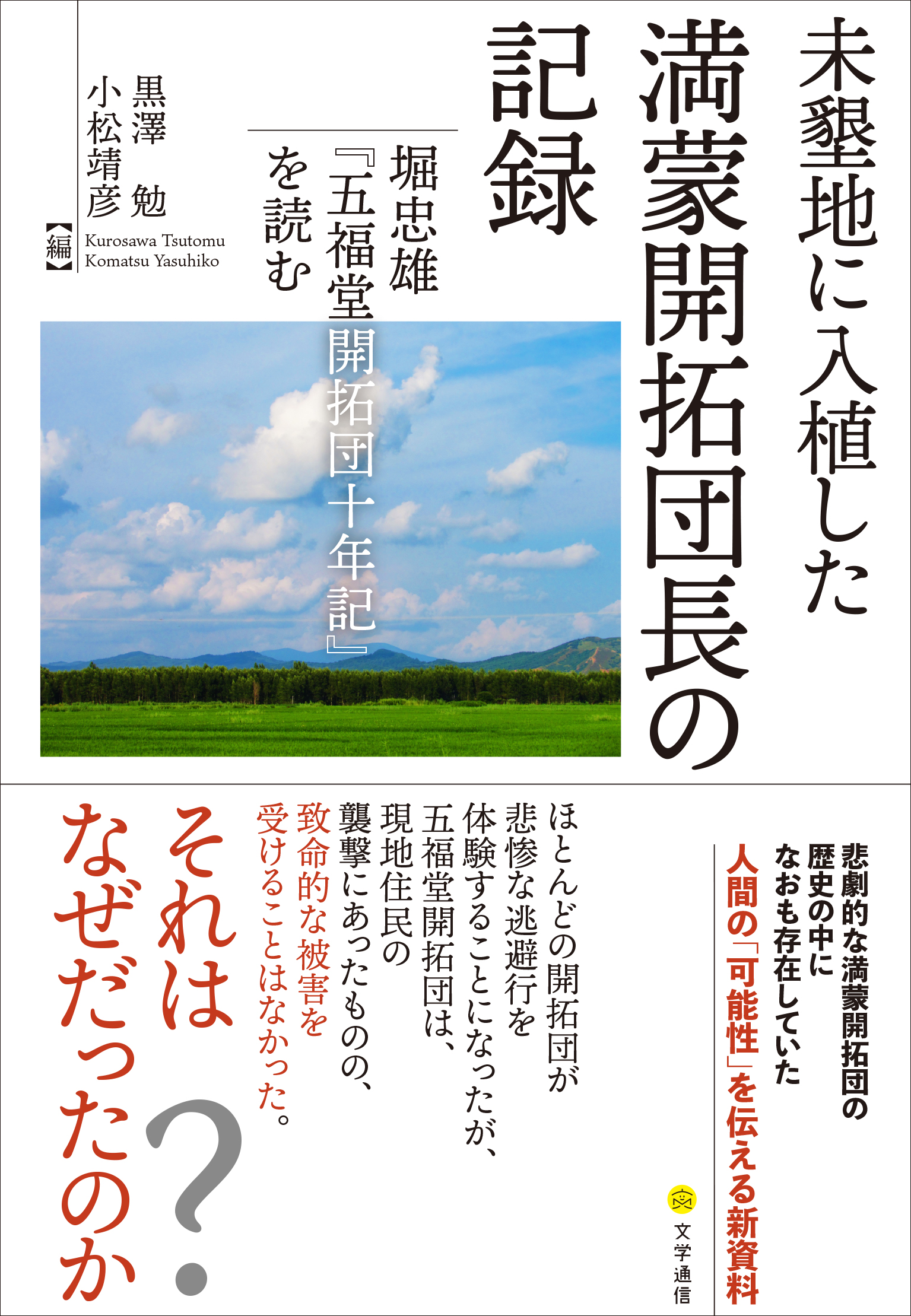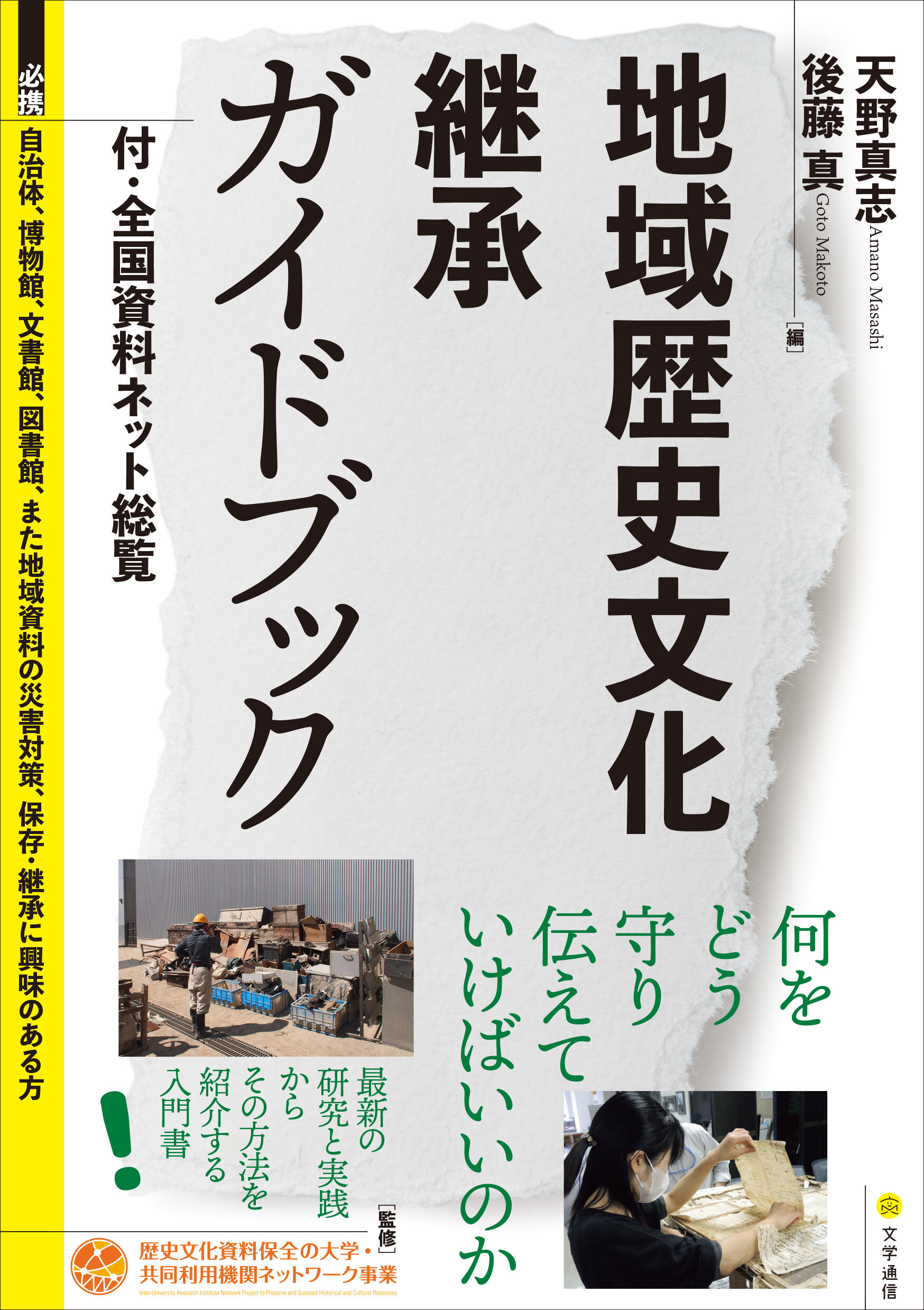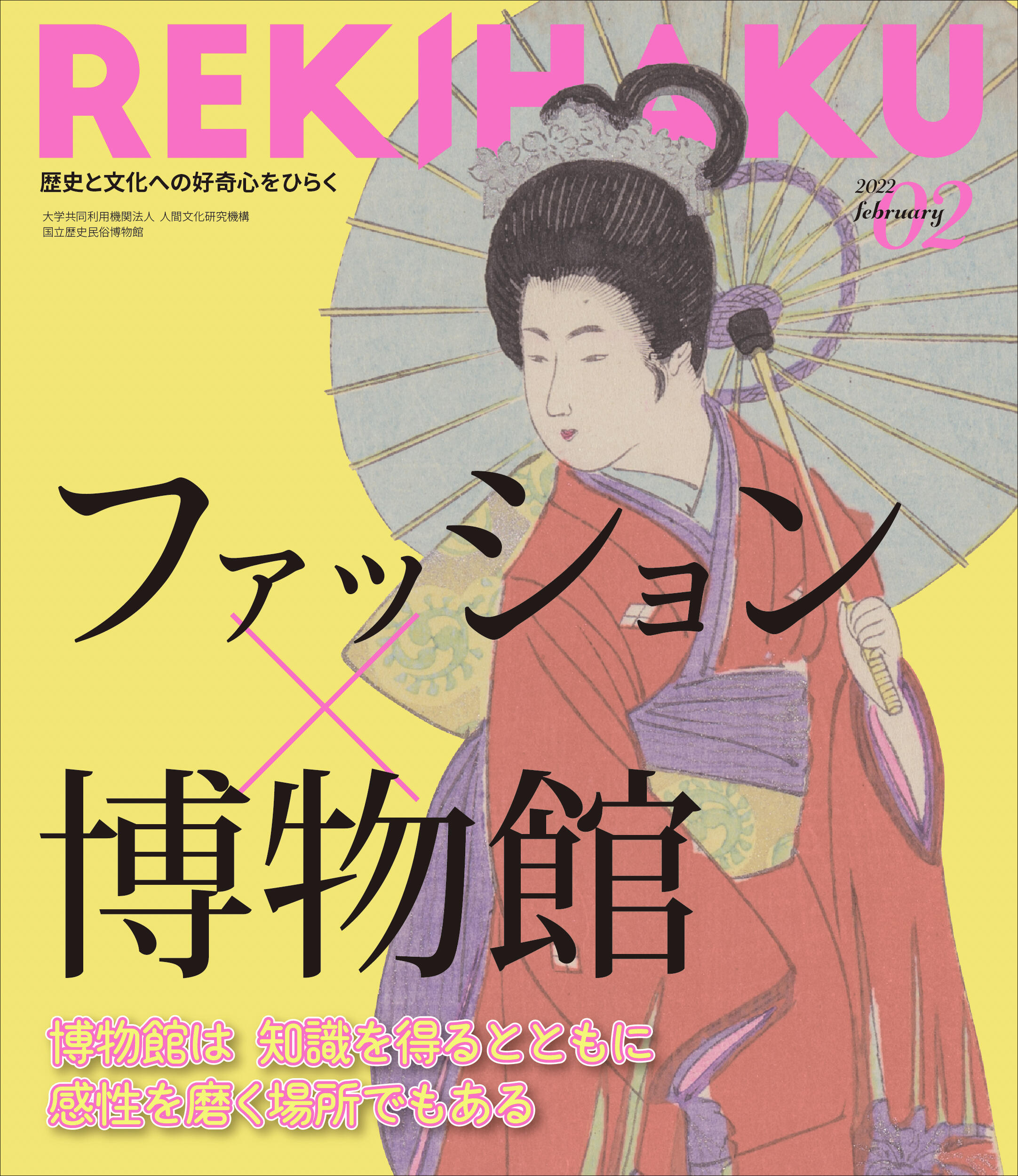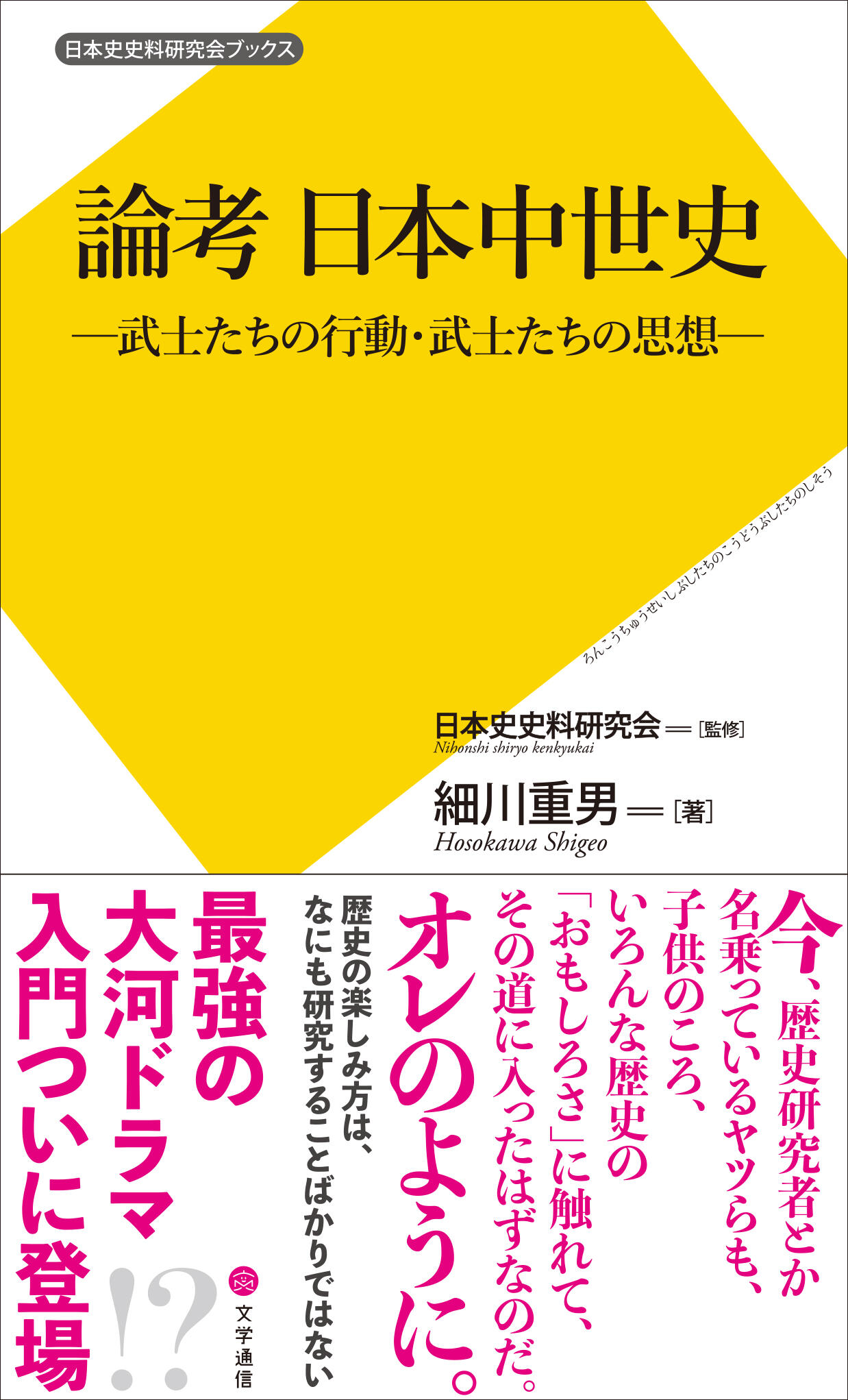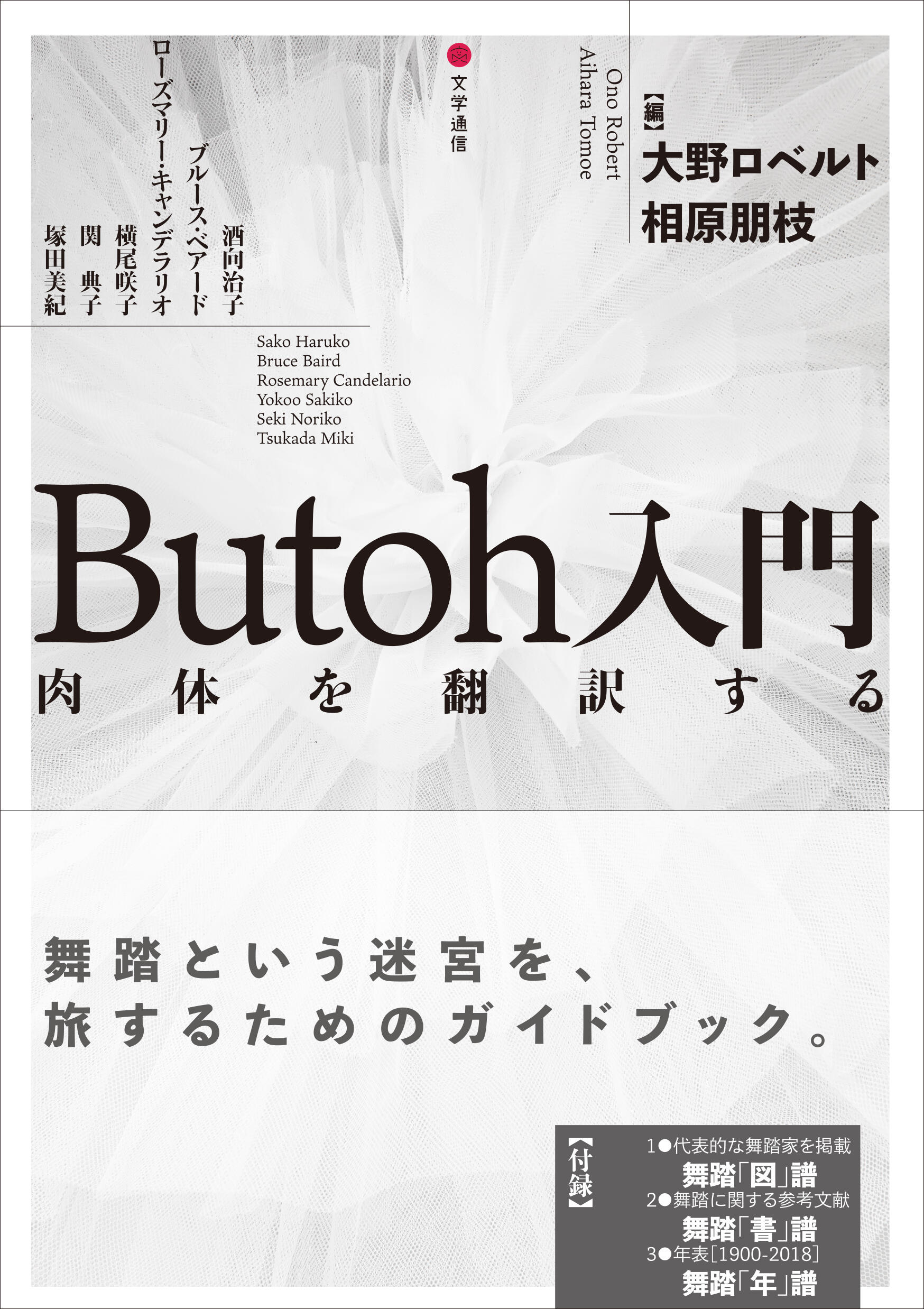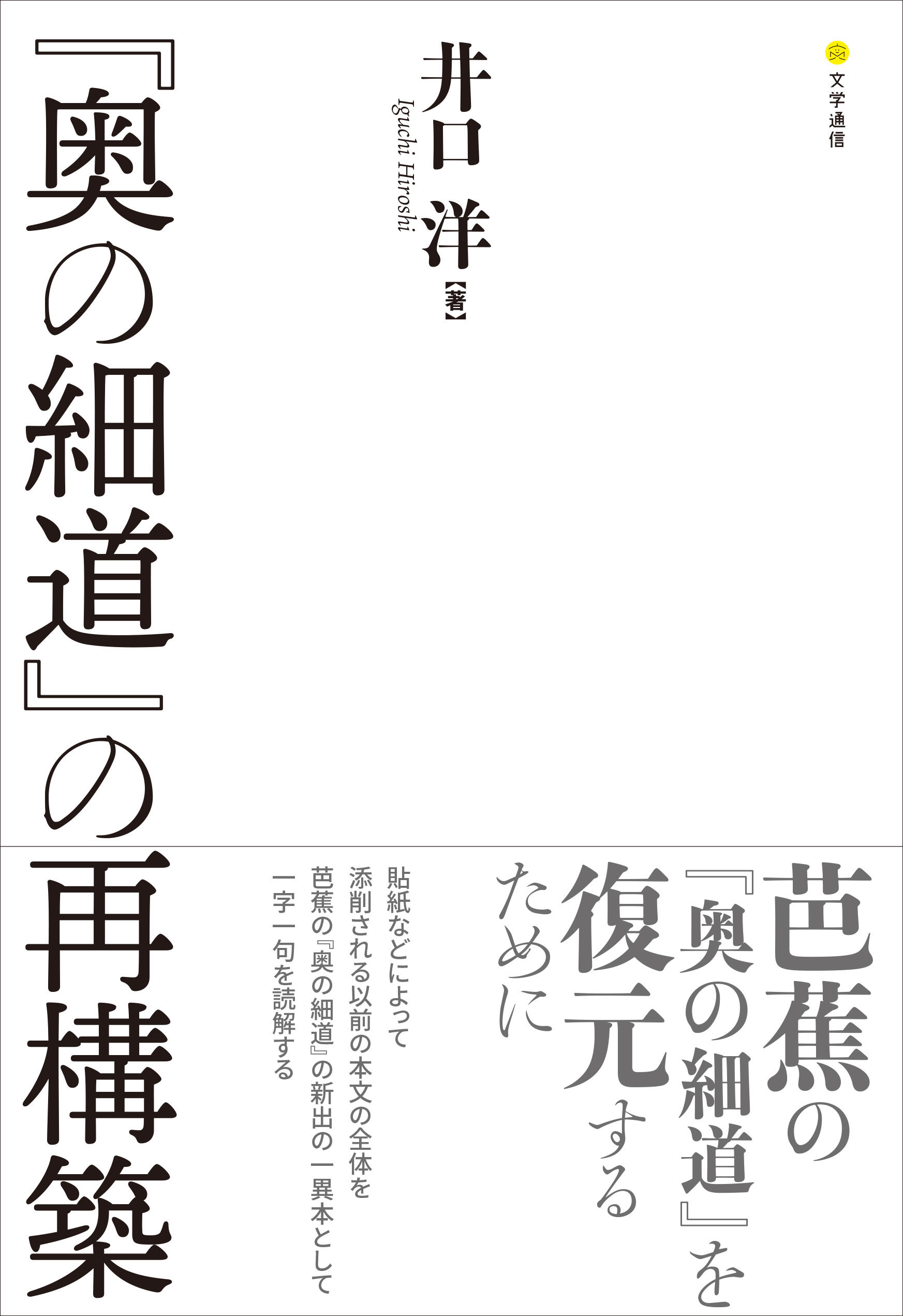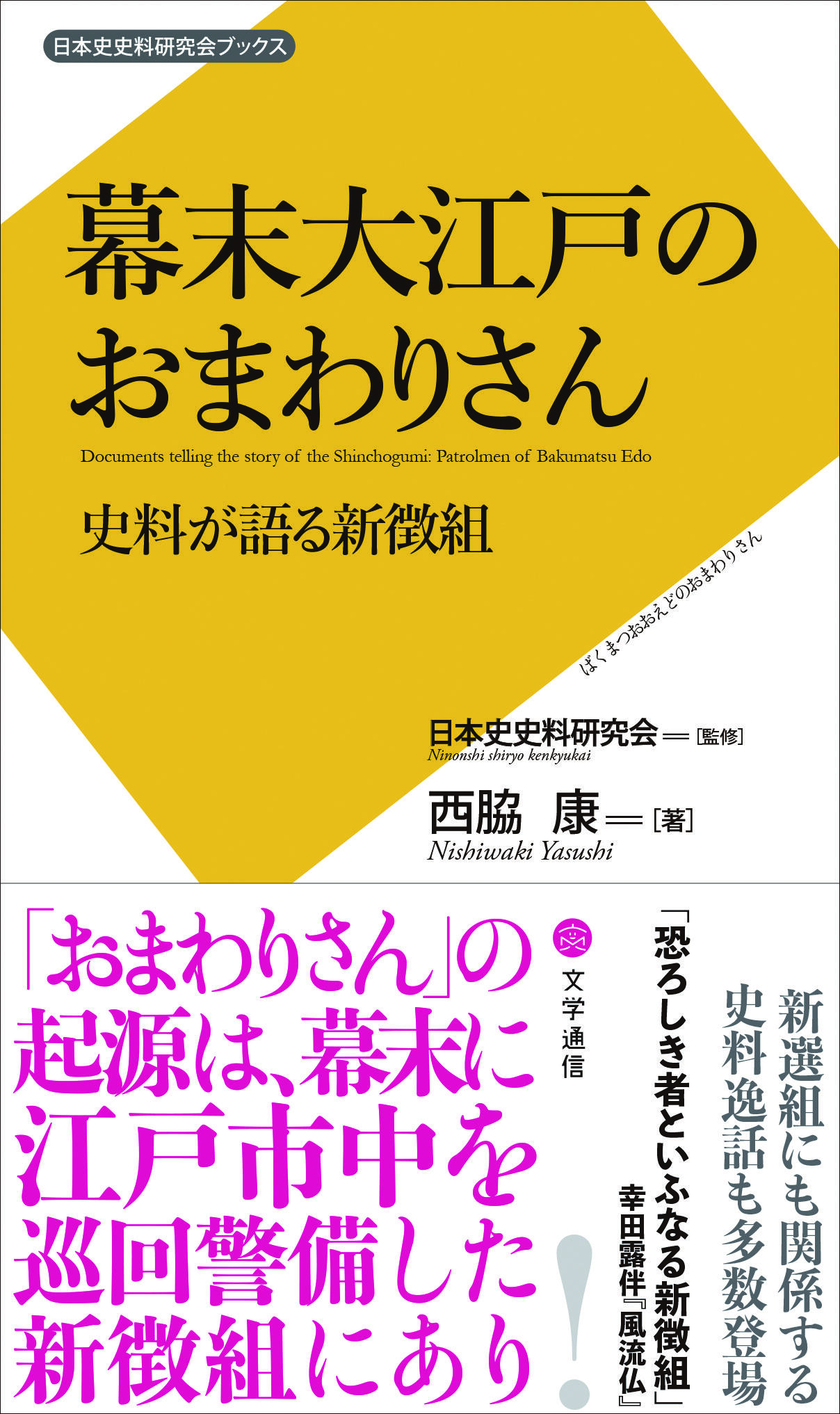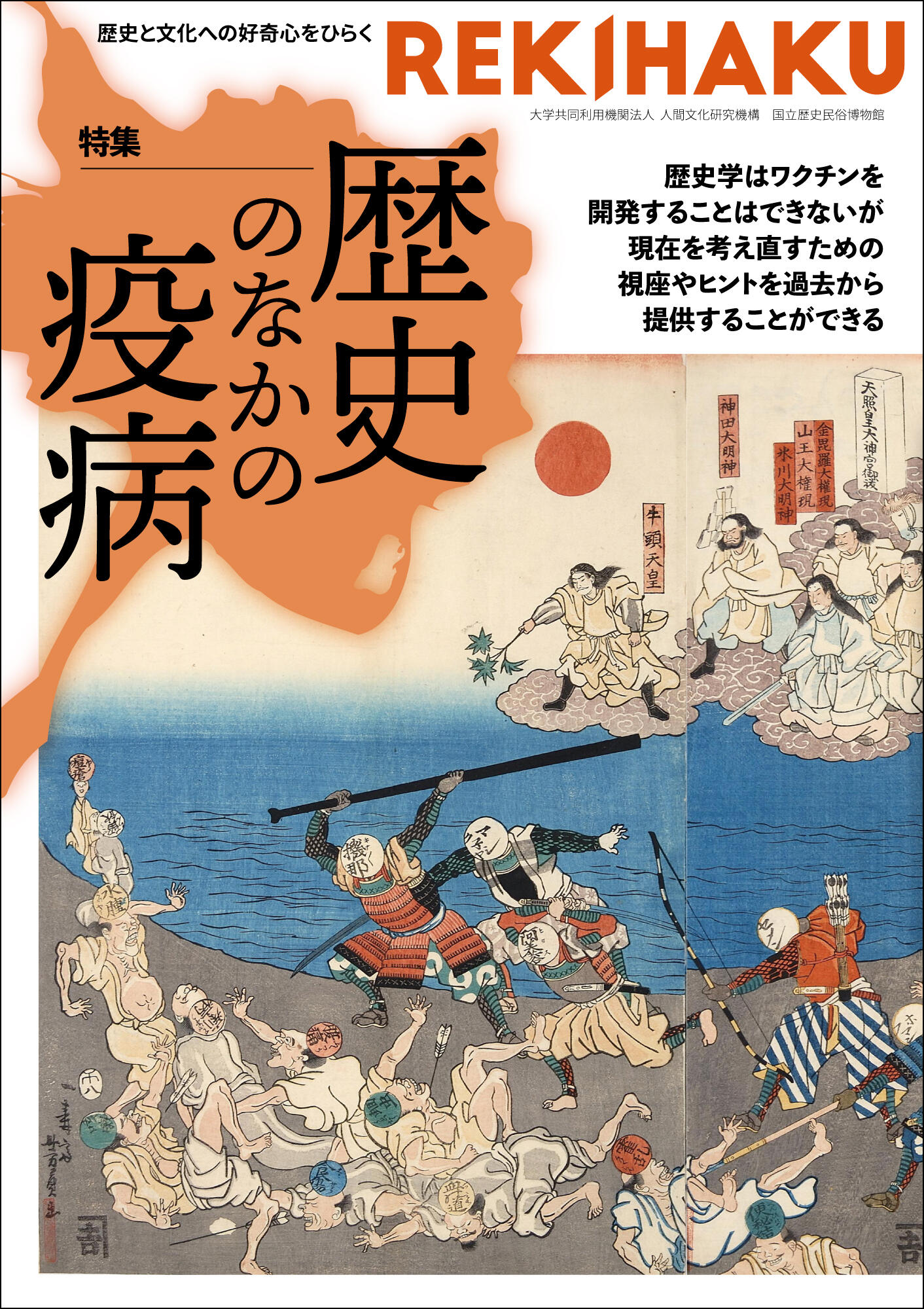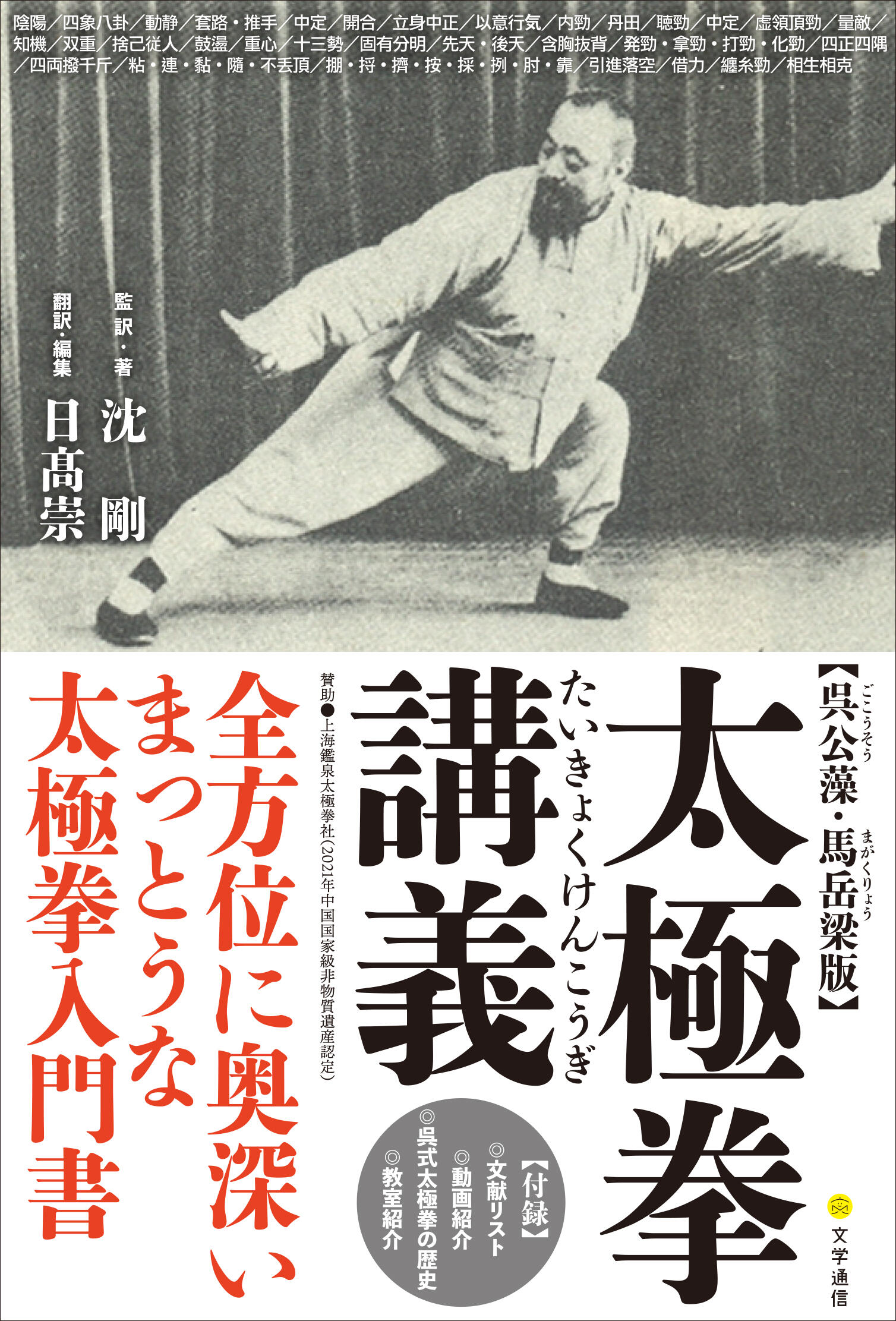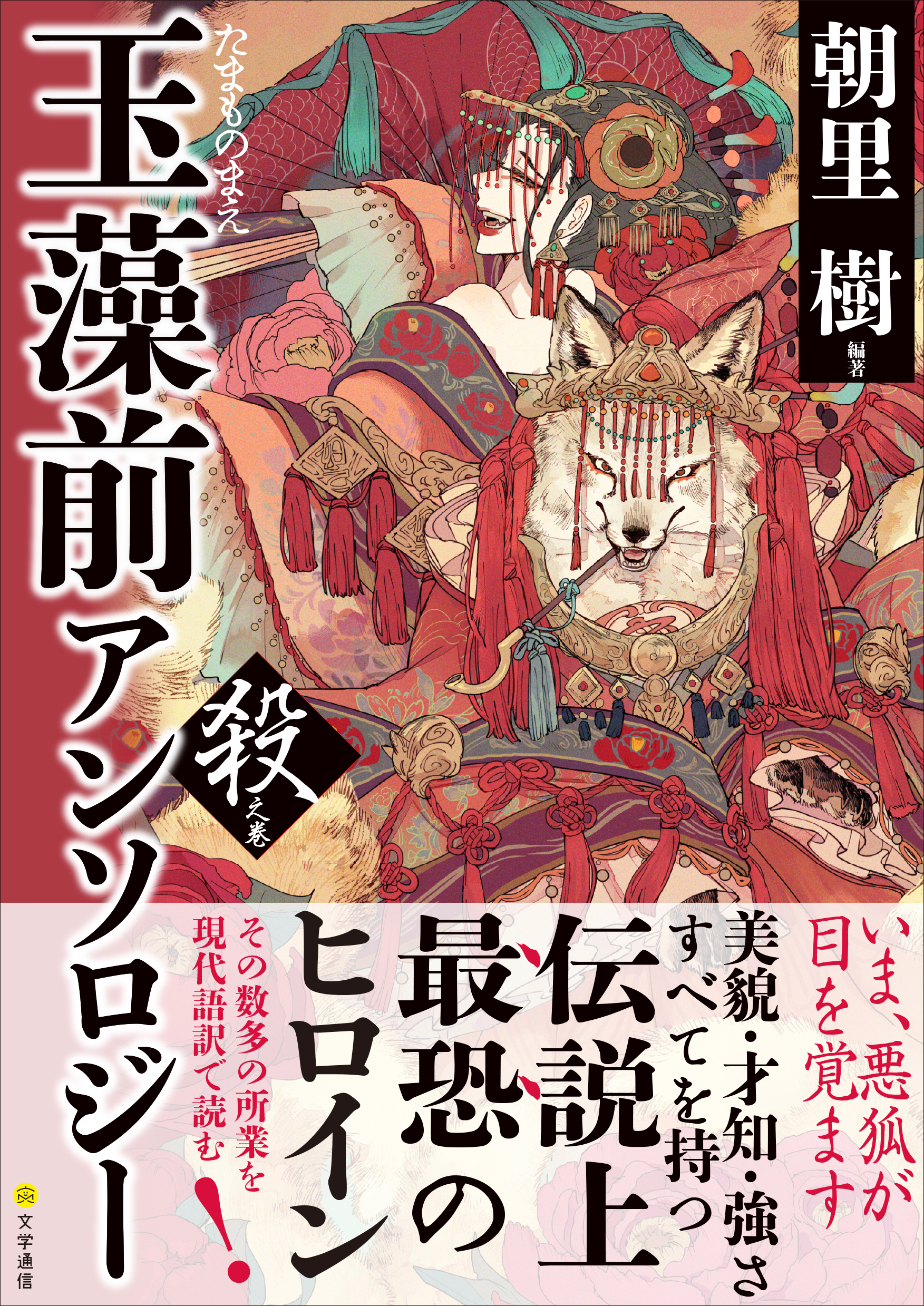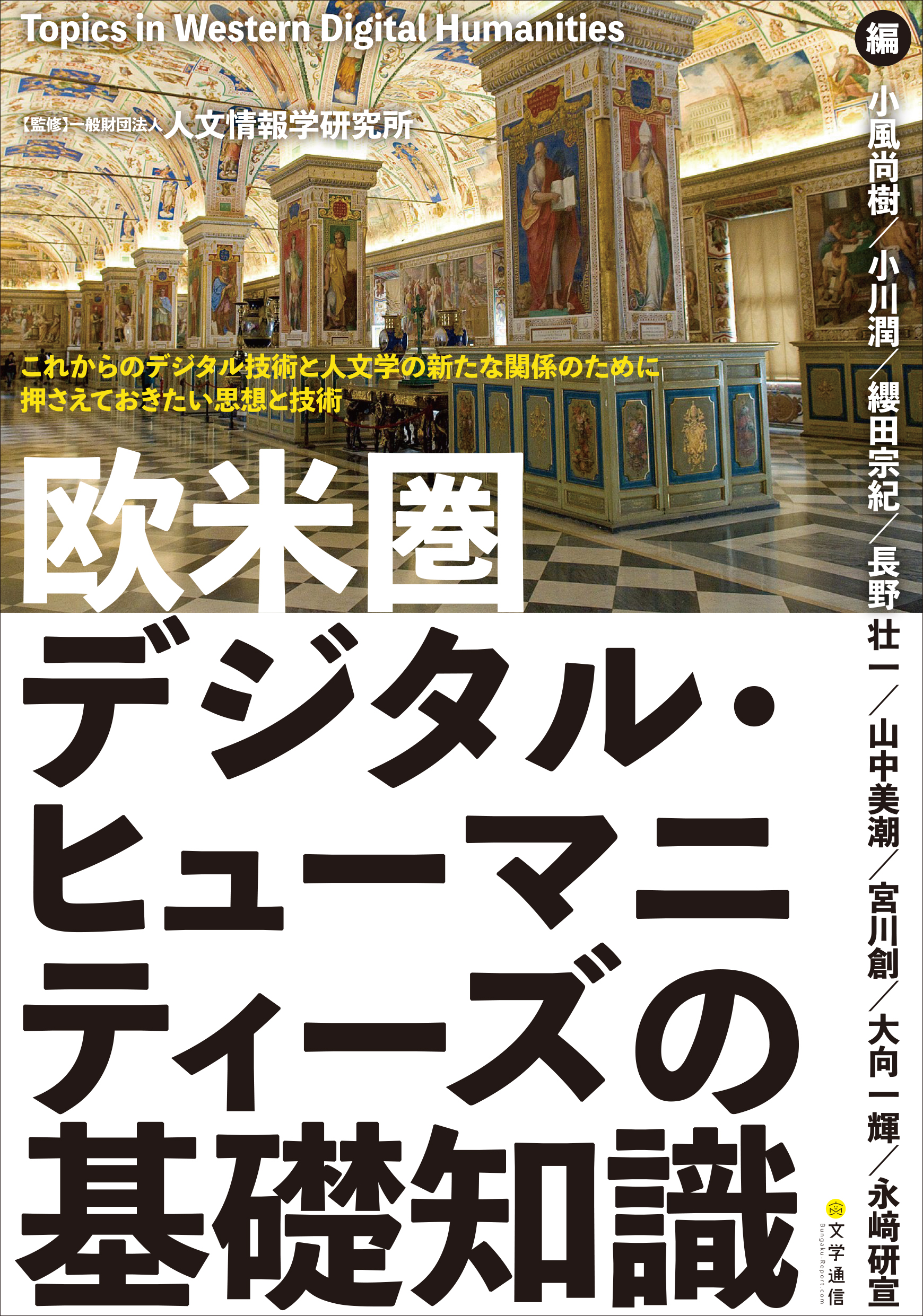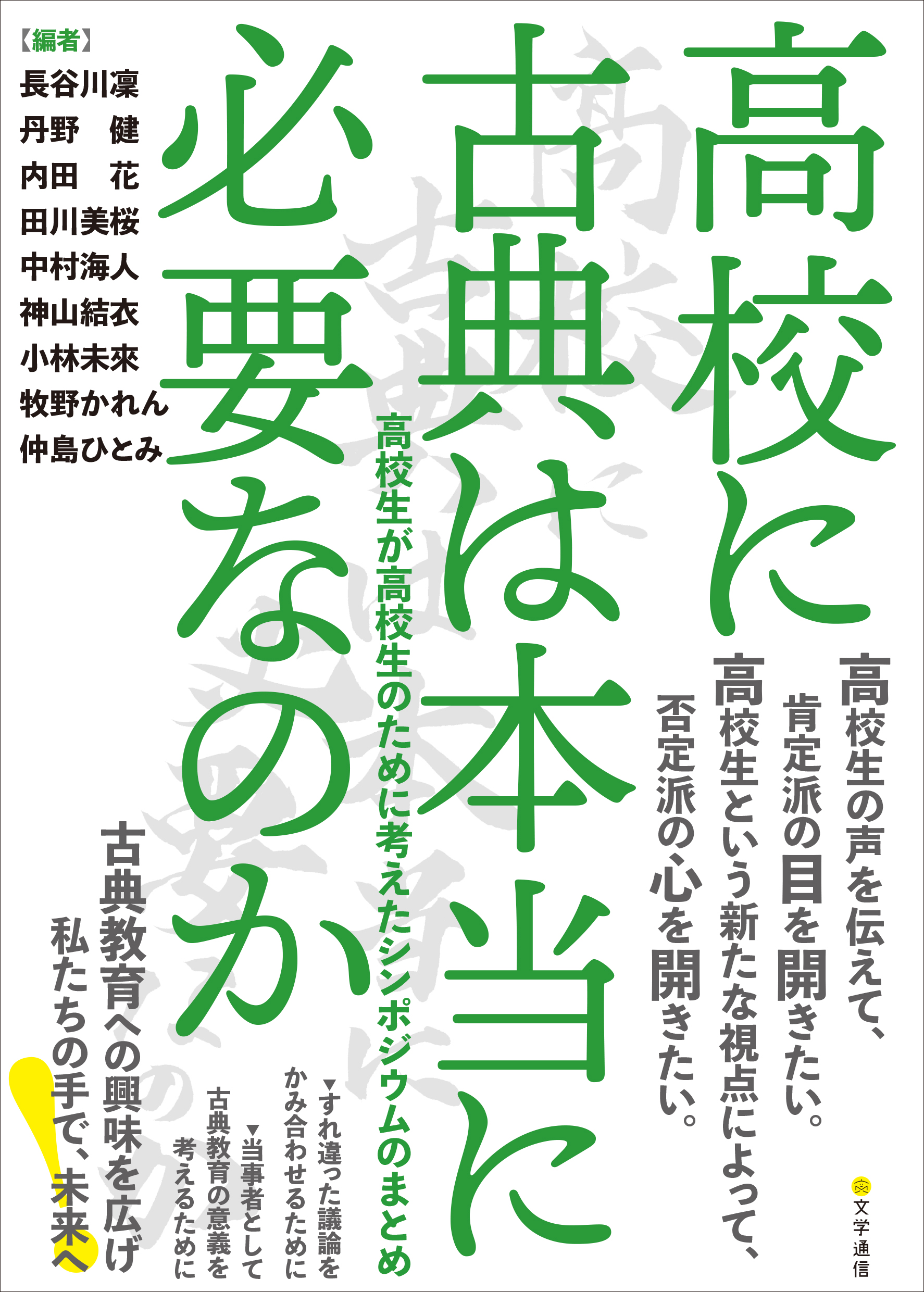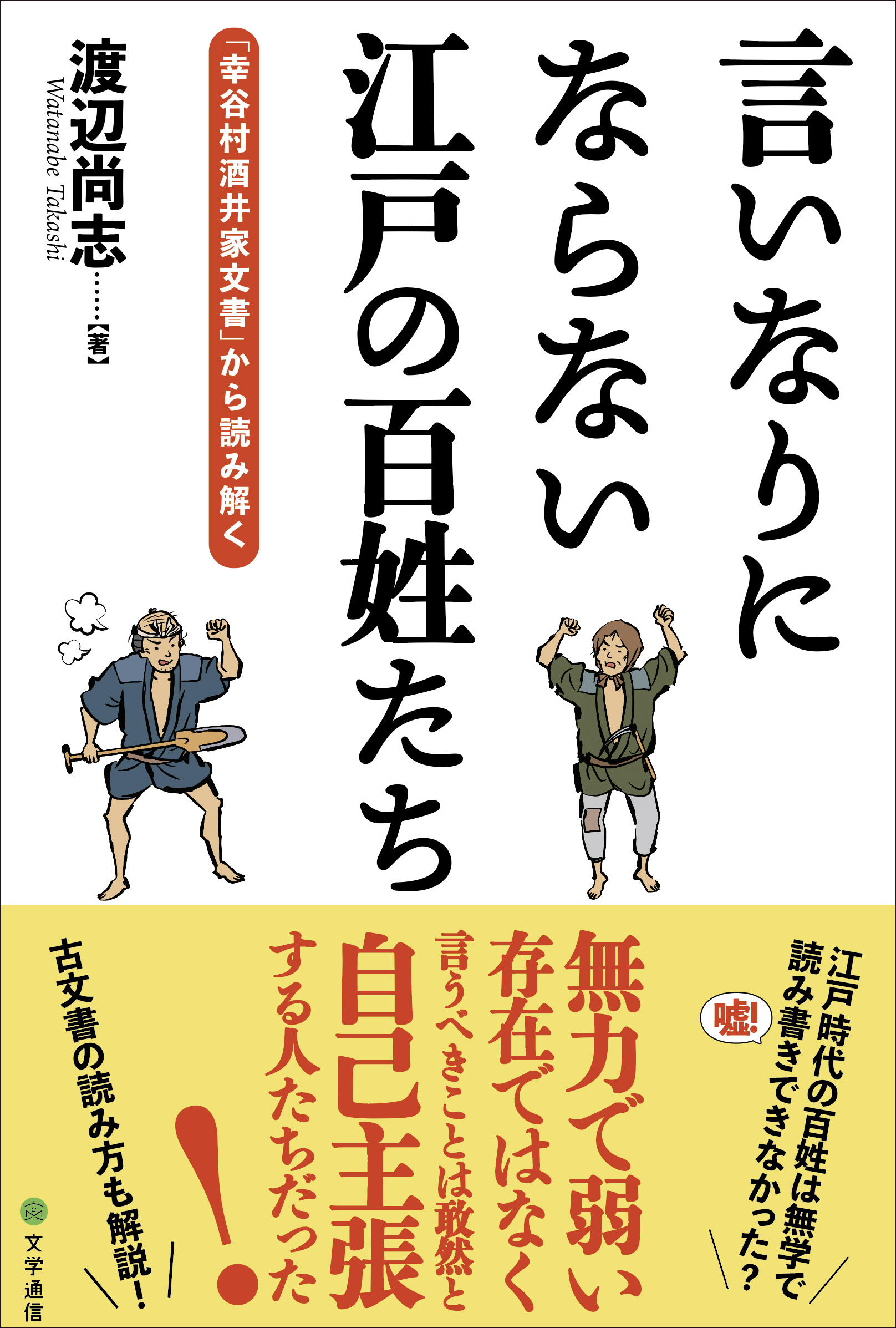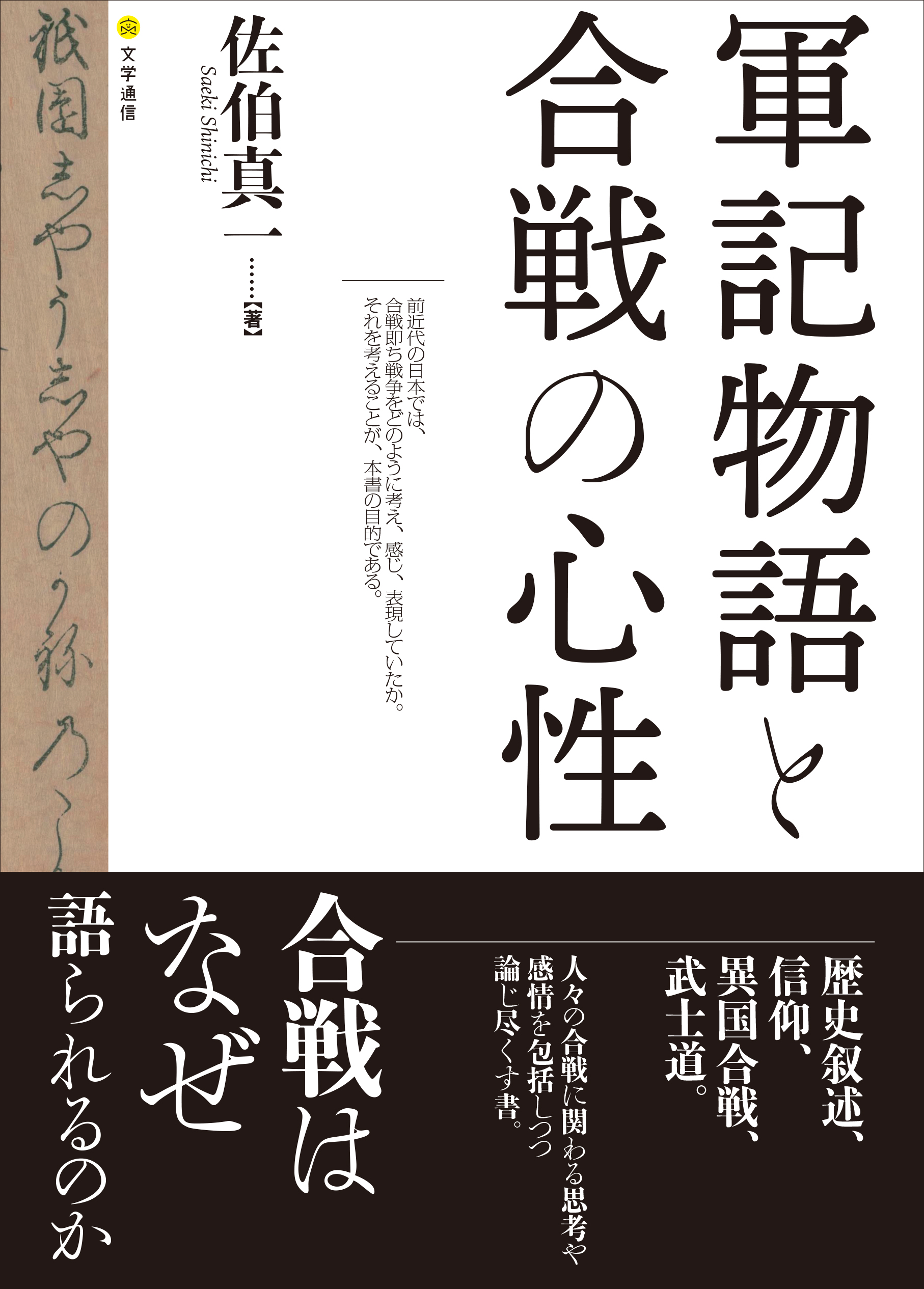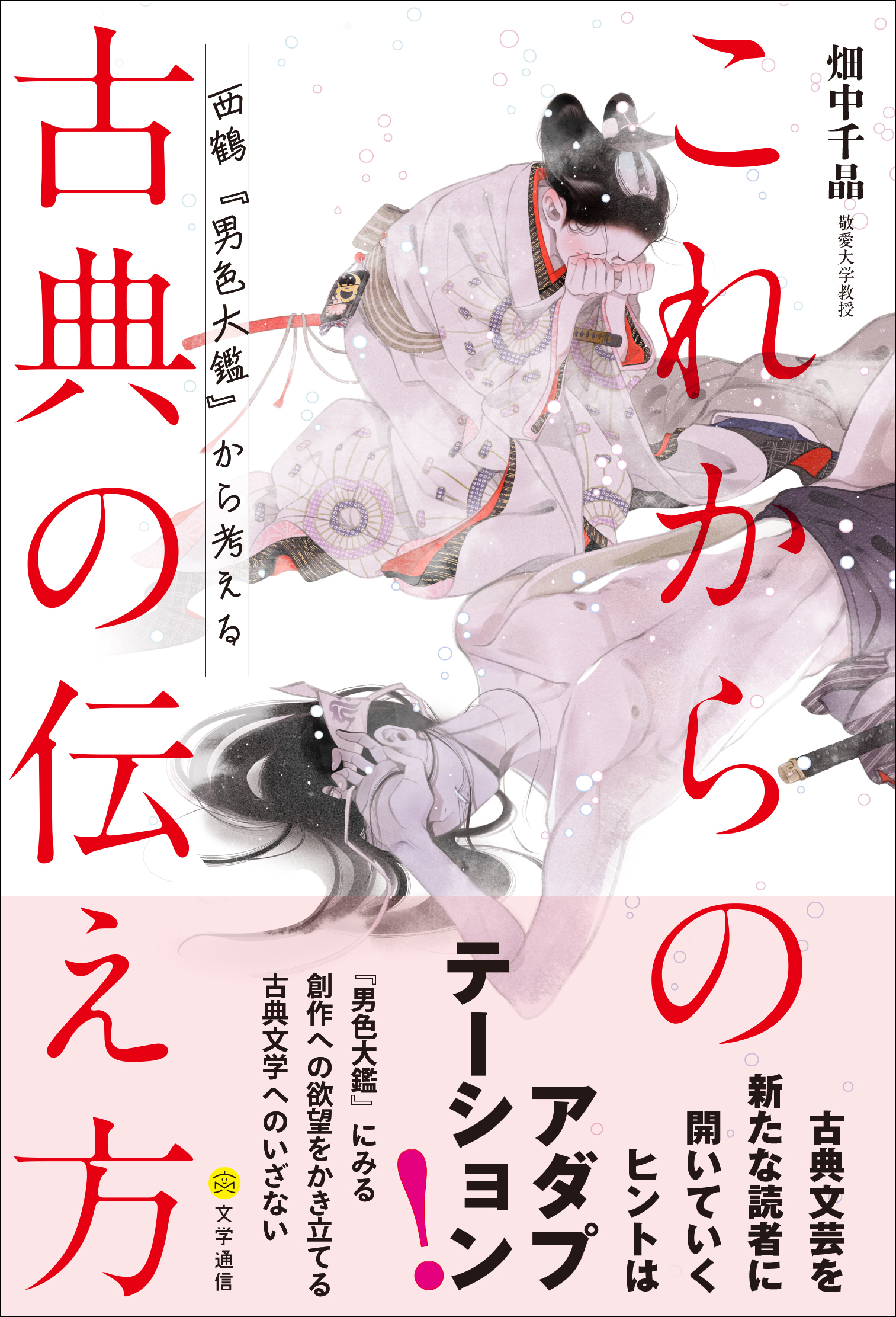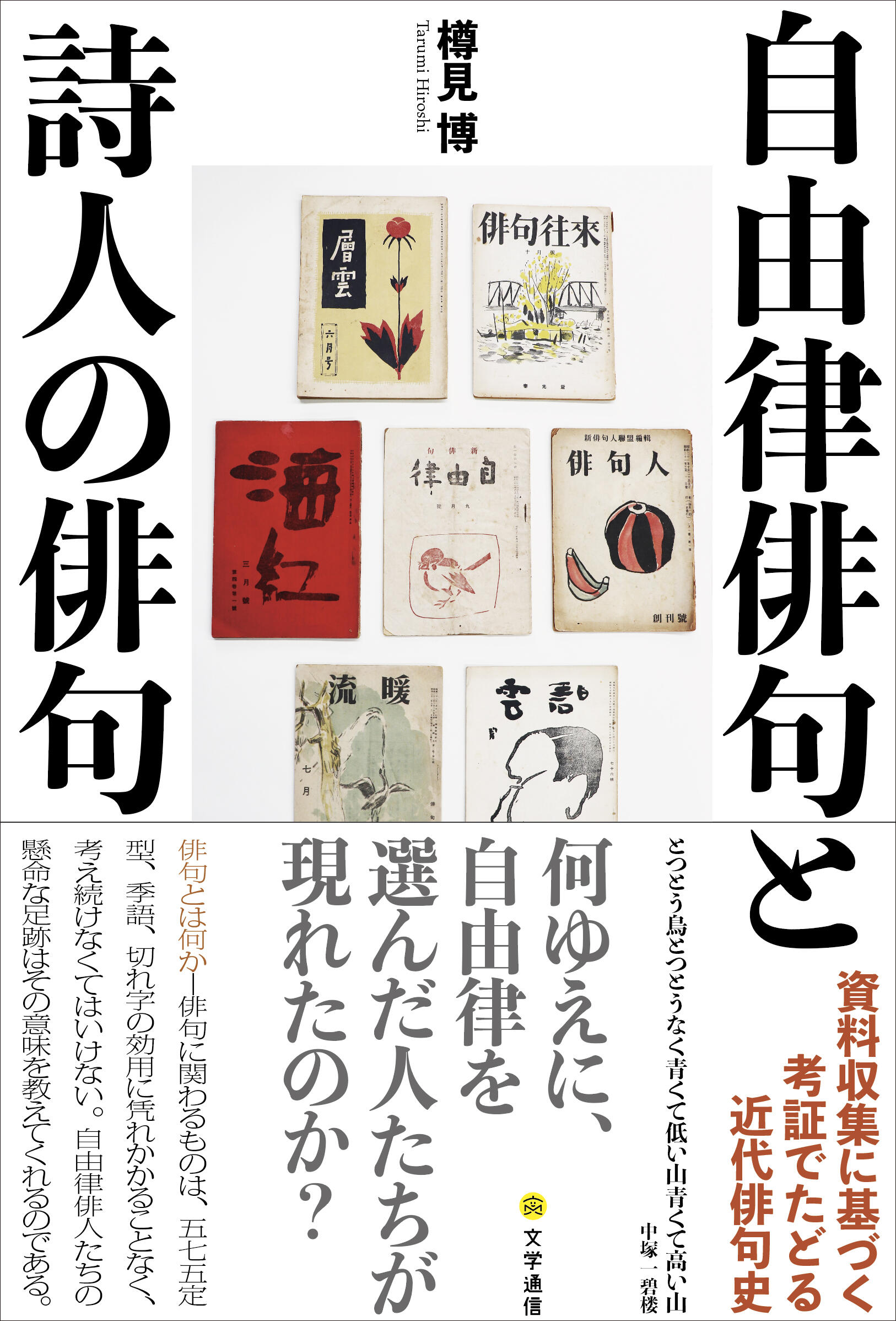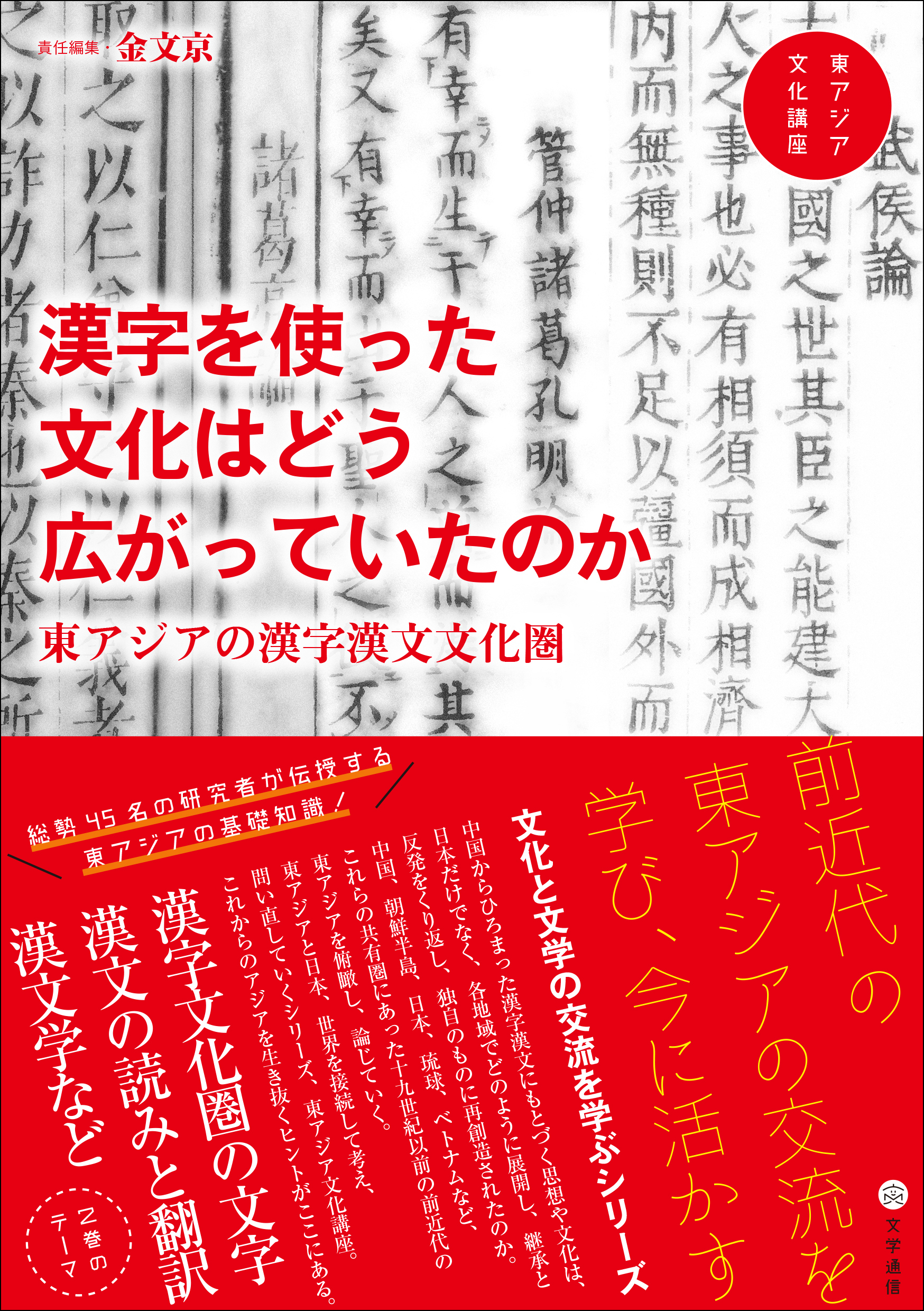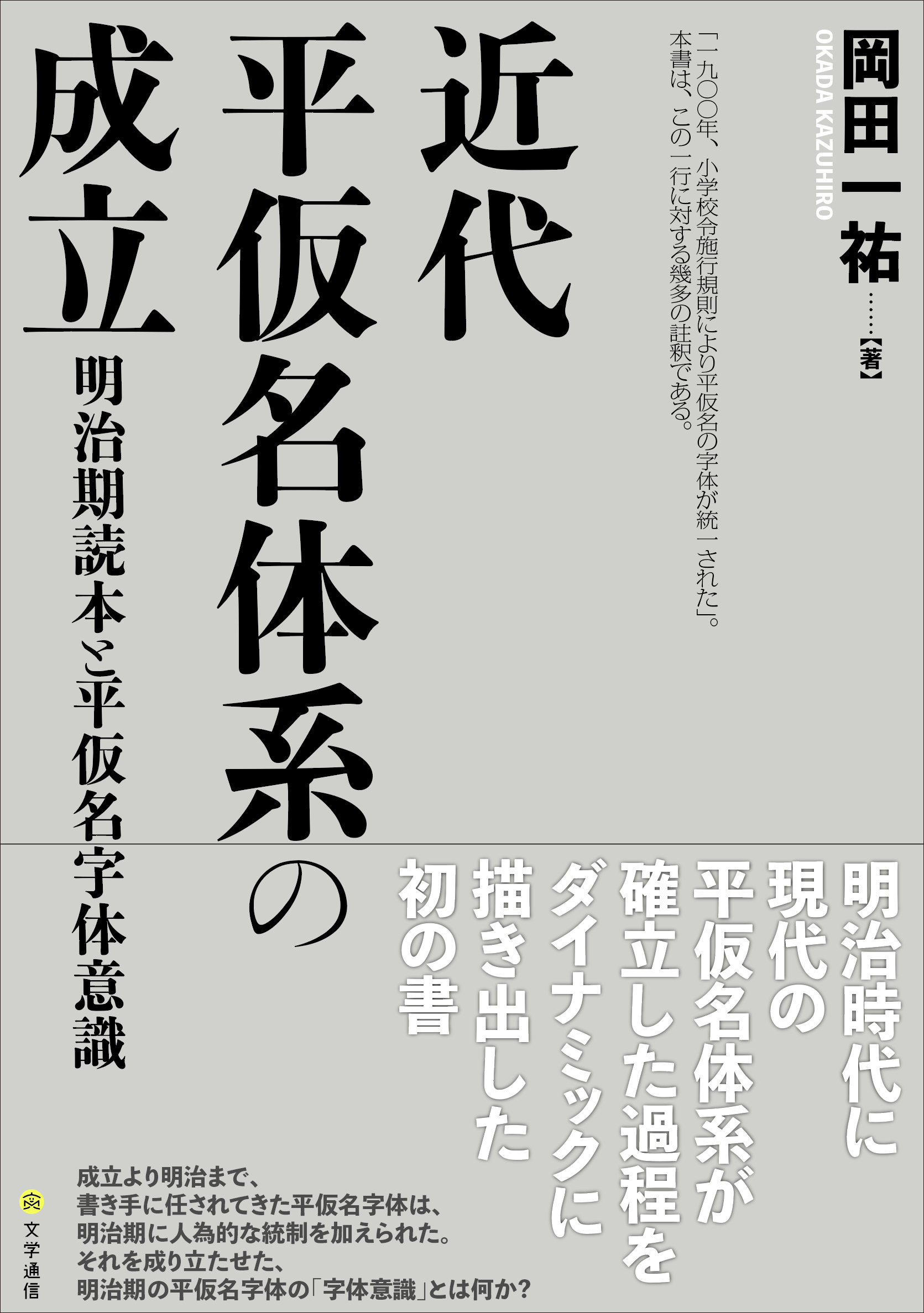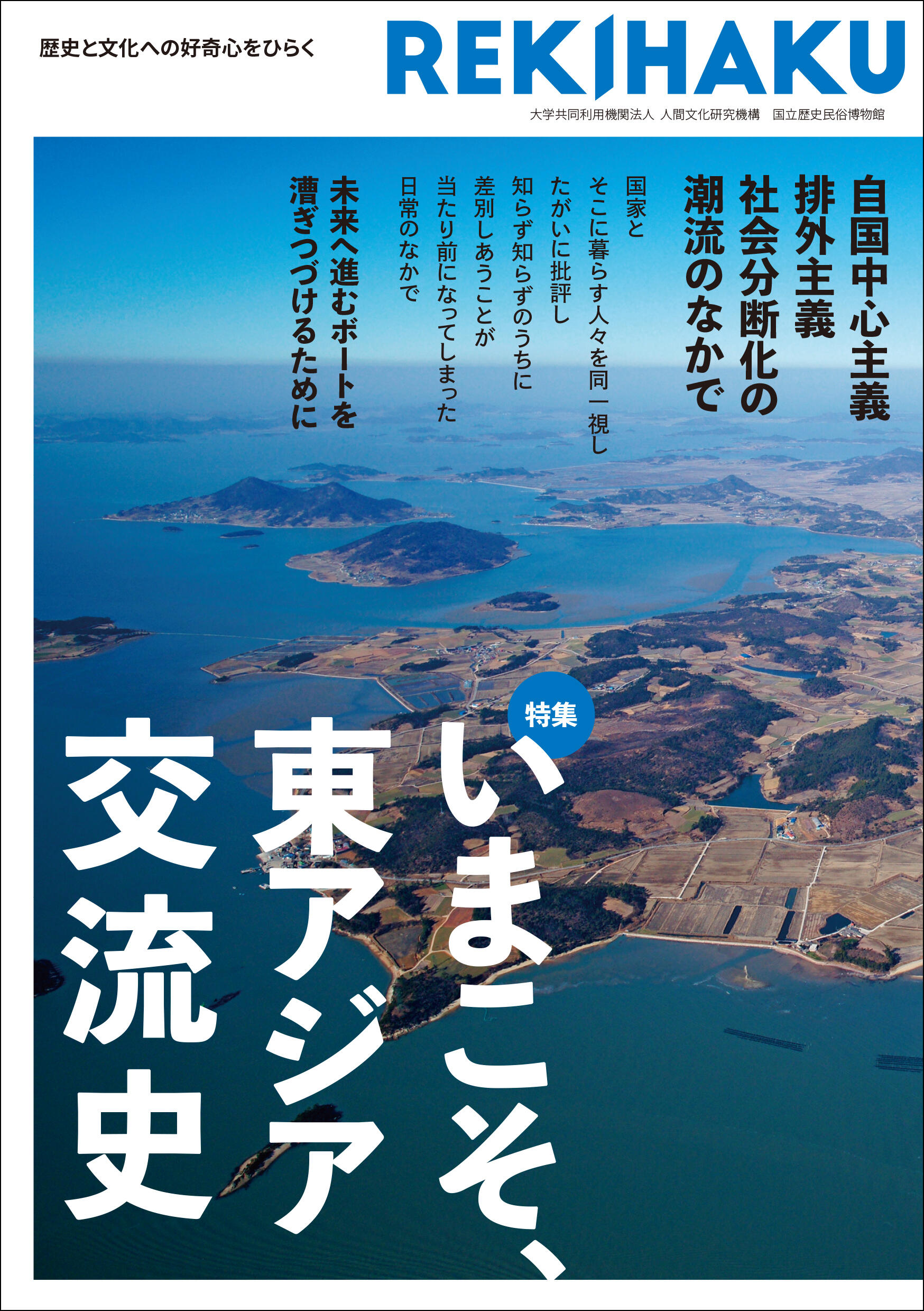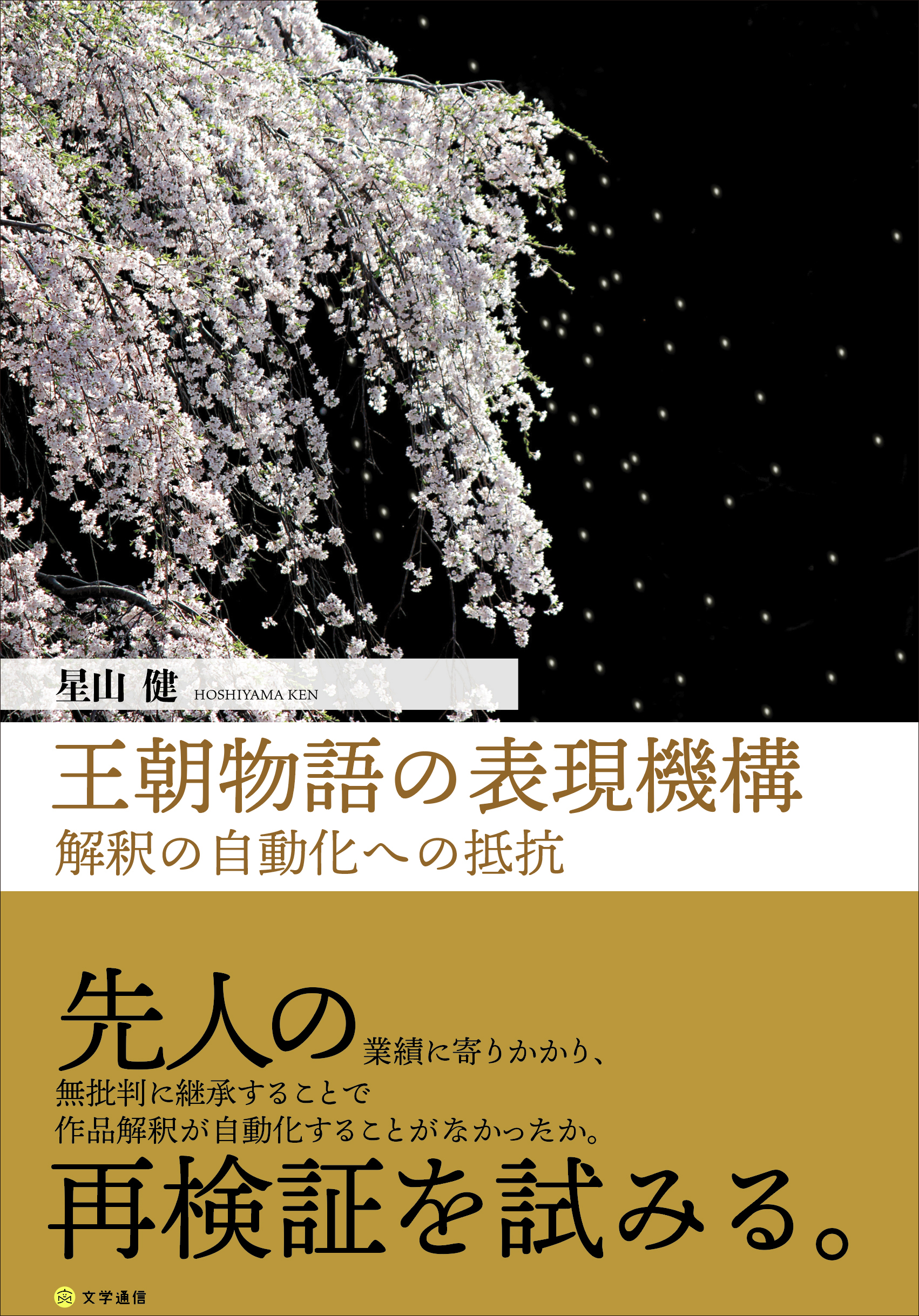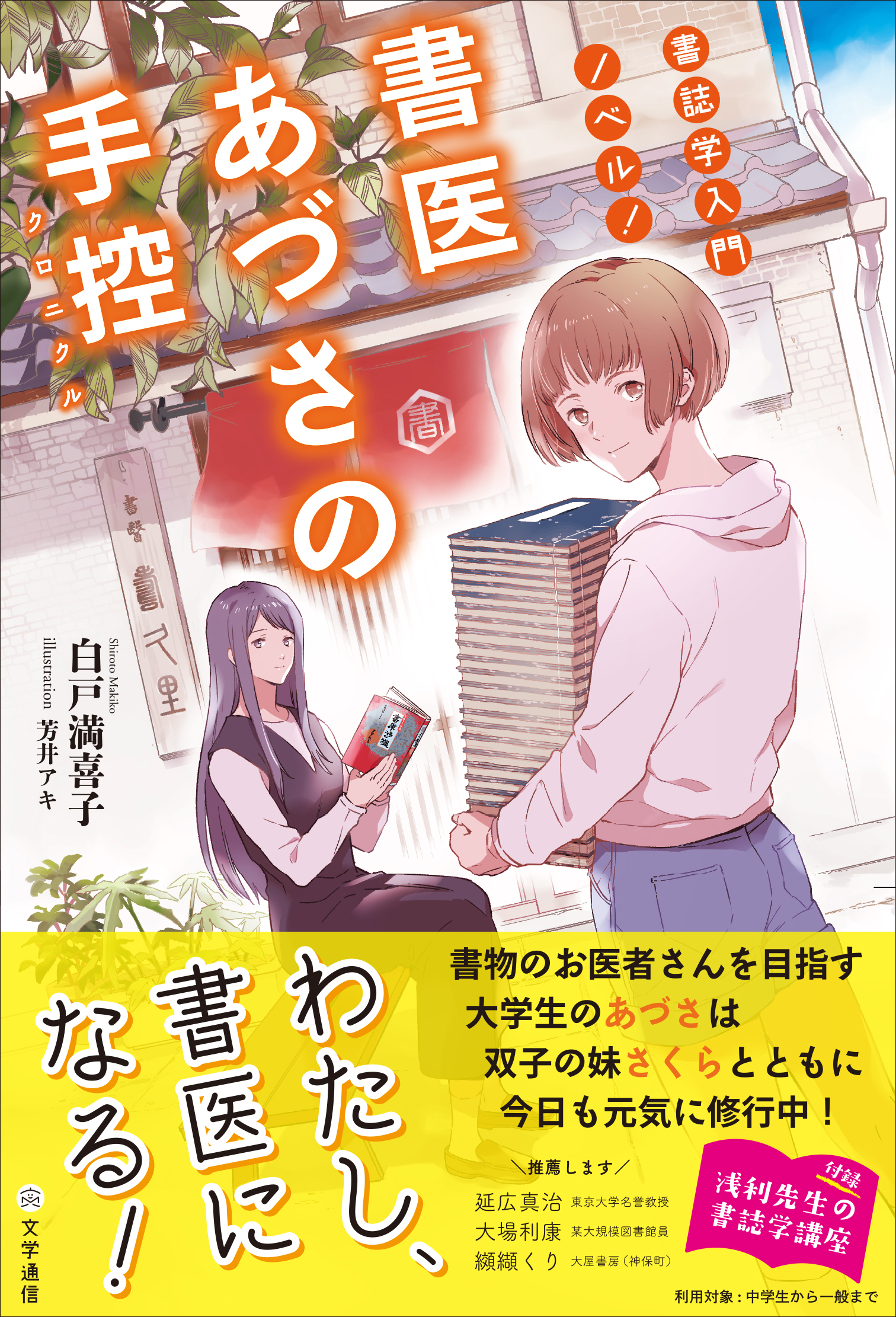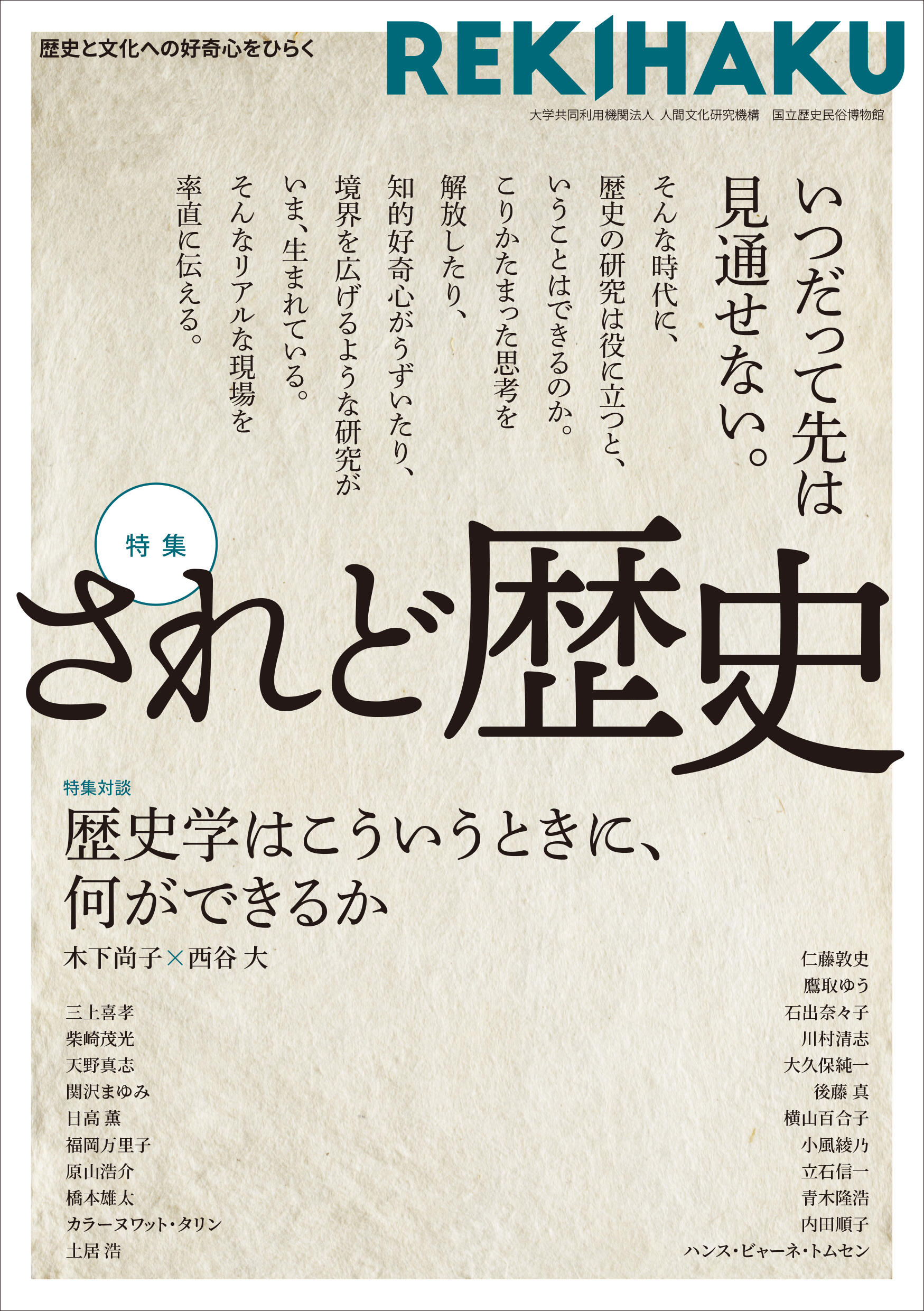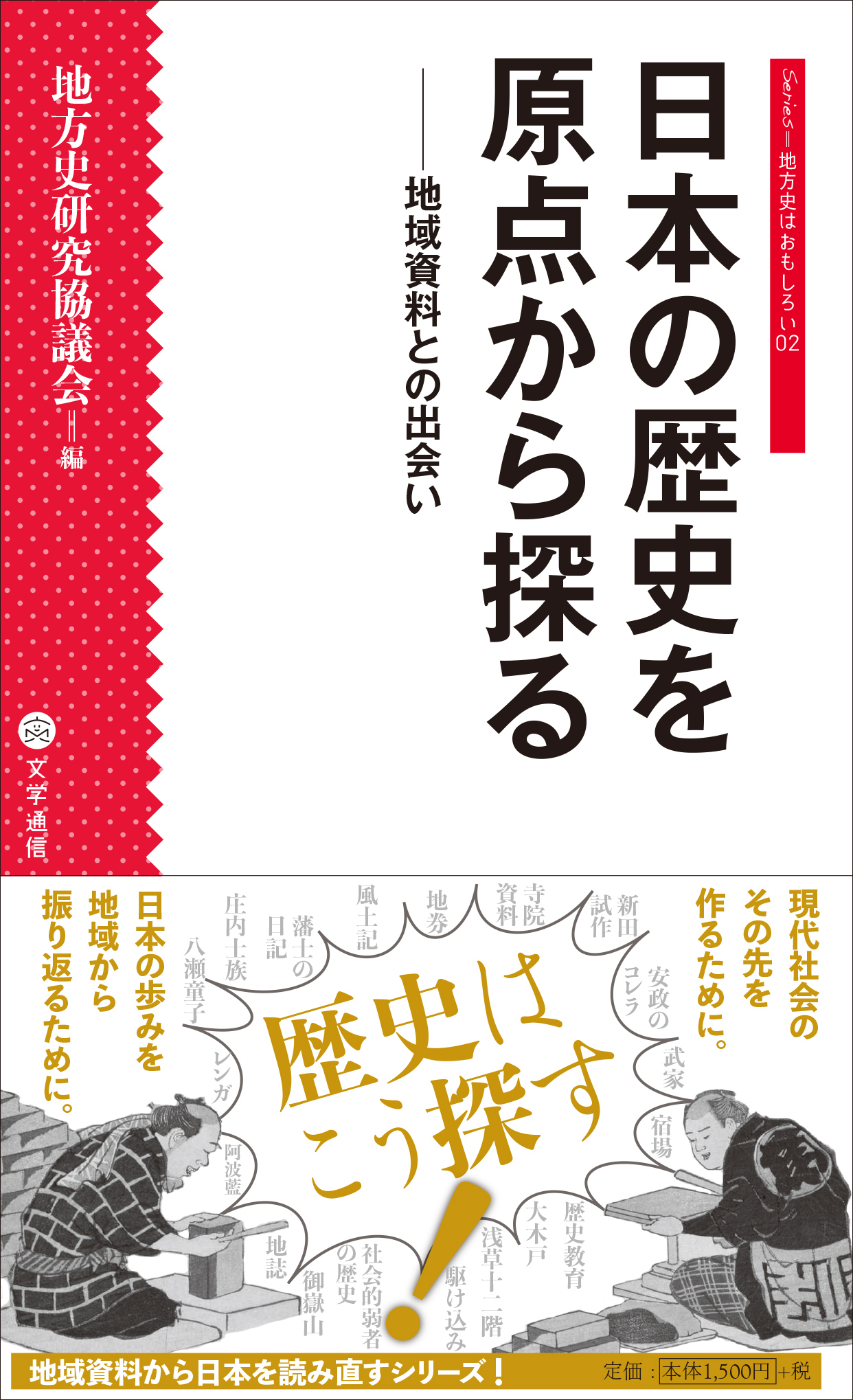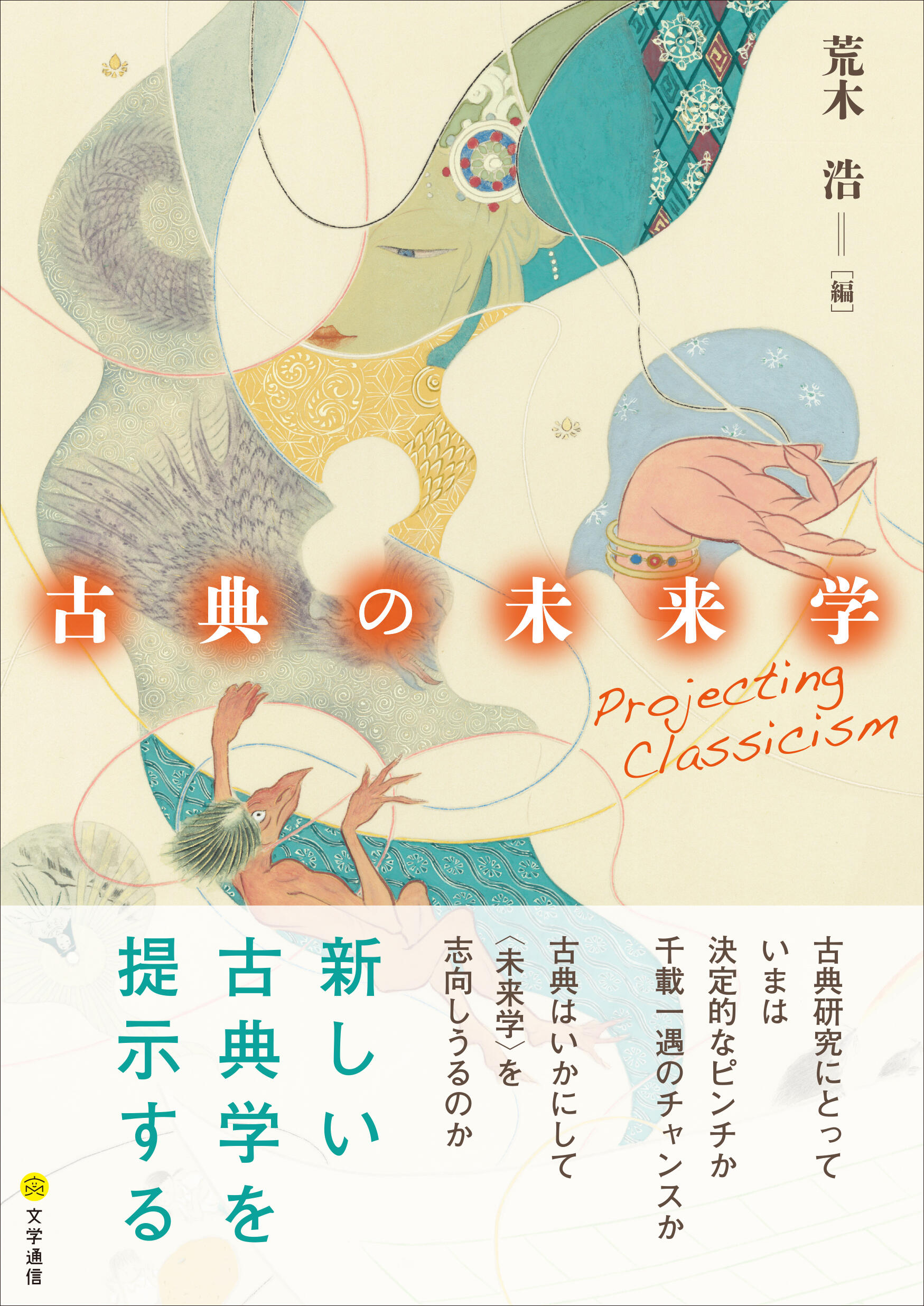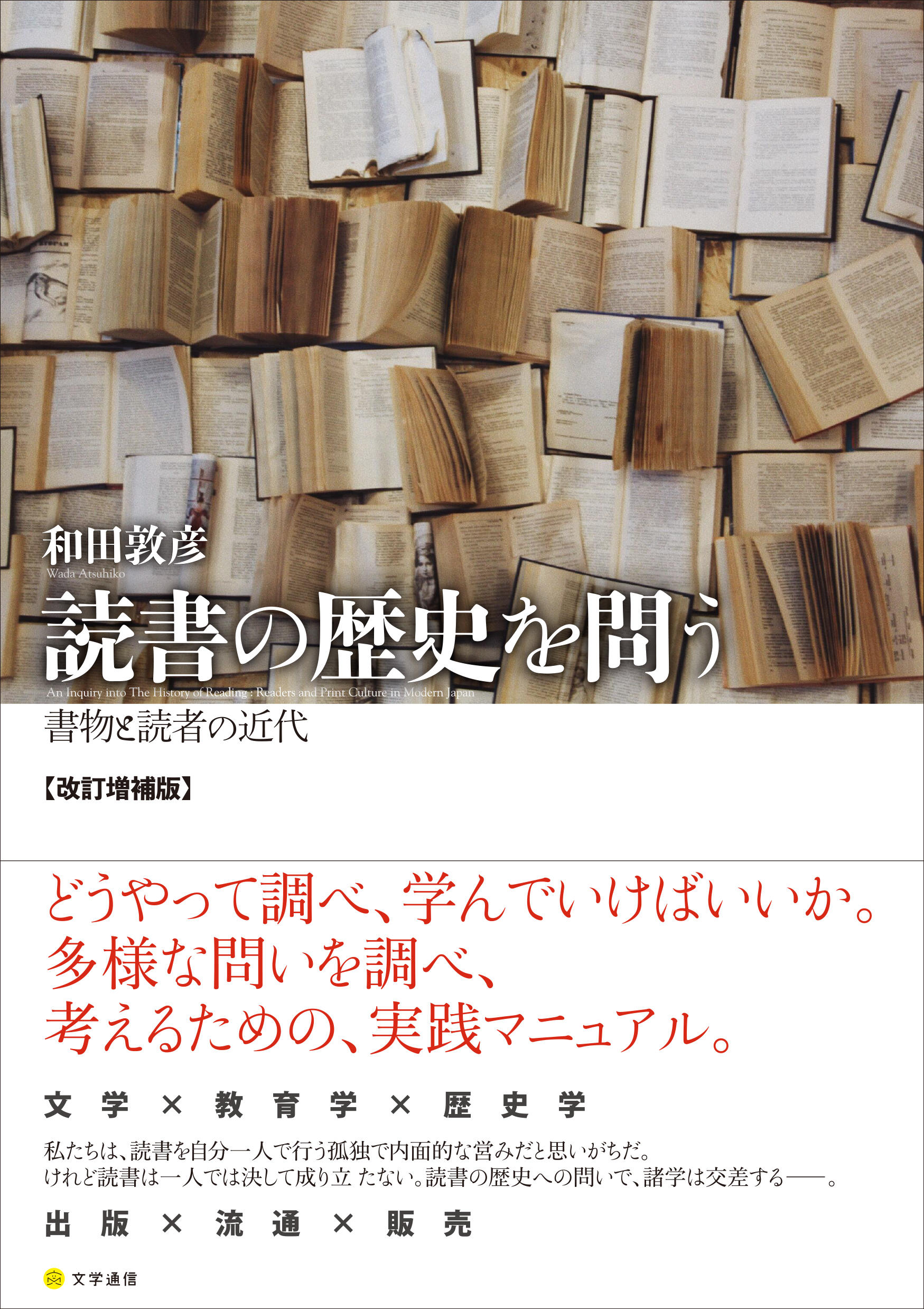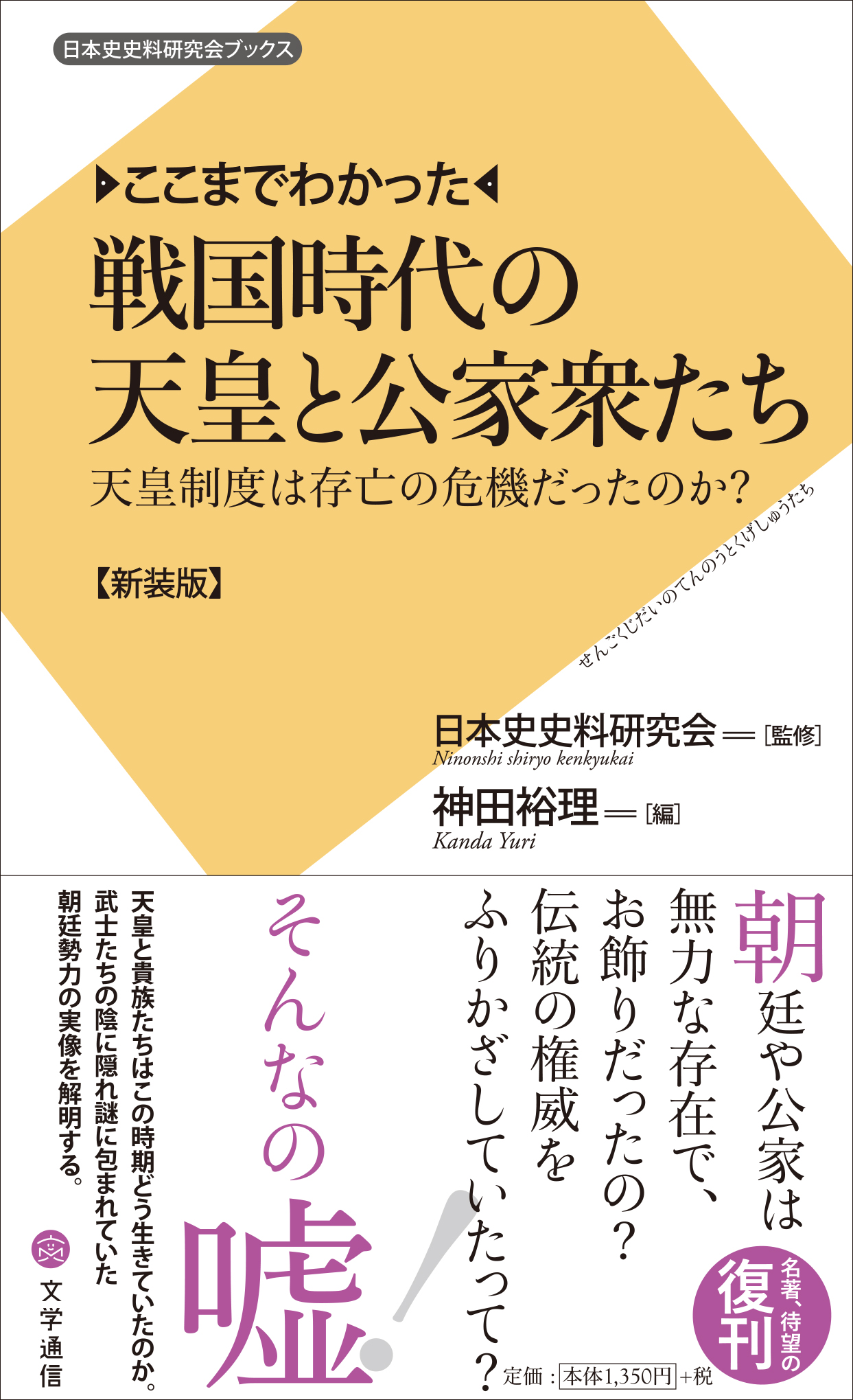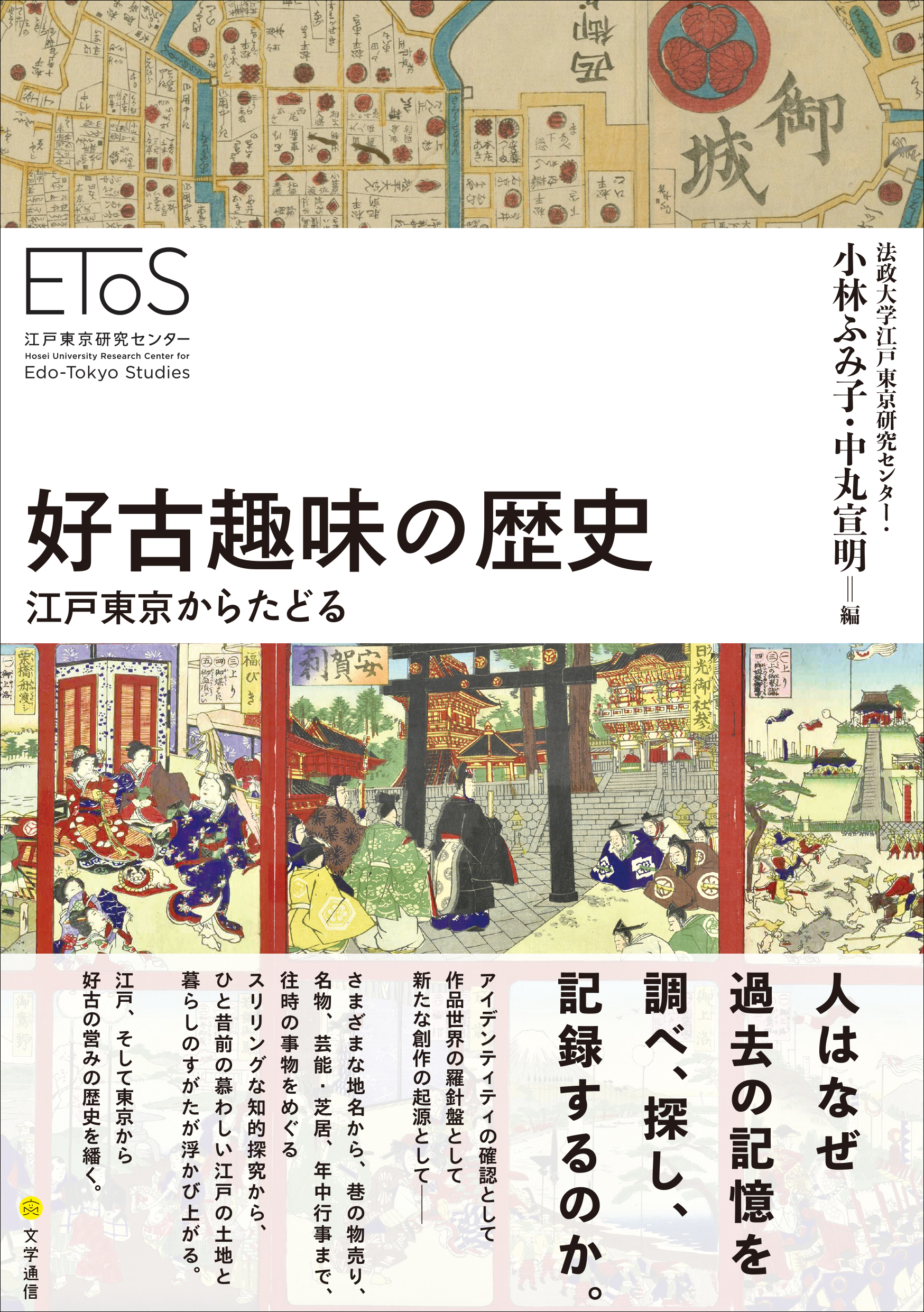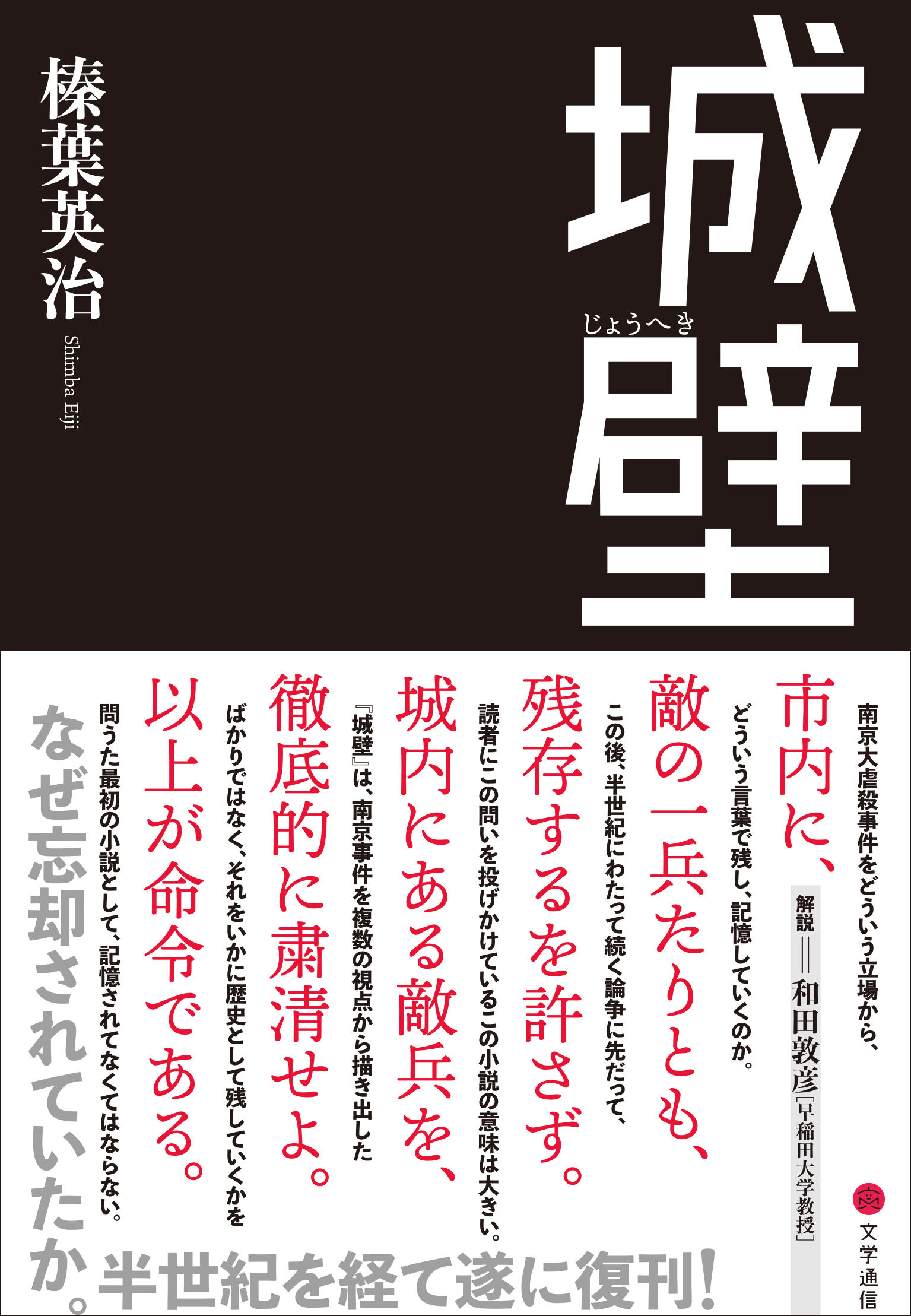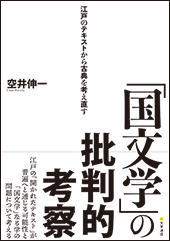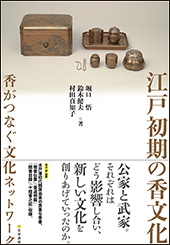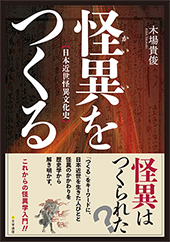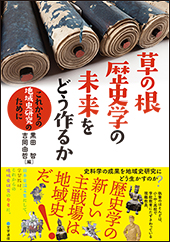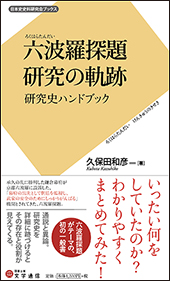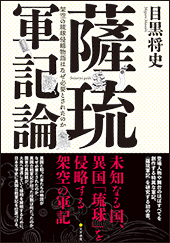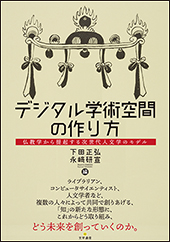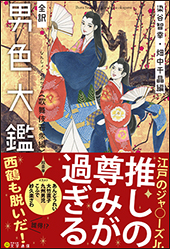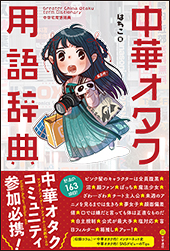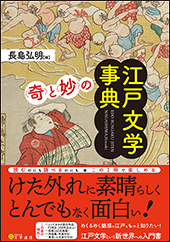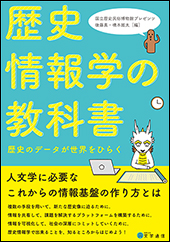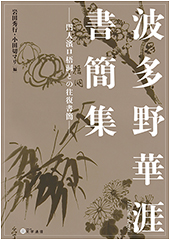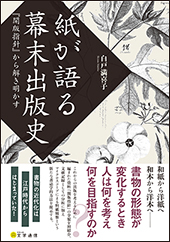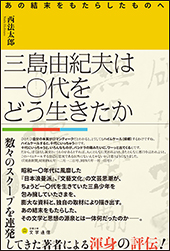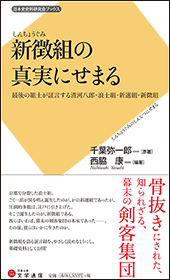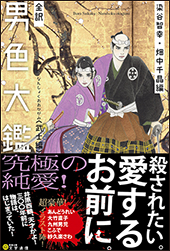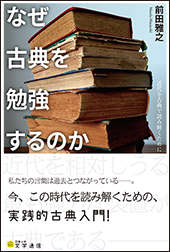Chapter 10 Specialized Knowledge and the Preservation of Historical Documents / ICHIZAWA Tetsu (Kobe University)
Download PDF
Chapter 10
Specialized Knowledge and the Preservation of Historical Documents
ICHIZAWA Tetsu (Kobe University)
The following is an abridged version of the Japanese chapter by the same author in this volume.
Introduction
In this chapter, we will re-examine three topics that have been discussed throughout this volume: knowledge, methods, and activities for the conservation of historical documents in the event of a disaster. We will discuss these topics while keeping in mind the problems surrounding the role of specialized knowledge in modern society. Historical preservation activities bear fruit when specialists and non-specialists combine their skills together, so I would like to consider the potential that knowledge, methods, and activities might have for dealing with these larger problems.
1. The Present State of Expertise
TAKEKURA Fumito's Dogu o yomu―130 nenkan tokarenakatta Jomon shinwa no nazo was awarded the prestigious Suntory Prize for Social Sciences and Humanities in 2021, the same year it was published.Notes1 The debate that surrounded TAKEKURA's book is a noteworthy commentary on the standing of "specialized knowledge" in modern society. The problems of the book have already been discussed from several perspectives in Dogu o yomu wo yomu, but here I would like to review the issues raised by this book that relate to the topics of this chapter.Notes2
As it is well known, TAKEKURA, who is not a specialist in archaeology, presents his own views in Dogu o yomu, and his work was not received well at all by archaeologists. As explained by SUGA Yutaka in Dogu o yomu wo yomu, Dogu o yomu mainly summarizes TAKEKURA Fumito's interpretation of dogu. Beyond its main arguments, however, the book was perceived as a critique of specialists.Notes3
As SUGA points out, this point is well illustrated in an interview published in The Asahi Shimbun GLOBE+ under the title "Dogu o yomu no ura theme wa senmonchi e no gimon 'shiroto' to yayu suru fucho ni kikikan".Notes4 As implied by the title, TAKEKURA's Dogu o yomu is appraised as a book that raises doubts about specialized knowledge and criticizes those who disregard "amateurs."
In the interview, author TAKEKURA says the following:
Actually, the reason I decided to write Dogu o yomu like this was the distrust toward expertise that came out of the 3.11 nuclear disaster.
No matter how many times the local citizens pointed out the dangers of nuclear power, experts treated their concerns as "amateur opinions" and did not take them seriously. Nevertheless, the nuclear power plant that we had been told was absolutely safe had a meltdown before our eyes.
Without a doubt, specialists are necessary, but instead of being condensed into practical knowledge that can improve our lives, their expertise is locked away and monopolized as a vested interest. This way of handling specialized knowledge continues in various fields.
So how can we transform specialized knowledge into a more practical knowledge? The answer is to make it available to the public through liberal arts education and networking. I hope movement in that direction accelerates going forward.
TAKEKURA criticizes the closed and privileged nature of specialized knowledge, but this kind of criticism is certainly nothing new. One could say that it is a variation of the "absent-minded professor" trope that has often been made about specialists. Regarding the issue of the nuclear power plant in Fukushima, while TAKEKURA claims that specialists ignored citizens' opinions and set up a power plant in a high-risk location, he himself completely ignores the fact that there were also specialists who argued that it was dangerous.Notes5 The fact that the media has made such a big deal about this unoriginal, clumsy argument shows just how strong our society's negative opinion of specialists has become.
Also in the GLOBE+ interview, Nakajima Takeshi says the following:
Archaeology cannot be the only way that we approach our thinking about antiquity. I believe many possibilities will open for us if we confront antiquity with the collective wisdom of philosophy, anthropology, and other disciplines. I think it is important to use this kind of approach to antiquity when we think about the Jomon period today.
Nakajima's opinion that we should study the Jomon period not only through archaeology, but also by marshalling the wisdom of other fields, is completely respectable. However, it is also an interesting phenomenon that this respectable opinion is tied in with a theory that so clumsily criticizes specialists.
2. Expertise and Daily Life
Moving on, let us consider the actual task of preserving historical records. Even in this field, there are problems related to specialized knowledge.
For example, there is the "Okuri-ie Project," in which volunteers clean out homes that are abandoned or will be abandoned, and hand them over to new residents. In an interview with YAMADA Noriko, the leader of the project, I heard the following story.Notes6 While cleaning out the former residents' belongings at one old house, they found a large number of old documents. The volunteers could not handle it, so they called a researcher to the site. The researcher said they would need to conduct an examination and asked the volunteers not to touch anything. However, the researcher's examination did not progress quickly, delaying the volunteers' work at the house. The researcher's schedule and the lives of the townspeople who were cleaning out the house did not align.
In a similar vein, psychologist TOHATA Kaito has cautioned that while mental disorders are determined to be illnesses and given proper medical treatment by specialists, these are problems that originally would have been addressed in people's daily lives but have been turned into a medical problem.Notes7 TOHATA's argument that there is a negative side to specialized knowledge and that specialists cannot operate effectively without worldly wisdom, is similar to the point made in the interview mentioned above.
The activities of ANDO Ryoko and others in the Suetsugi district of Iwaki City, Fukushima Prefecture, are also very helpful in considering the relationship between daily life and specialized knowledge.Notes8 Amidst anxiety over the amount of radiation from the Fukushima nuclear power plant meltdown, specialists presented various safety standards based on their own theories, and authorities repealed safety standards without satisfactory explanation. This all caused confusion in the region and conflict of opinion among residents intensified. Naturally, distrust toward specialists also increased. As their livelihoods were shaken, ANDO took action to restore residents' confidence in their local environment by helping them to measure radiation levels themselves. This project has been supported by specialists who have been involved consistently and provide expert advice based on the measured values. The project of ANDO and her colleagues was to restore trust in the local environment--including healthy relationships among the local people--and their work is a rare example of connecting specialized knowledge to our daily lives.
With these examples in mind, let us once again consider those three topics discussed throughout this book: knowledge, methods, and activities.
3. The Aim of Activities for the Preservation of Historical Materials
The three topics discussed throughout this book (knowledge, methods, and activities) are characterized by the fact that they have been developed through the actual rescue of historical materials and restoration of damaged materials during disasters in collaboration with various actors, including local citizens. In such a setting, specialists inevitably share their expertise and reconcile problems of daily life with specialized knowledge.
So, what kinds of methods, based on what kinds of assumptions, should be used to realize this "reconciliation"? Let us broaden our perspective a little. A 2022 book entitled "Senmonka" to wa dare ka grapples with this question head-on.Notes9
The book works with the premise that there is a certain inflexibility of specialized knowledge. OKI Sayaka, for example, discusses how experts are called upon to give their opinions in a "hybrid forum" (Michel Caron), where a wide variety of topics intersect, including science, technology, society, politics, economy, and government regulations. The experts who are summoned to these forums are asked to answer questions outside their own fields of expertise. The specific issues are often interdisciplinary, and there are often strict time constraints on their answers.Notes10
KAMISATO Tatsuhiro describes parliamentary briefings in which the government consults a council of experts as an oppressive "yoke." Some of the questions asked in these briefings cannot be answered by the research available at the time. However, the council members cannot fulfill their role by answering, "We don't know." As a result, they give the best assessment they can and the government then cherry-picks what it deems convenient from the council's report, which is limited to begin with. The constraints of these rules are like a heavy yoke on the shoulders of the council members. Kamisato further asserts that behind this "yoke" is a system in which "one part of the administrative structure, the secretariat, sets the agenda for the council, gathers the experts, and manages the council under secretariat leadership."Notes11
So, what steps ought to be taken to apply specialized knowledge, which is inherently narrow, to real-world problems? On this question, the articles in "Senmonka" to wa dare ka make the following points.
The first is that actors other than specialists in a narrow field should also be involved in discussions to resolve a problem. In his proposed solution to the "yoke" problem mentioned above, Kamisato draws on the work of Erik Millstone and suggests that before a council is formed to assess risk, there should be a "social framing" stage in which there is discussion about what exactly specialists will be asked to assess, what range of specialists ought to be invited (for example, specialists not only in the natural sciences, but in the humanities and social sciences, as well as citizen representatives from local communities), and how much time will be allotted for the council to prepare answers.
SUGA Yutaka also argues for the importance of such a forum for specialists and non-specialists (which includes specialists in other fields) in his call for knowledge governance. According to SUGA, knowledge governance is the ideal "quality control" of knowledge, "a networking of specialists and non-specialists to perform quality control of knowledge from multiple perspectives, and to understand the multifaceted nature of one another's knowledge."Notes12
In the case of the preservation of historical materials, there are various actors involved besides the owners and researchers. In Link, a periodical published by the Kobe University Community Outreach Center, we have conducted a series of interviews with individuals who are not historical researchers but are involved with historical documents or with the retelling of history through popular media, christening them "neighbors of historical research." We have heard from people such as a house clearance agent,Notes13 an antiquarian bookstore owner,Notes14 an editor of history books aimed at the general public,Notes15 a representative of the "Okuri-ie Project" discussed above,Notes16 and a newspaper reporter.Notes17 In these conversations, it became clear to us that researchers are only one of the many actors who handle historical materials.
The second point is a focus on the role of facilitators who connect specialists and society.Notes18 The SMS (Science Media Centre), which facilitates the distribution of information between the mass media and researchers in science and technology fields, was established as an organization to play such a mediating role.Notes19 In addition, there is a need for "cultural translators" who can communicate what is happening in other fields and link specialists with other specialists.Notes20
The third point is the encouragement of research that involves participation in the subject. Rather than separating themselves as observers looking at a subject "objectively," researchers ought to become involved with the subject and transform themselves through their research.Notes21 This way of doing research has a lot in common with the participatory development theory advocated by NAKAMURA Hisashi, in which "outsiders" participate alongside locals in a regional development project, and through this process become personally vested in the project.Notes22
The above problems concerning specialized knowledge (the gap between the range of knowledge possessed by experts and the answers sought from them) and the prescriptions for these problems ([1] participation of diverse actors, [2] mediation between specialists and society, and among specialists, and [3] research that involves the researcher with the subject) are also applicable to the rescue and preservation of historical materials. Rescue and preservation cannot be realized without the collaboration of various actors, and researchers in the field must be in a position to connect their expertise with society. At the same time, historical document specialists, conservation scientists, government officials, and experts involved in disaster recovery and reconstruction need to work toward mutual understanding. And finally, without a deep commitment to the people and places that have preserved and passed on the materials, it would be impossible to fully convey the meaning of these materials to future generations.
The knowledge, methods, and activities involved in the rescue and preservation of historical materials are deeply related to the problems surrounding specialized knowledge and have meaning as a practical way to overcome those problems. The knowledge, methods, and activities were born through experience in the field and refined through a reflective cycle with each new project. I think this process itself is a working example of the three prescriptions described above.
Conclusion
In this chapter, we have re-evaluated the meaning of the methods, knowledge, and activities in the preservation of historical materials by looking at problems relating to expertise. Returning to the topic of historical materials as a matter of historical research and study, we must of course also mention the issue of public history.
According to OKAMOTO Michihiro, public history is a somewhat ambiguous term, but "We can basically divide it into two categories: 'history to the public' and 'history in the public.'" The former refers to history as it is presented at museums and other institutions that educate the public, as well as archaeological sites and artifacts, novels, films, comic books, and other media produced by specialists. In contrast, the latter refers to history based on customs, oral traditions, and memories created by ordinary people, and was formerly outside the scope of professional research. Rather than thinking of these two categories as being in opposition to one another, healthy debates among scholars tend to emphasize their interdependence.Notes23
One can argue that the preservation of historical materials is an activity that is both to the public and in the public. Moreover, if we consider the fact that it fosters collaboration between various kinds of actors in addition to specialists, we might say that the preservation of historical materials is an activity in which people with various skills and interests related to historical documents work together and create a new public space--to adapt OKAMOTO's theme, they make the public.Notes24
In modern society, anyone can freely communicate about history to the world. We often see discourse in which a person's desires masquerade as history. Conspiracy theorists claim that experts know the truth but are covering it up. In such times, a public space where people, including experts, can work together toward the goal of preserving documents that communicate history, and exchange opinions about how to rescue and restore such documents, is extremely important.
The knowledge, methods, and activities for rescuing historical materials are designed to achieve a specific objective. However, they also have value in that they connect the research of specialists with citizens and society. I hope that this point will be investigated more deeply in the future.
Notes
1 TAKEKURA Fumito, Dogu o yomu―130 nenkan tokarenakatta Jomon shinwa no nazo, Shobunsha, 2021.
2 Jomon ZINE, (ed.), Dogu o yomu wo yomu, Bungaku Tsushin, 2023.
3 SUGA Yutaka, "Chi no 'kanteinin'―Senmonchi hihan wa senmonchi hitei de atte wa naranai", Ibid.
4 The Asahi Shimbun GLOBE+ interview is available online at https://globe.asahi.com/article/14400149 (Accessed September 9, 2023).
5 SOEDA Takashi, Genpatsu to otsunami: Keikoku o homutta hitobito, Iwanami Shoten, 2014.
6 YAMADA Noriko et al., "Interview Series Rekishi kenkyu no rinjin-tachi Dai-nikai dai-sanbu: Ikkyu kenchikushi Yamada Noriko-san", Link, no. 13, 2021, pp. 52-83.
7 TOHATA Kaito, "Shakai kihyo", The Asahi Shimbun Morning Edition, June 6, 2021.
8 ANDO Ryoko, Umi o utsu―Fukushima, Hiroshima, Belarus ni te, Mizuho Shobo, 2019; ANDO Ryoko, Steve & Bonnie―Sabaku no Genshiryokumura in America, Shobunsha, 2022.
9 MURAKAMI Yoichiro, (ed.), "Senmonka" to wa dare ka, Shobunsha, 2022.
10 OKI Sayaka, "Kagaku to 'senmonka' o meguru sho-gainen no rekishi", Ibid.
11 KAMISATO Tatsuhiro, "Risk jidai ni okeru gyosei to senmonka―United Kingdom BSE mondai kara", Ibid.
12 SUGA, op. cit.
13 YAGI Akihito, et al., "Interview Series Rekishi kenkyu no rinjin-tachi Dai-ikkai: Ie-jimai adviser® Yagi Akihiko-san", Link, no. 11, 2019, pp. 63-88.
14 HARA Tomoko, et al., "Interview Series Rekishi kenkyu no rinjin-tachi Dai-sankai: Shoshi Hara Tomoko-san", Link, no. 14, 2022, pp. 64-96.
15 YAMAZAKI Hiroshi, et al., "Interview Series Rekishi kenkyu no rinjin-tachi Dai-nikai dai-ichibu: Shinsho henshusha Yamazaki Hiroshi-san", Link, no. 13, 2021, pp. 8-42.
16 YAMADA, op. cit.
17 This will be published as the fourth interview in the series in Link, no. 15 (Forthcoming).
18 KOBAYASHI Tadashi, "Shakai to kagaku o tsunagu atarashii 'senmonka'", MURAKAMI, op. cit.; SUZUKI Tetsuya, "Undo toshite no senmonchi", MURAKAMI, op. cit.
19 SEGAWA Shiro, "Journalists to senmonka wa kyodo dekiru ka", Ibid.
20 See KOBAYASHI, op. cit. In addition, FUJIGAKI Yuko draws on the European discussion of "Responsible Research and Innovation" (RRI), which advocates for collaboration among actors in society. She asserts that "meddling in neighboring fields and flexibility through exchanges are essential" for this. FUJIGAKI Yuko, "Tonari no ryoiki ni kuchi-dashi suru to iu koto", Ibid.
21 SUZUKI, op. cit.
22 NAKAMURA Hisashi, "Tojishasei no tankyu to sankagata kaihatsu―Sri Lanka ni miru daigaku no shakai koken katsudo", SAITO Fumihiko, ed., Sankagata kaihatsu―Mazushii hitobito ga shuyaku ni naru kaihatsu ni mukete, Nihon Hyoronsha, 2002.
23 OKAMOTO Michihiro, "Public history kenkyu josetsu", The bulletin of the Institute of Human Sciences, Toyo University, no. 22, 2020.
24 For more on this way of thinking about "public," see SAITO Junichi, Publicness, Iwanami Shoten, 2000.


